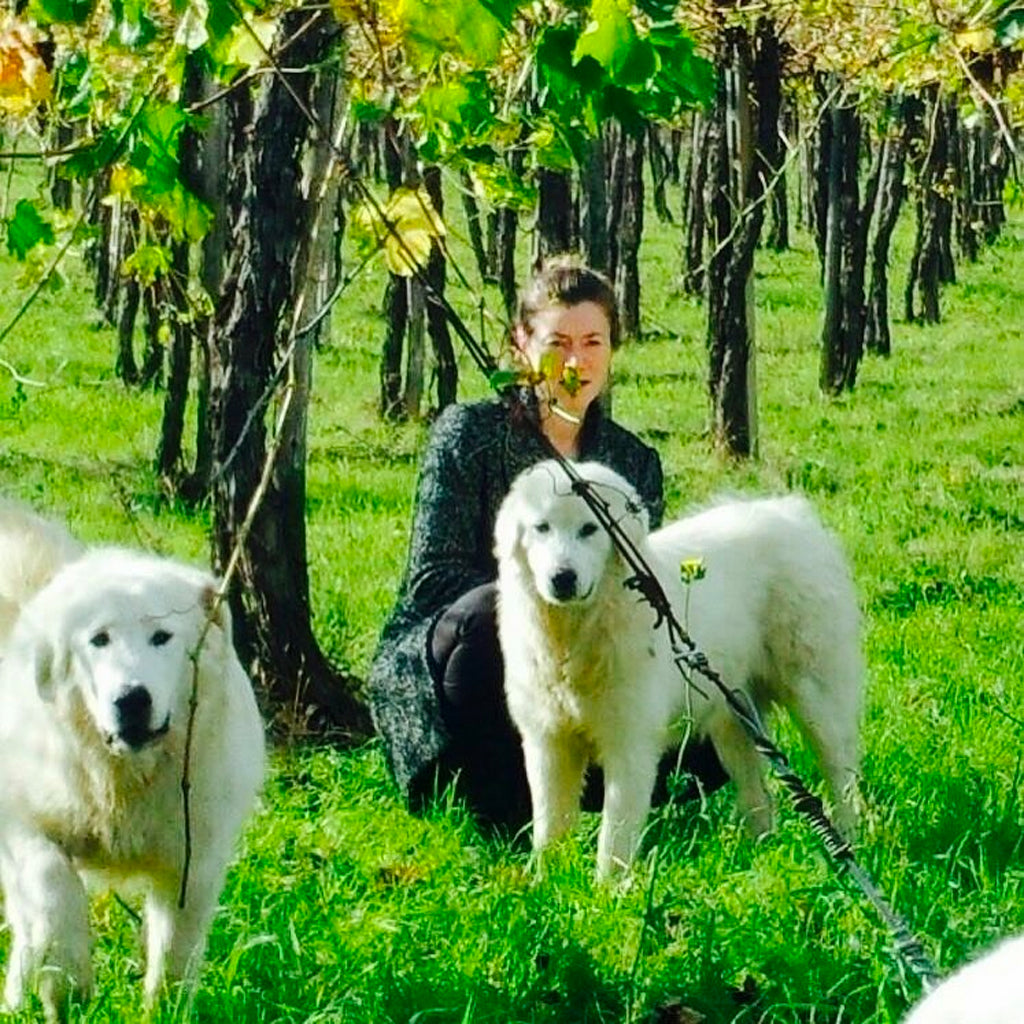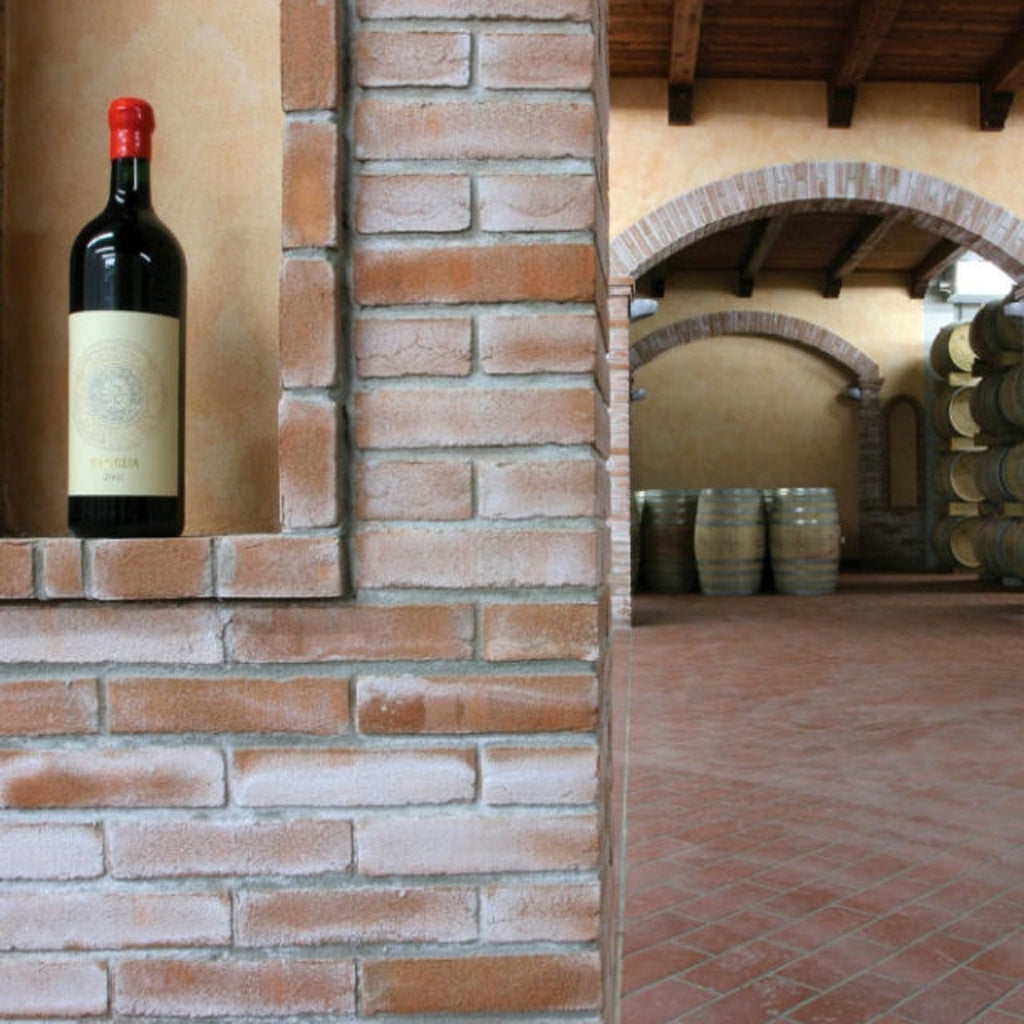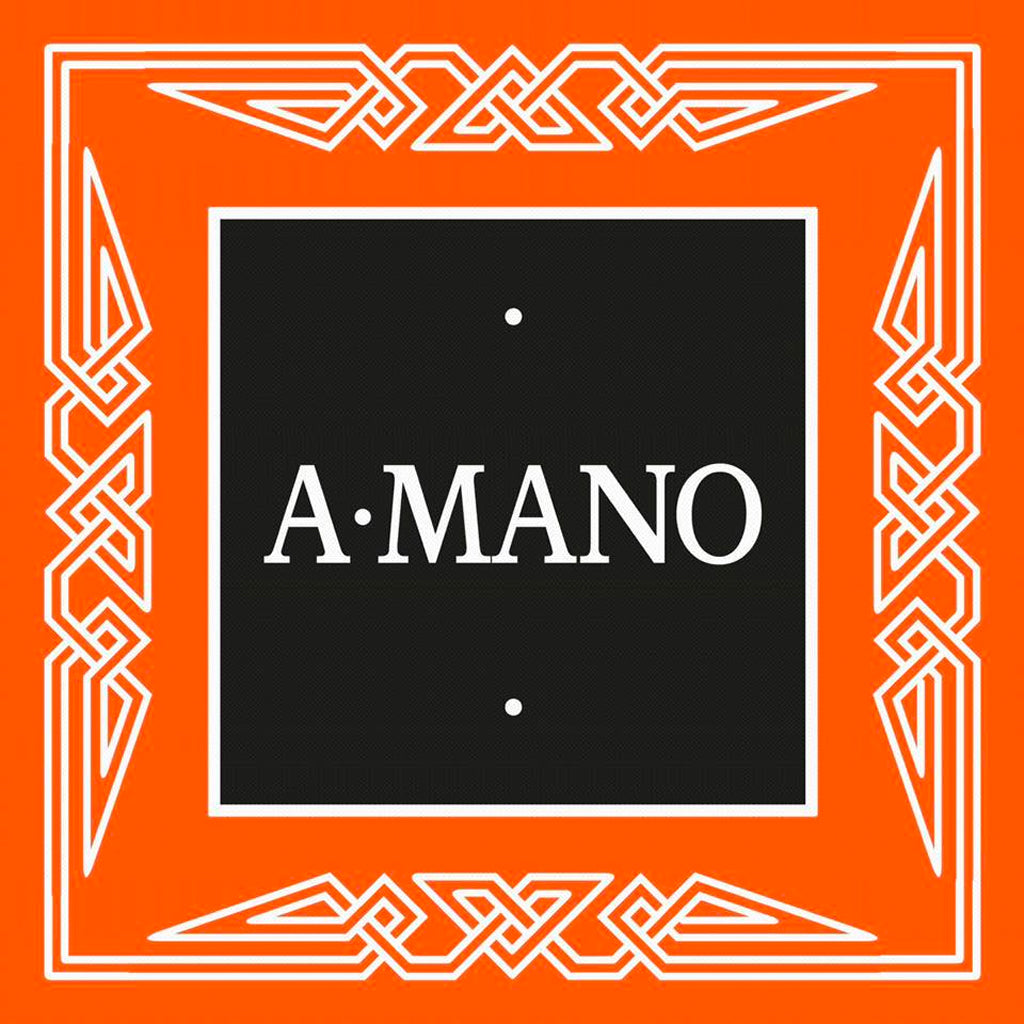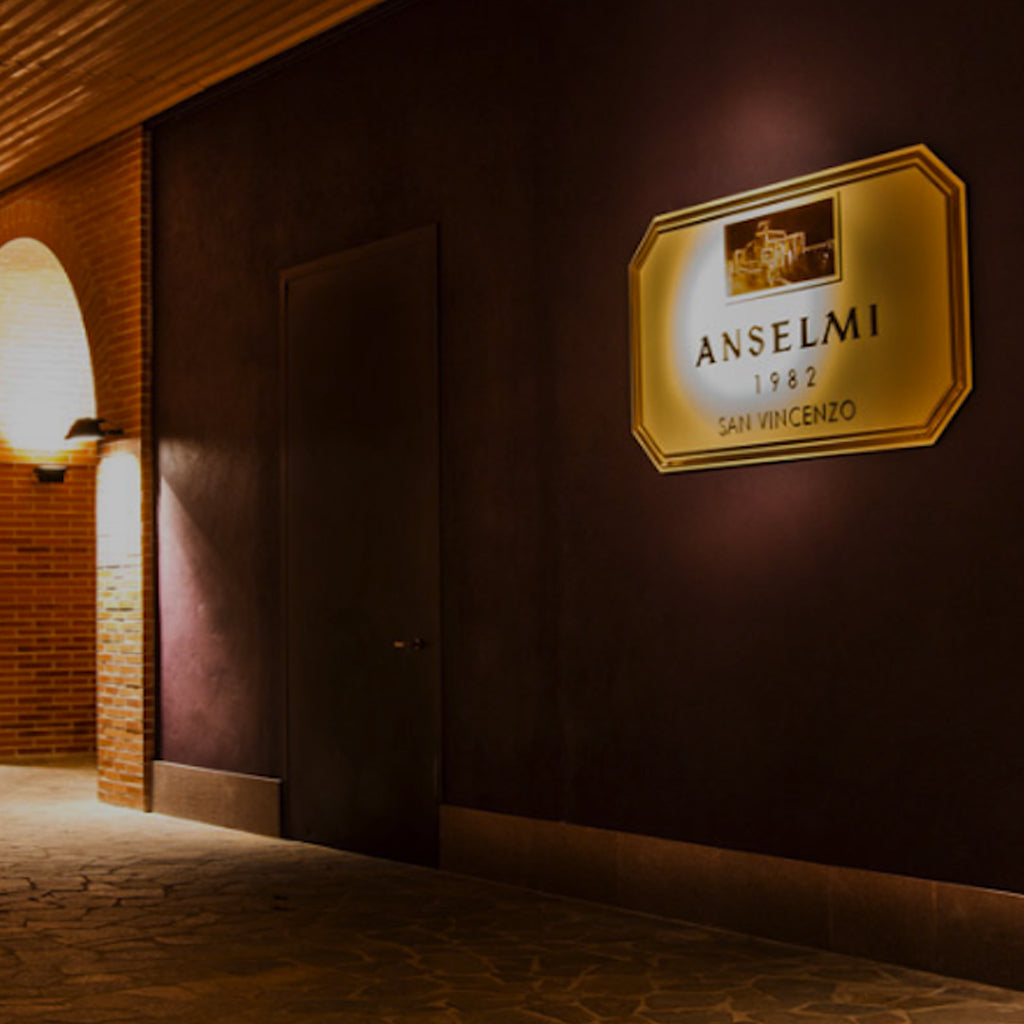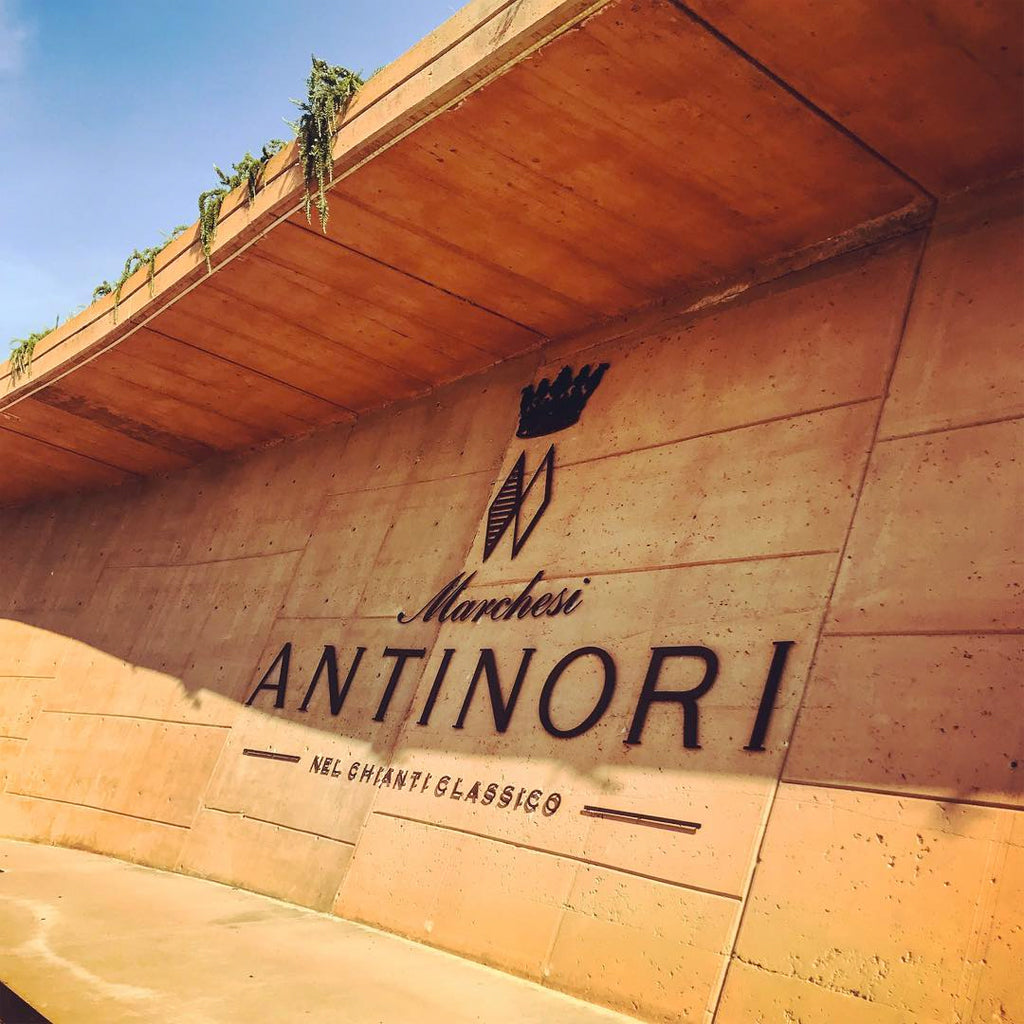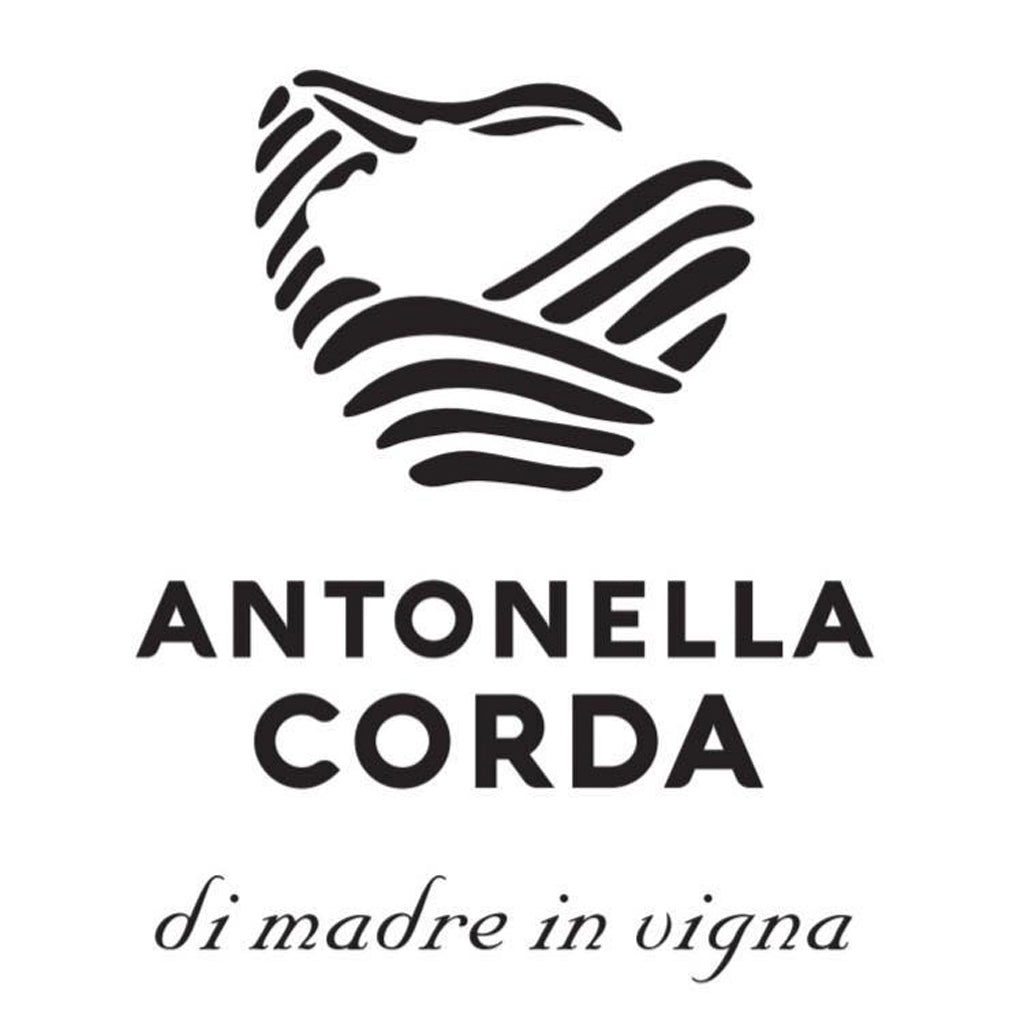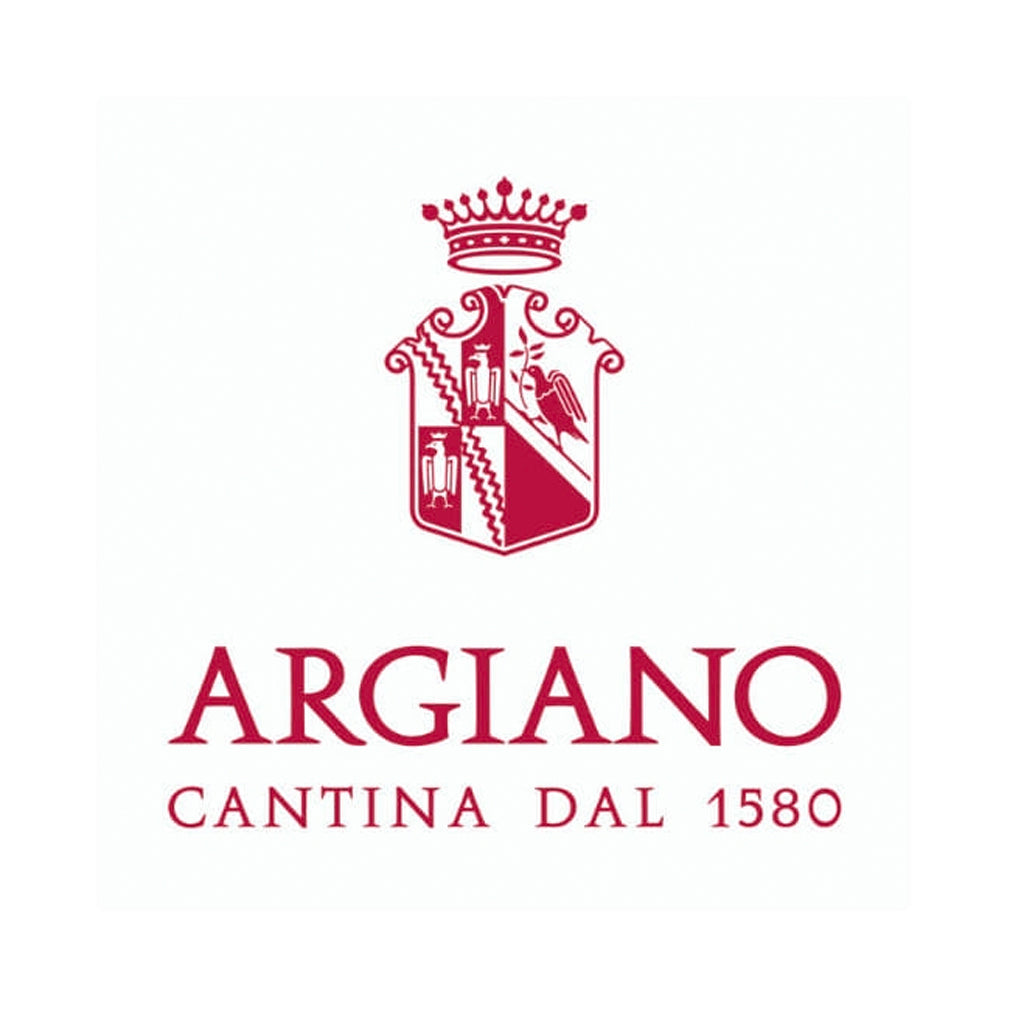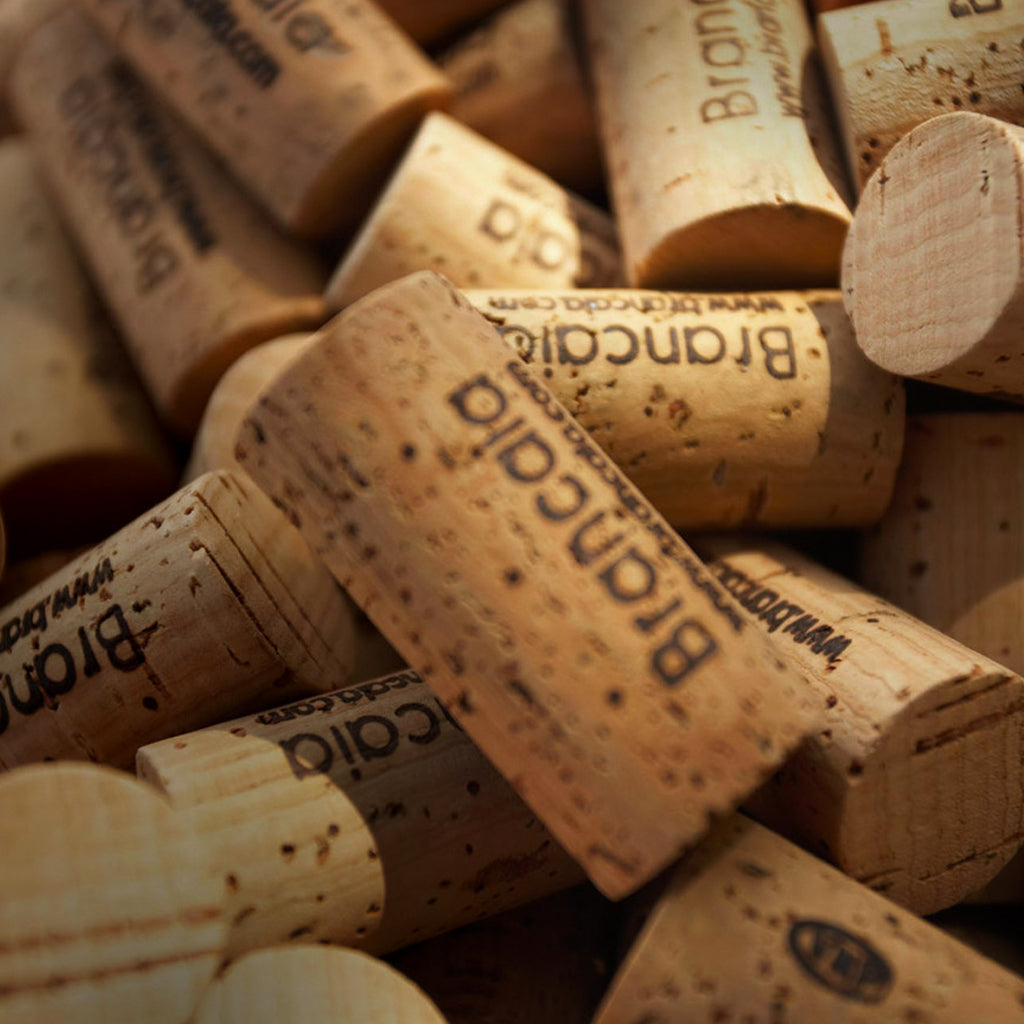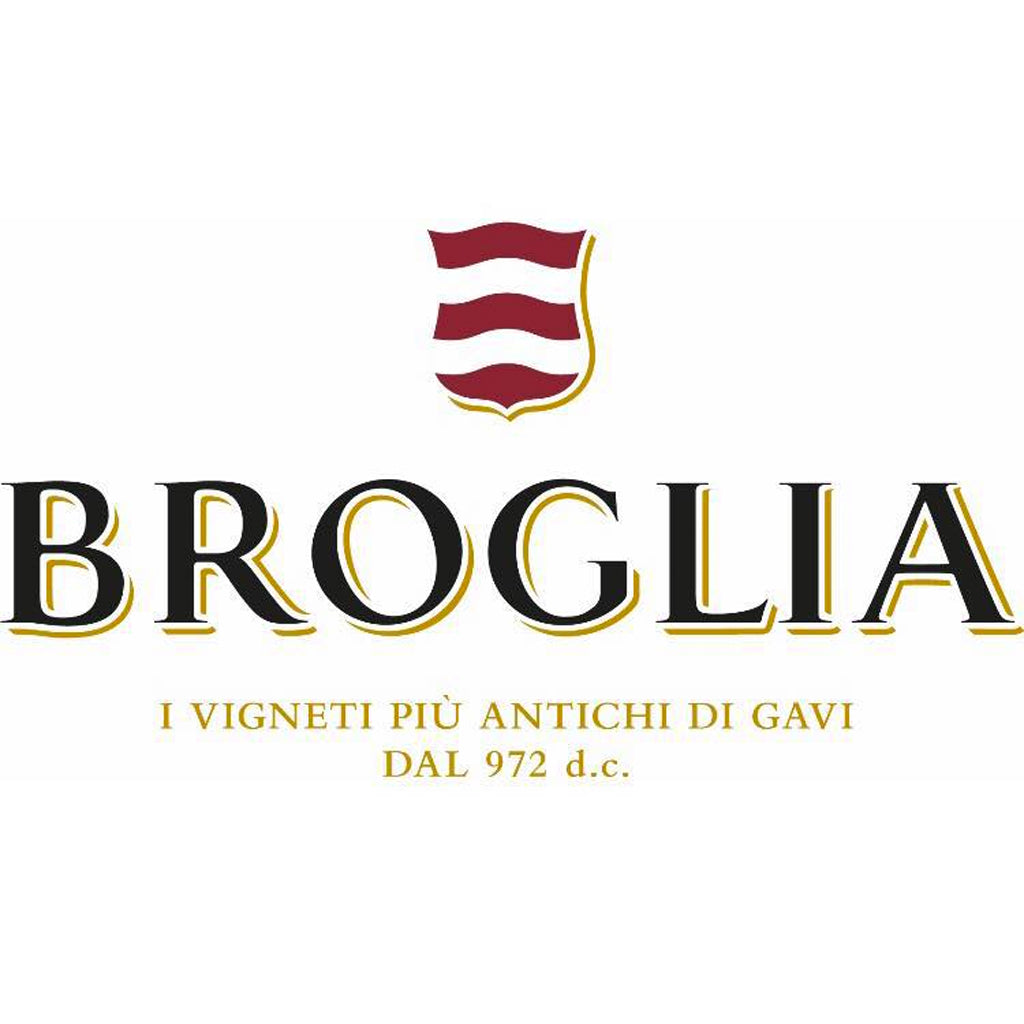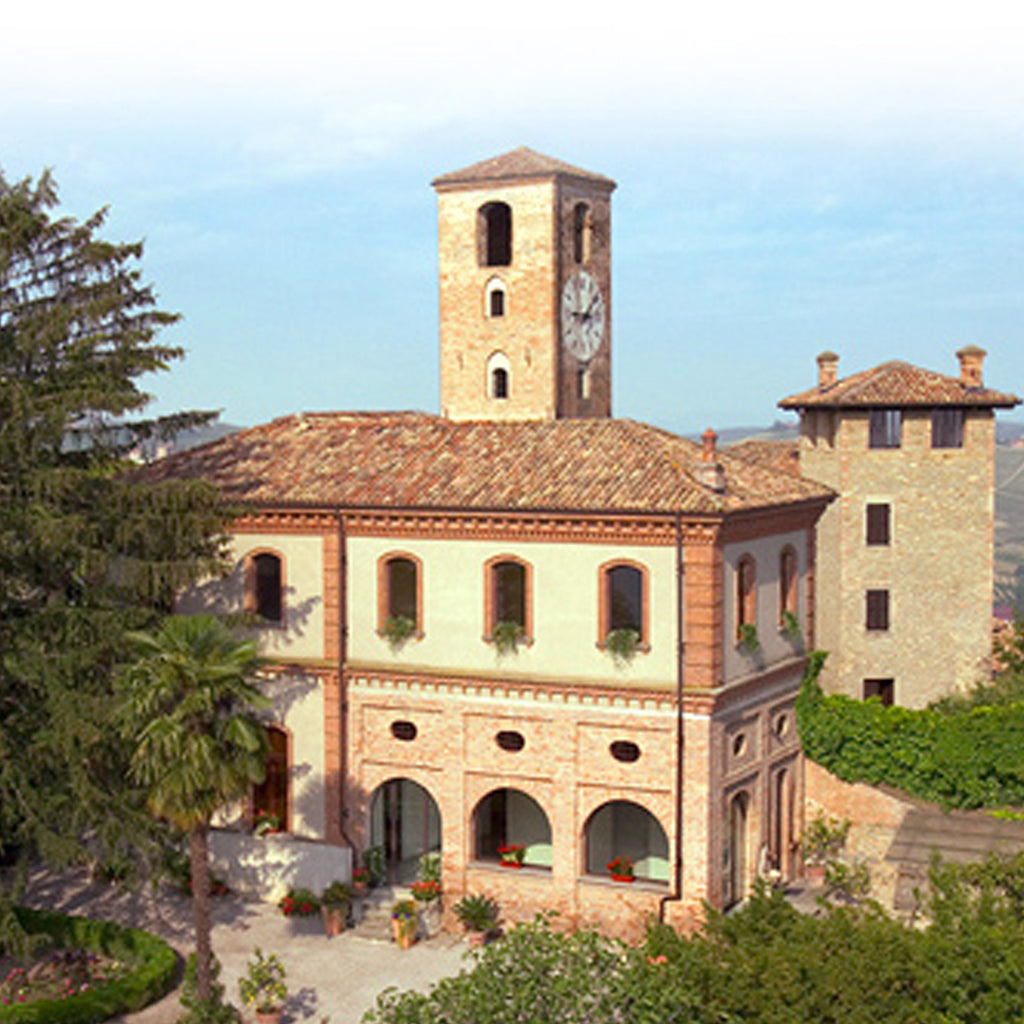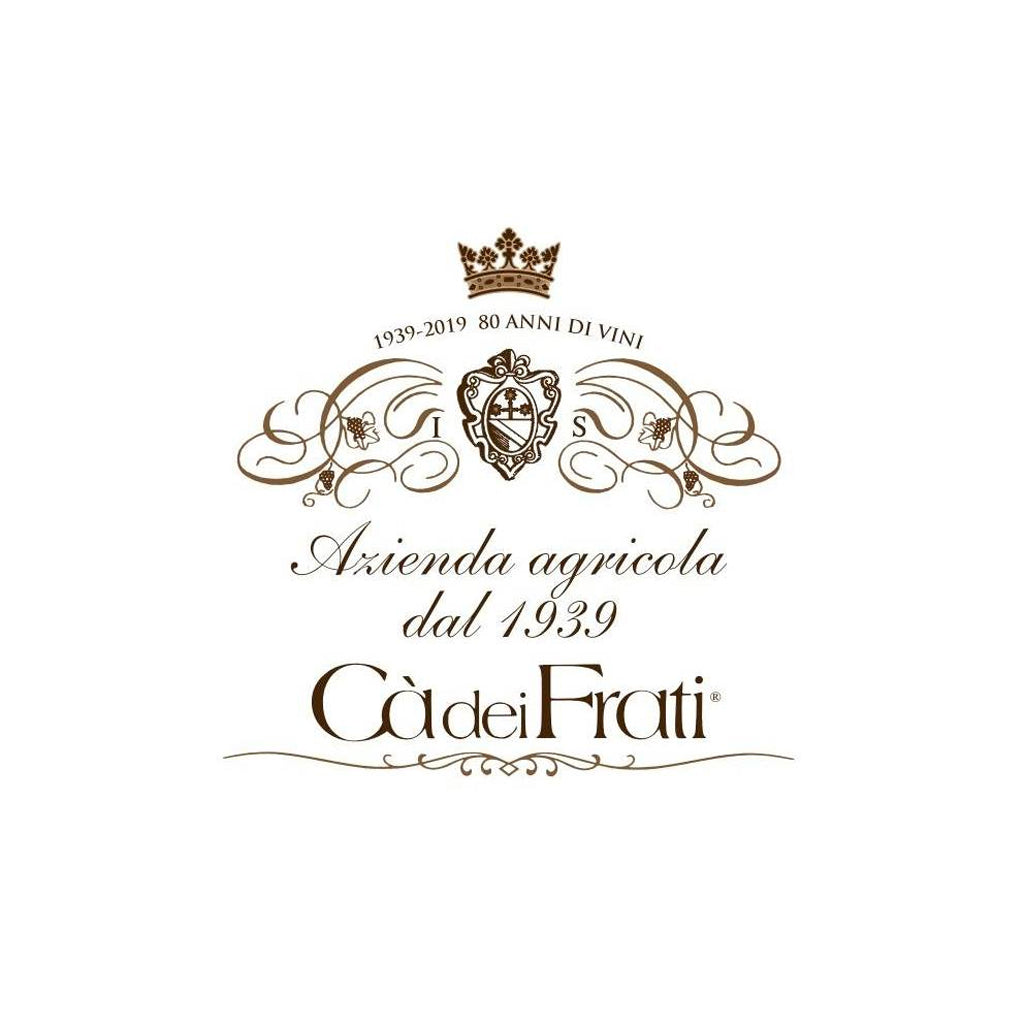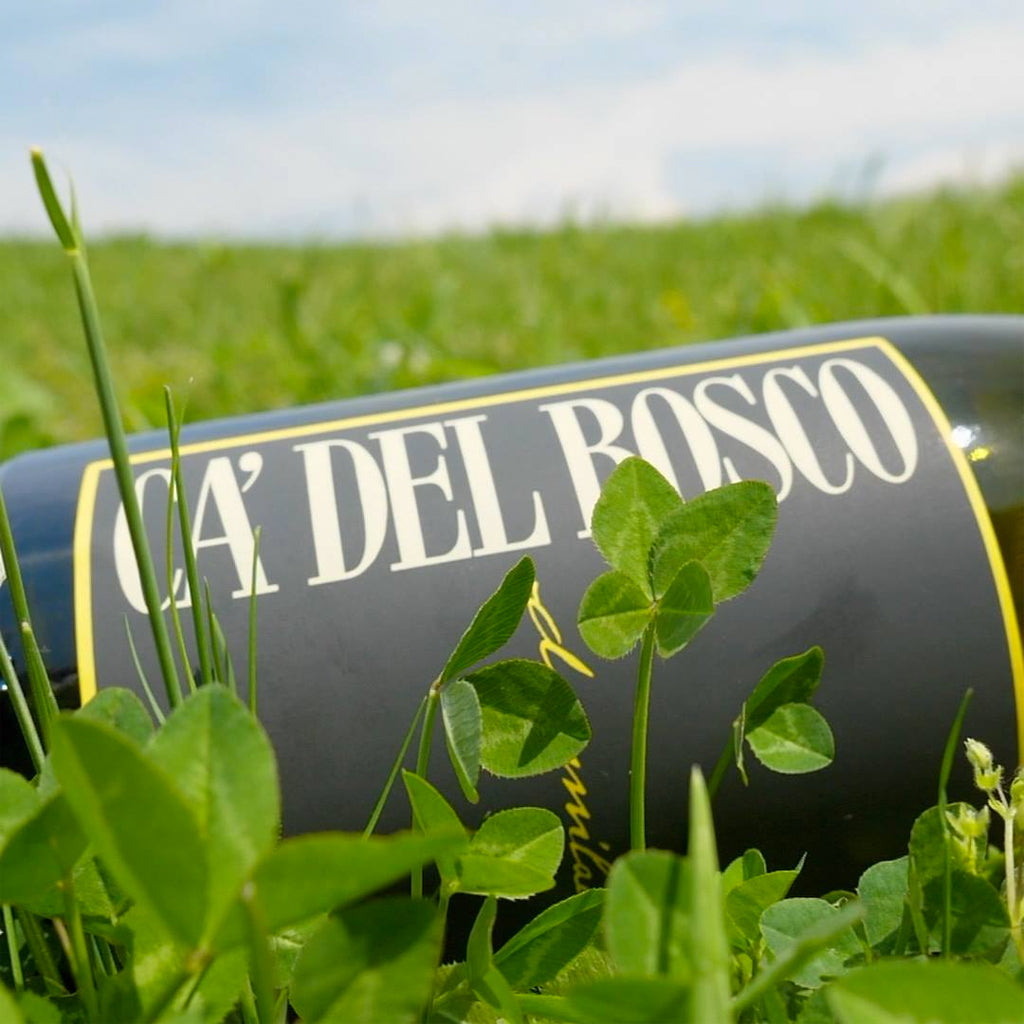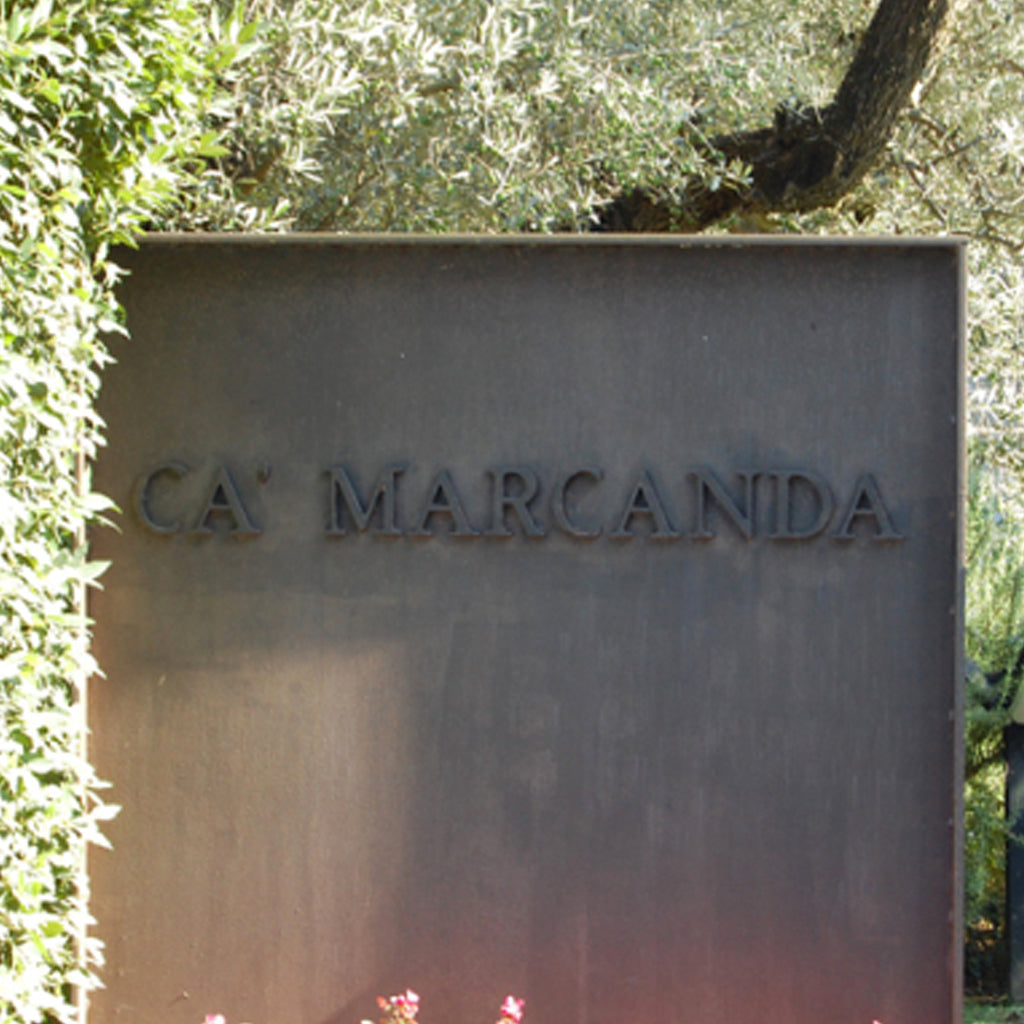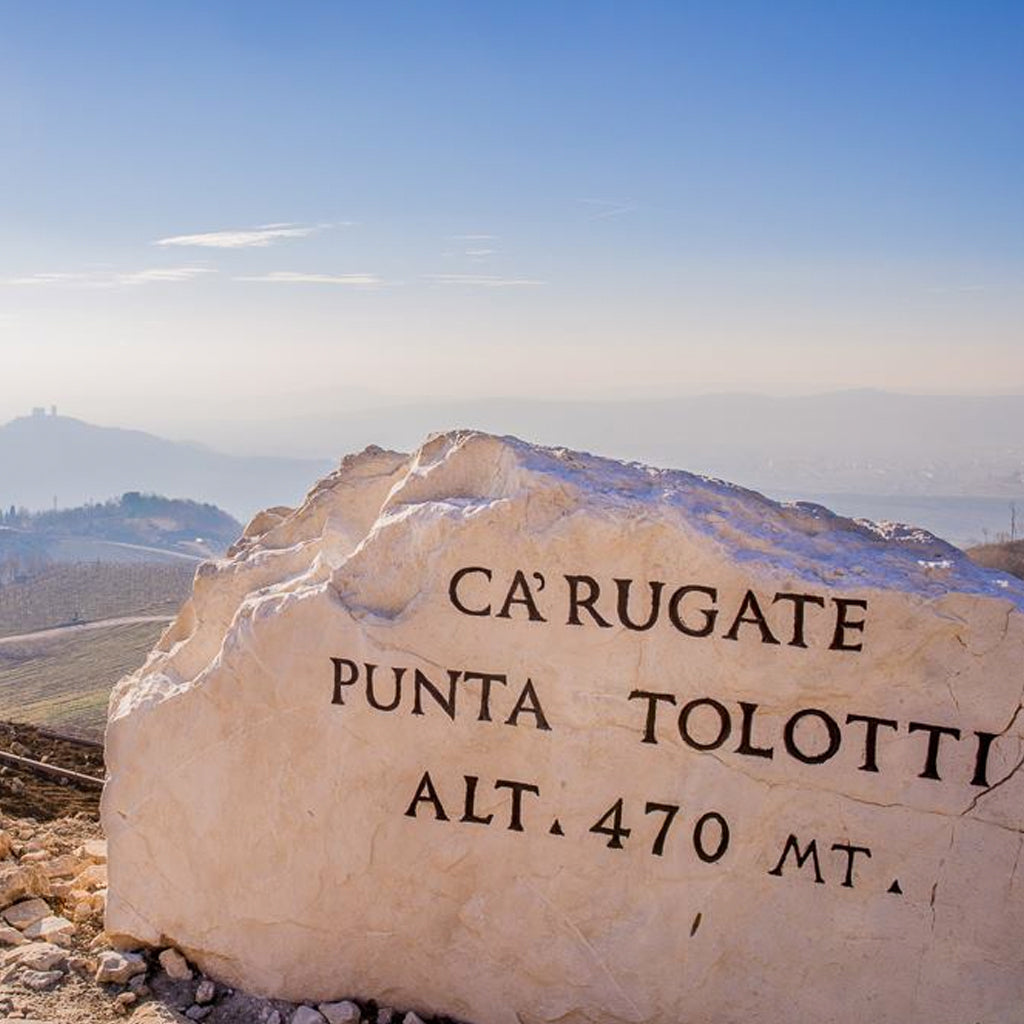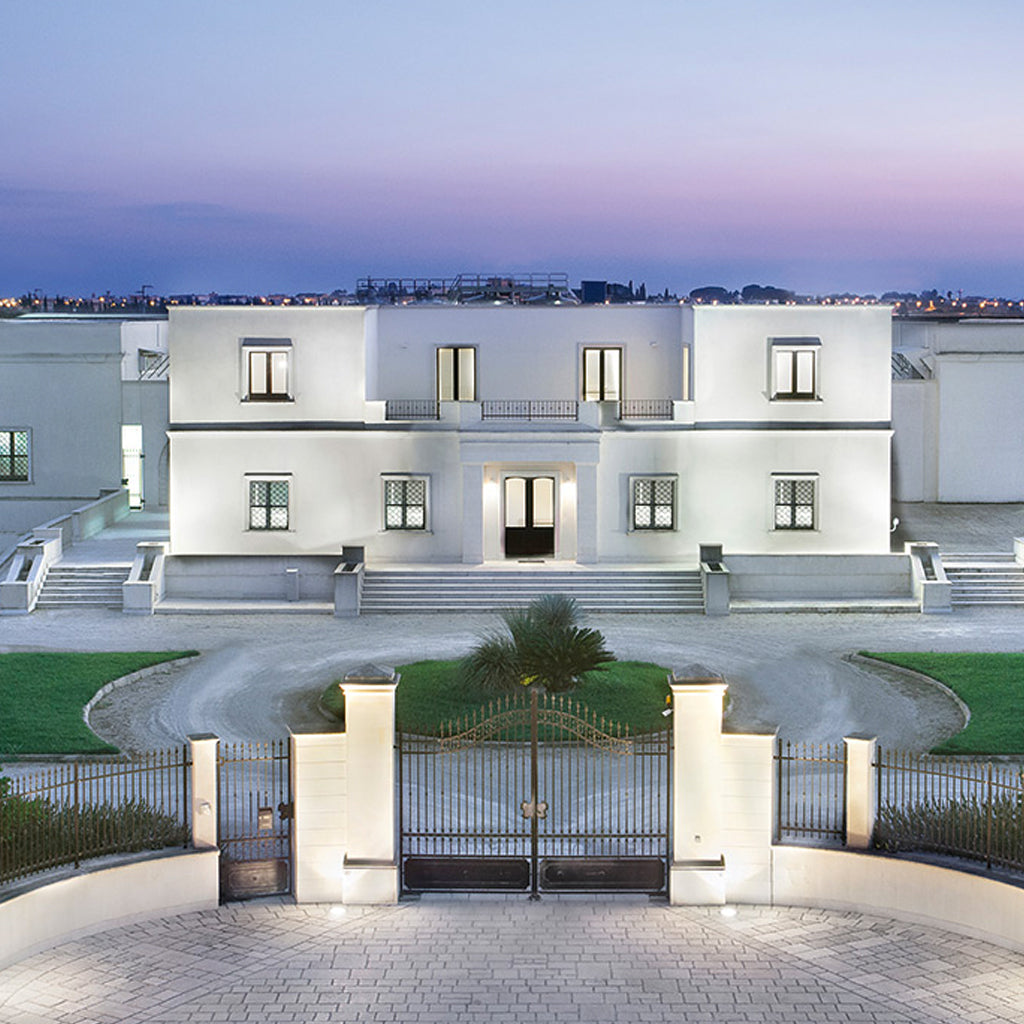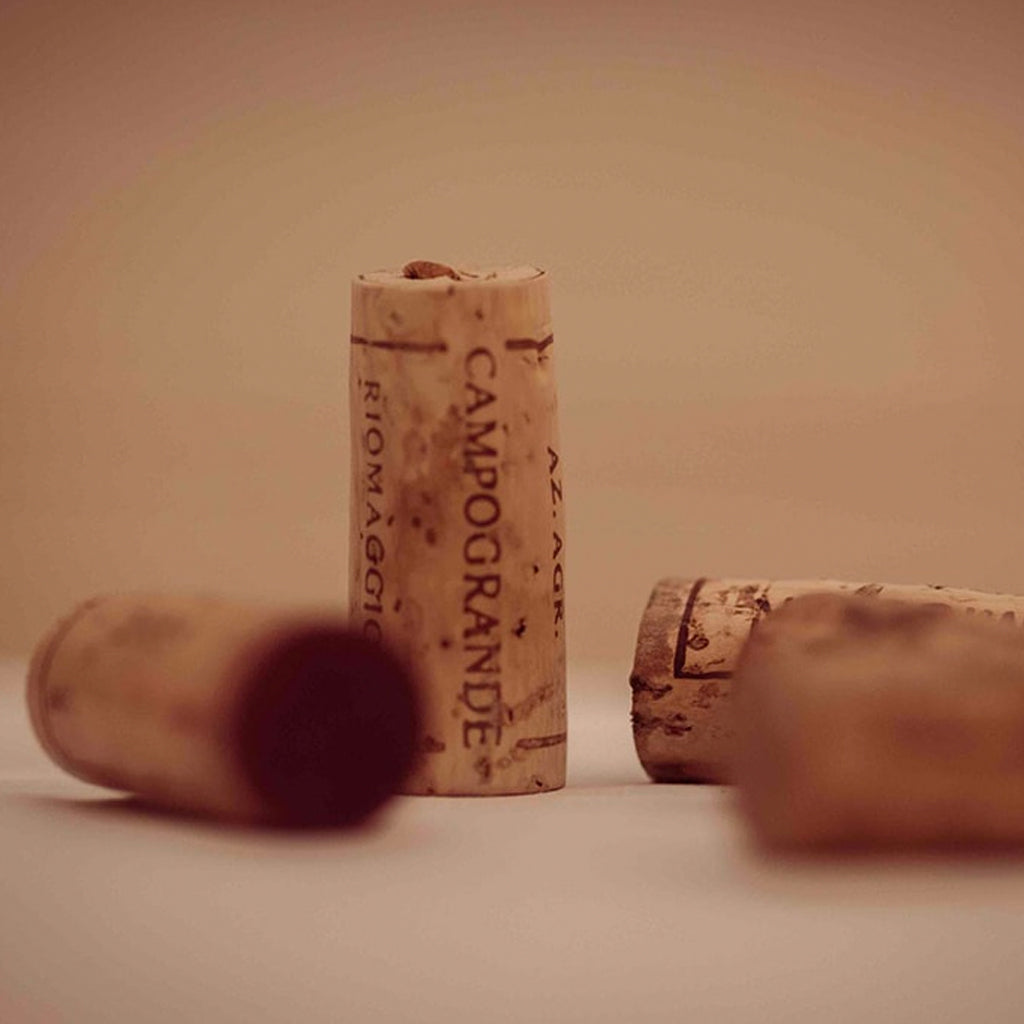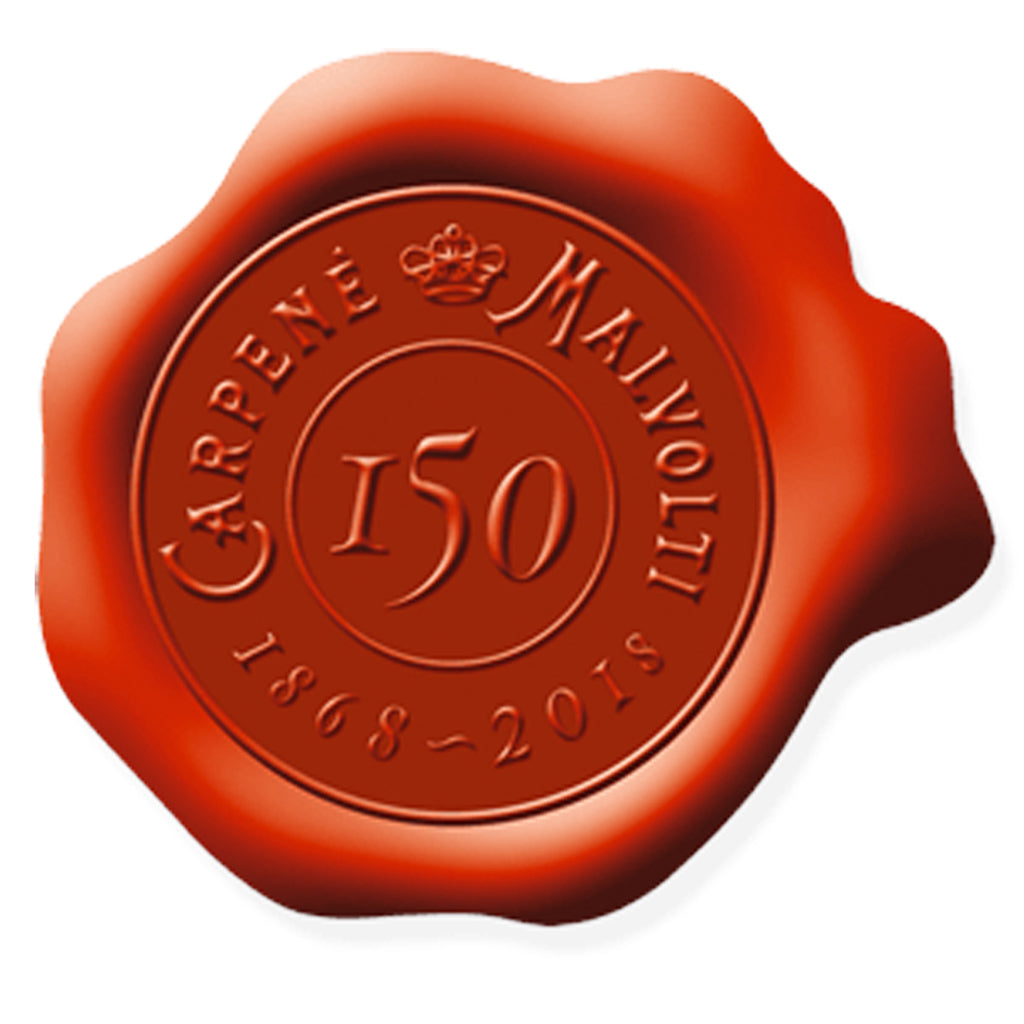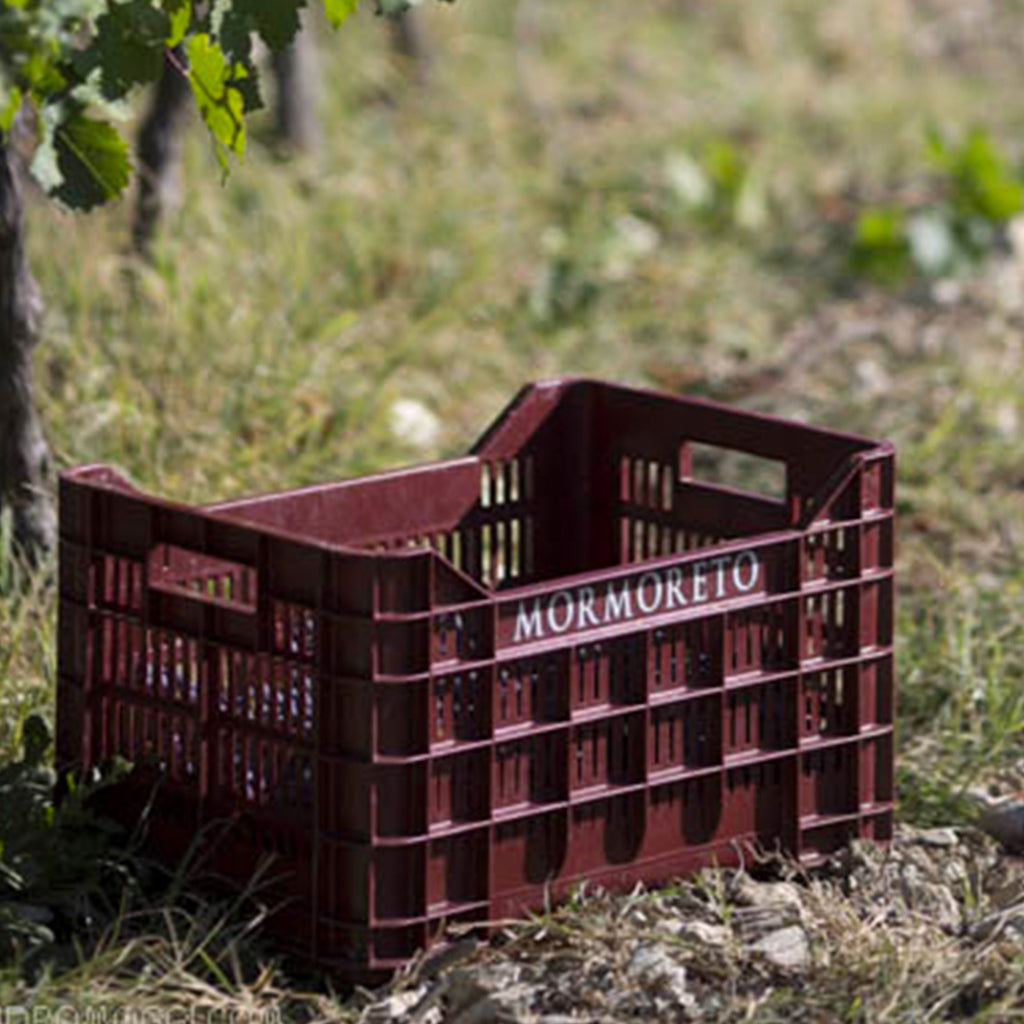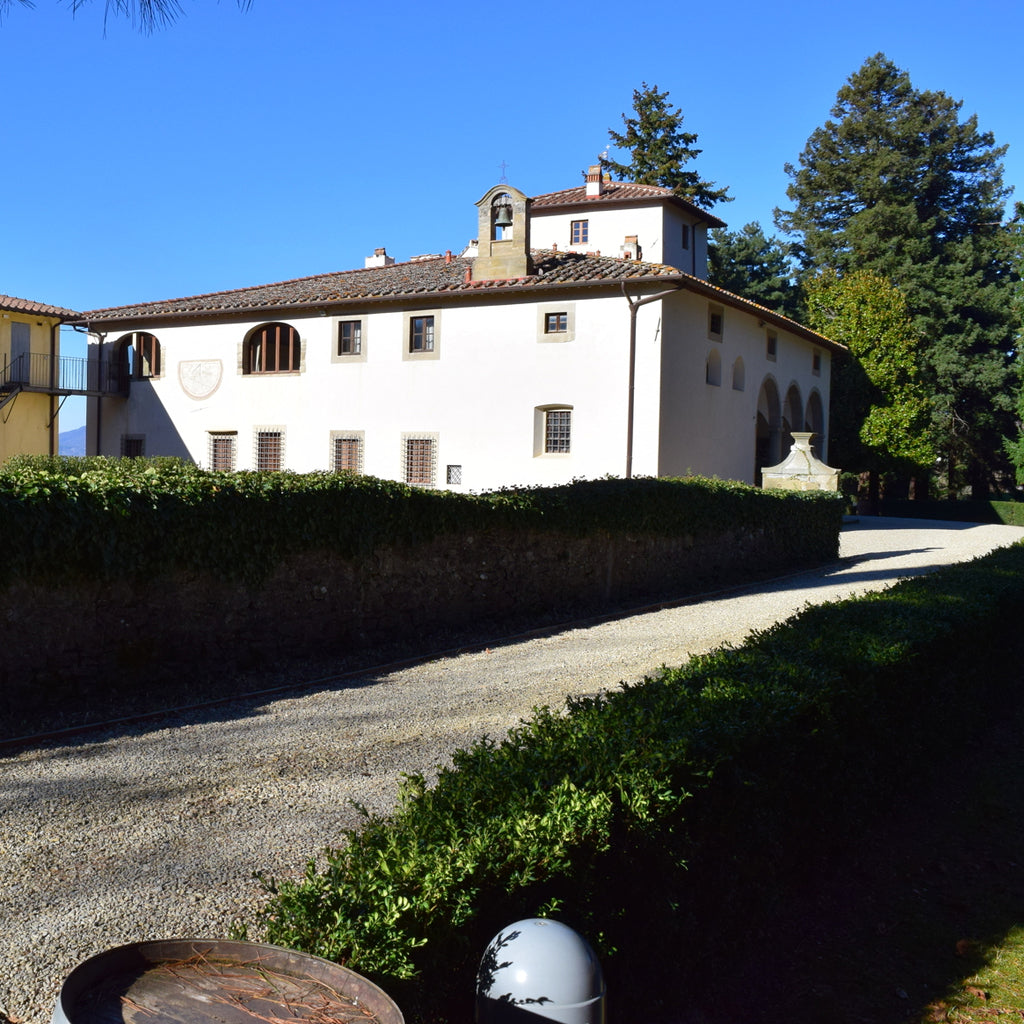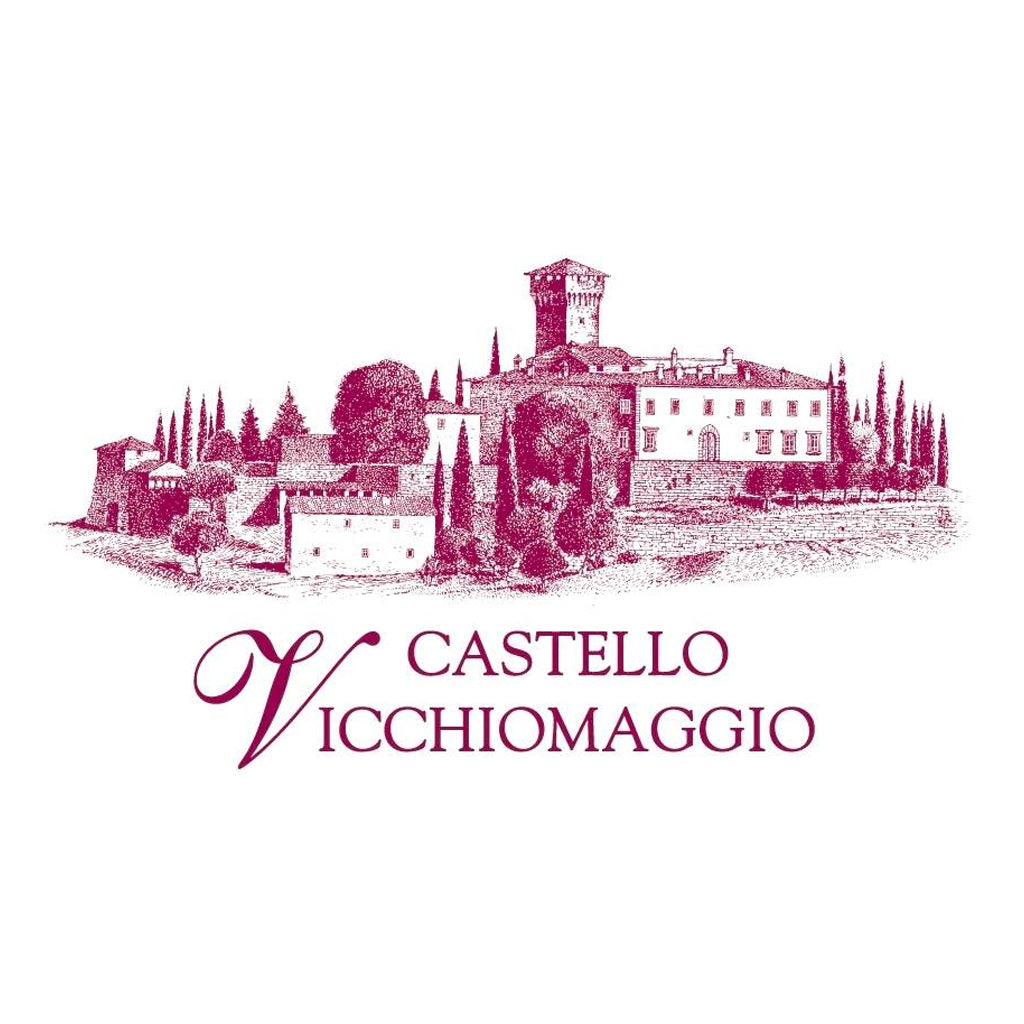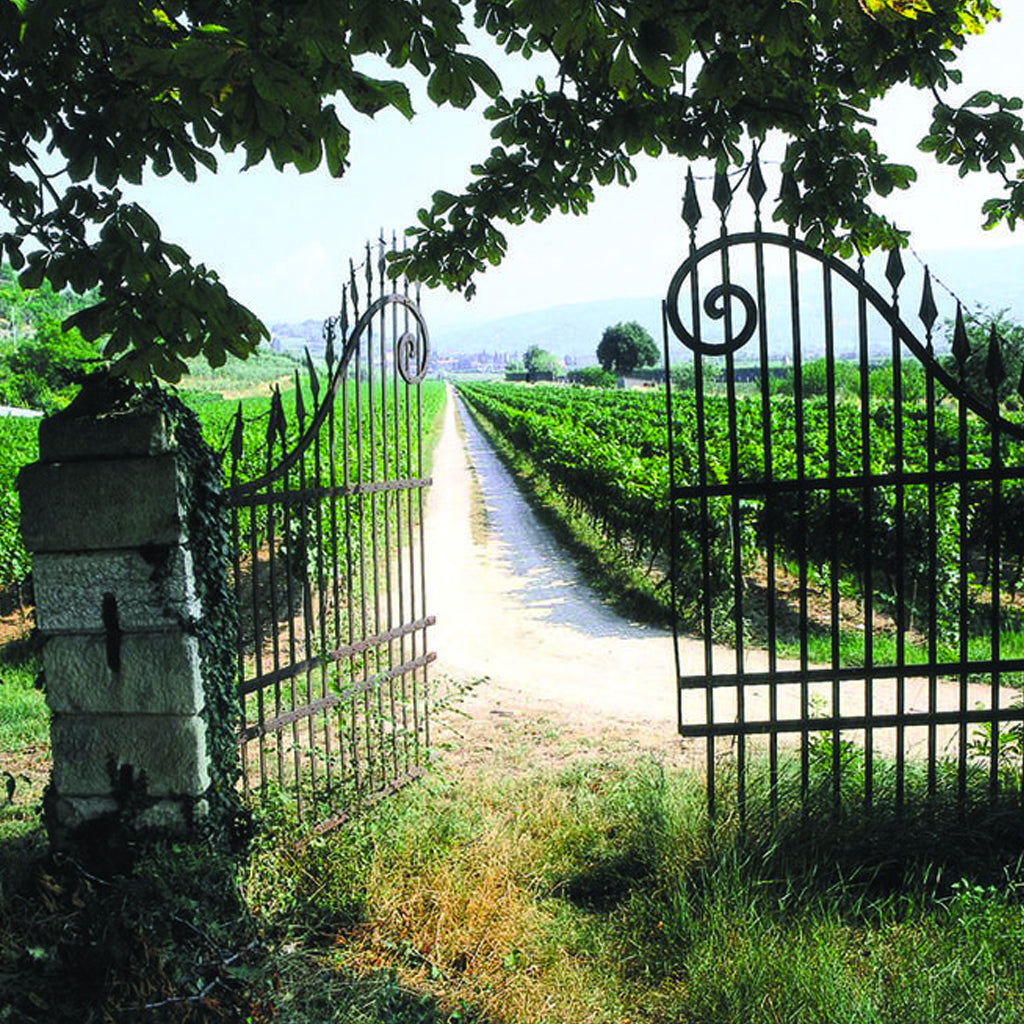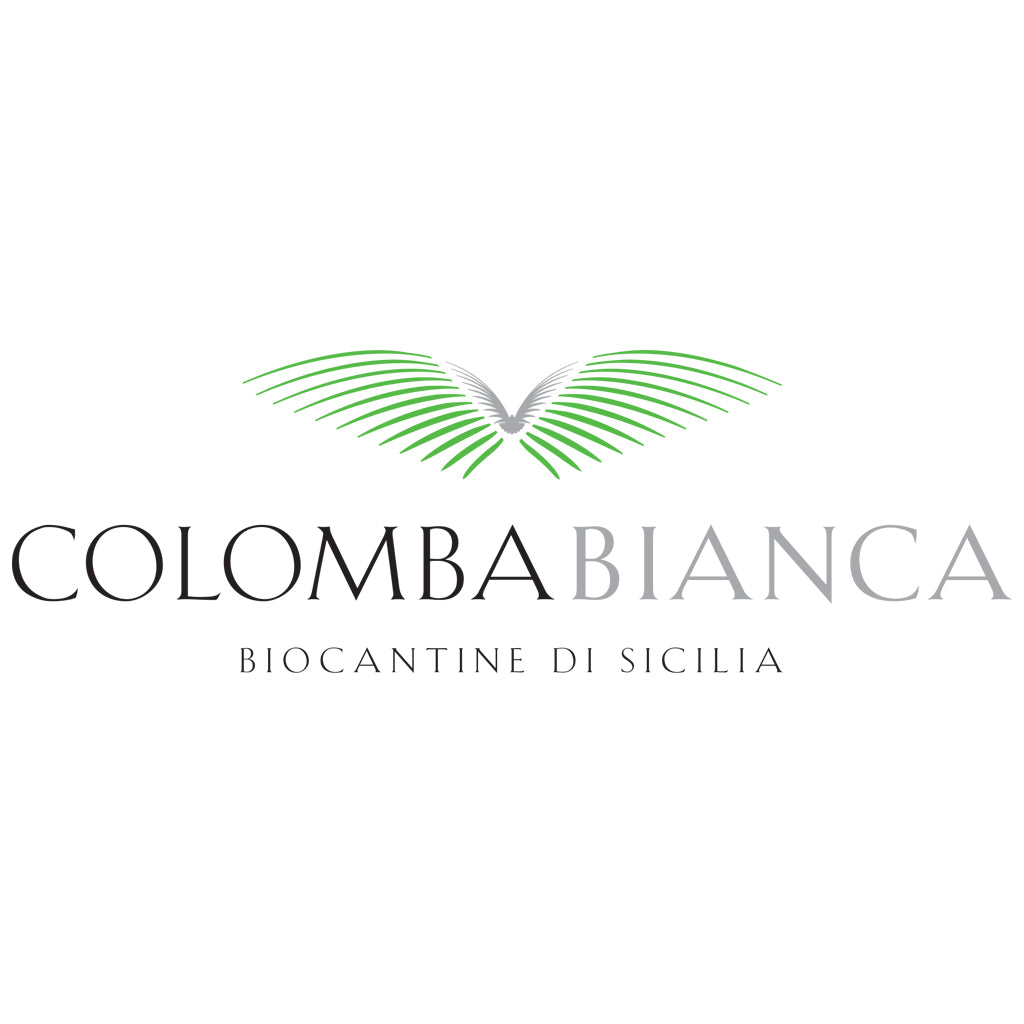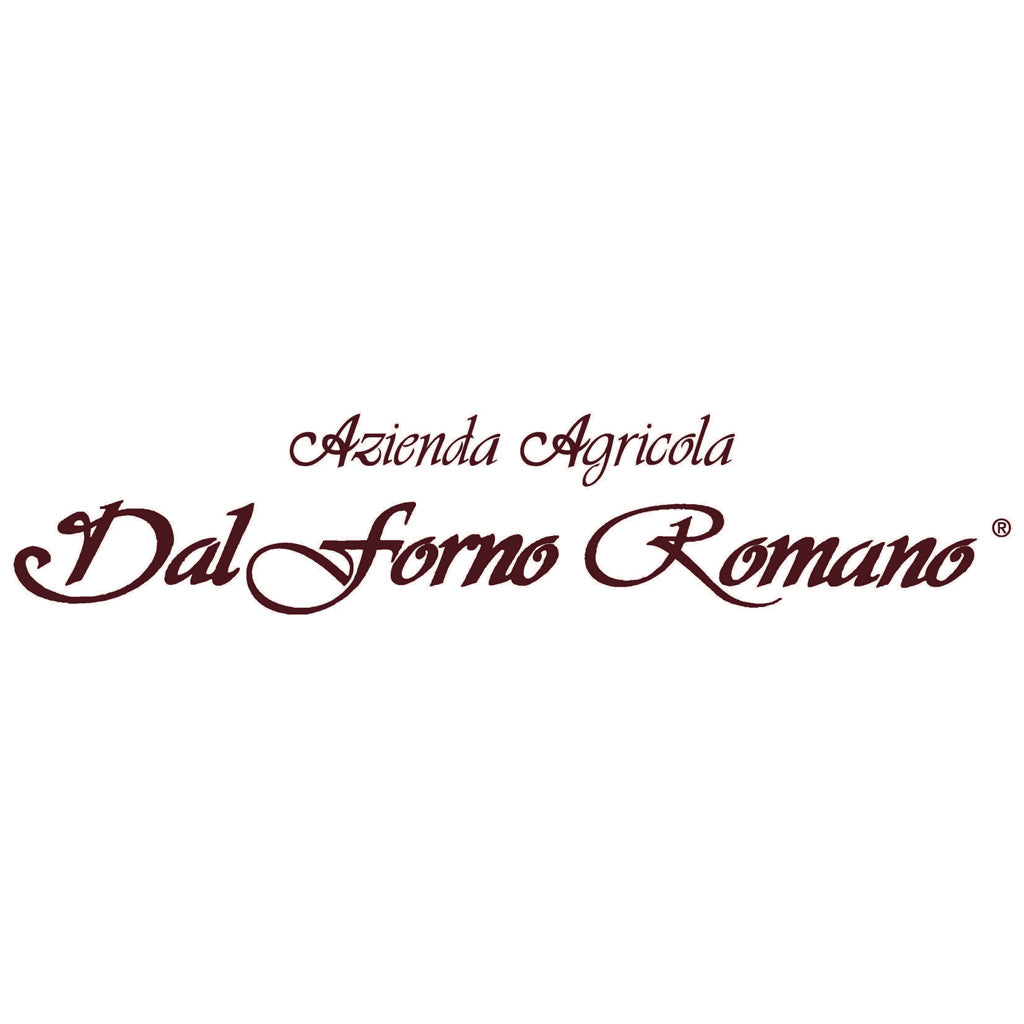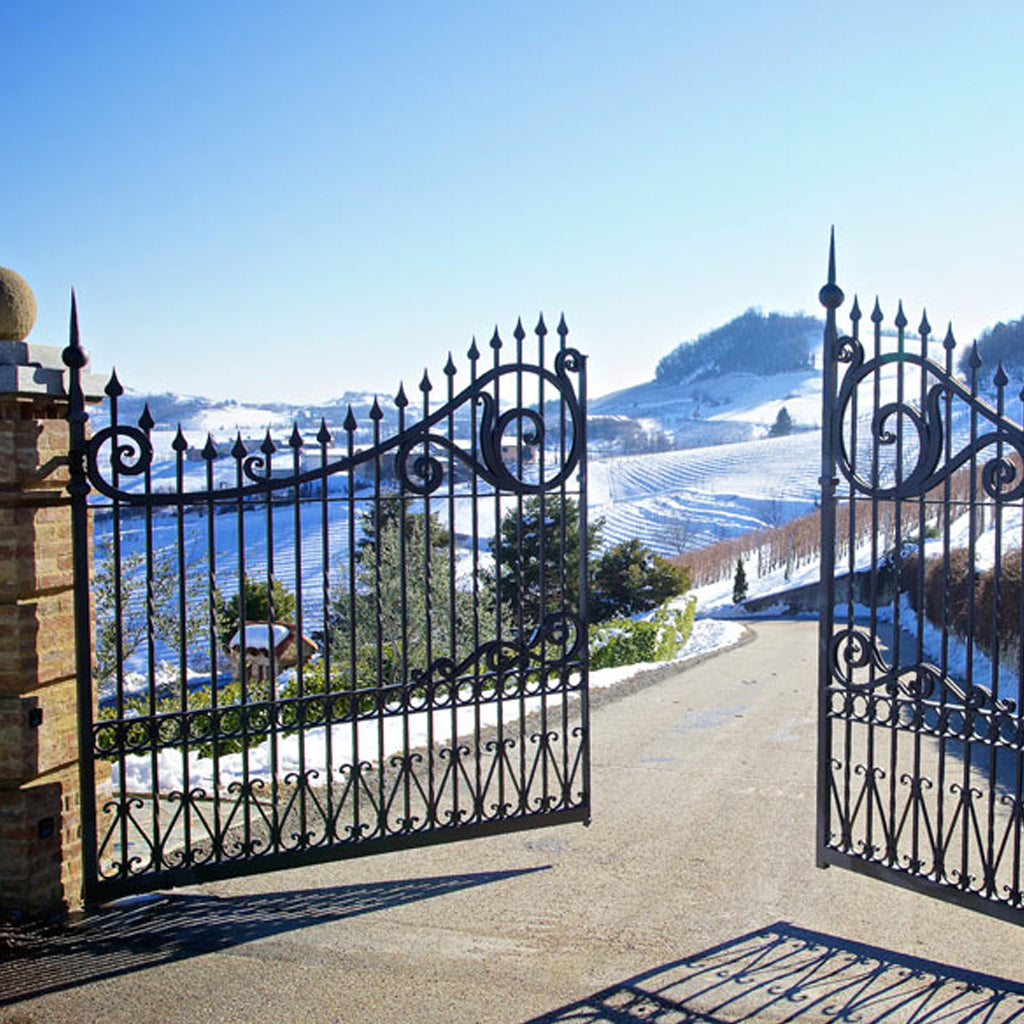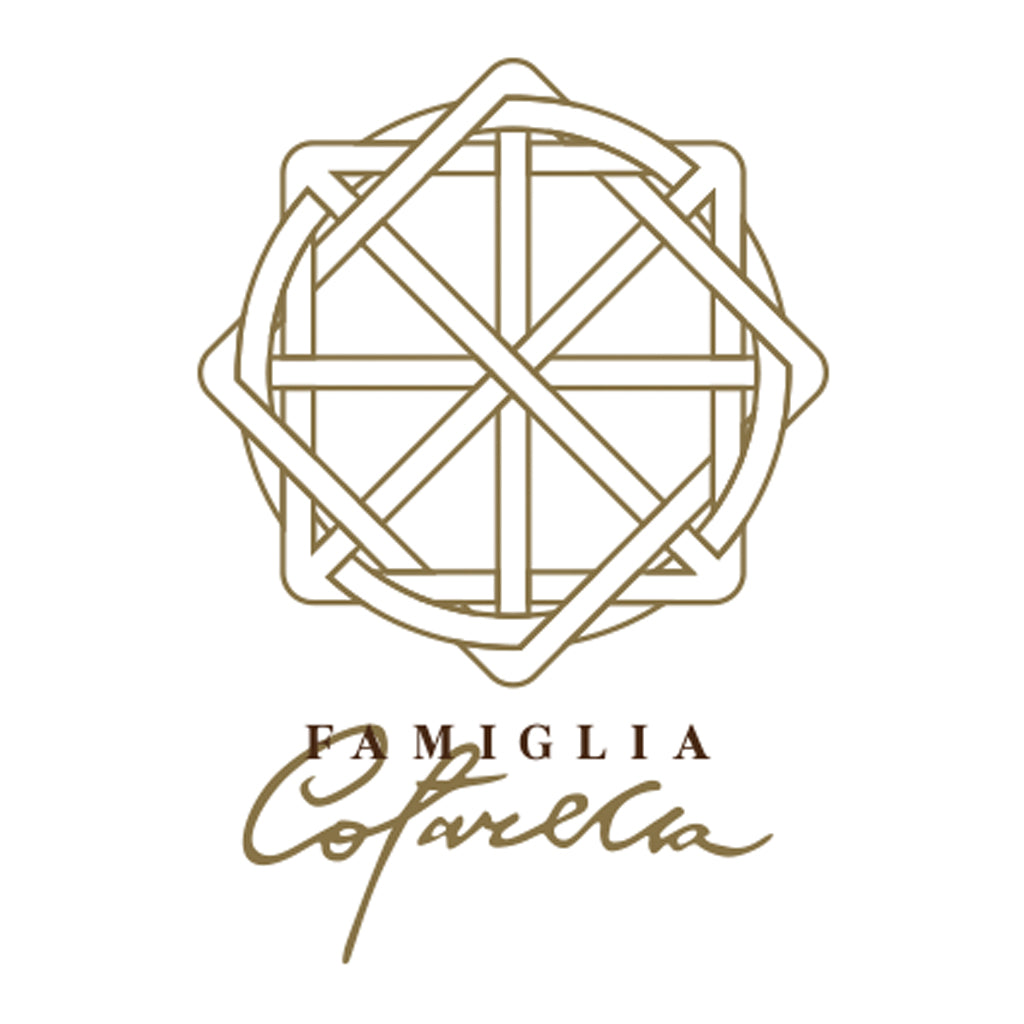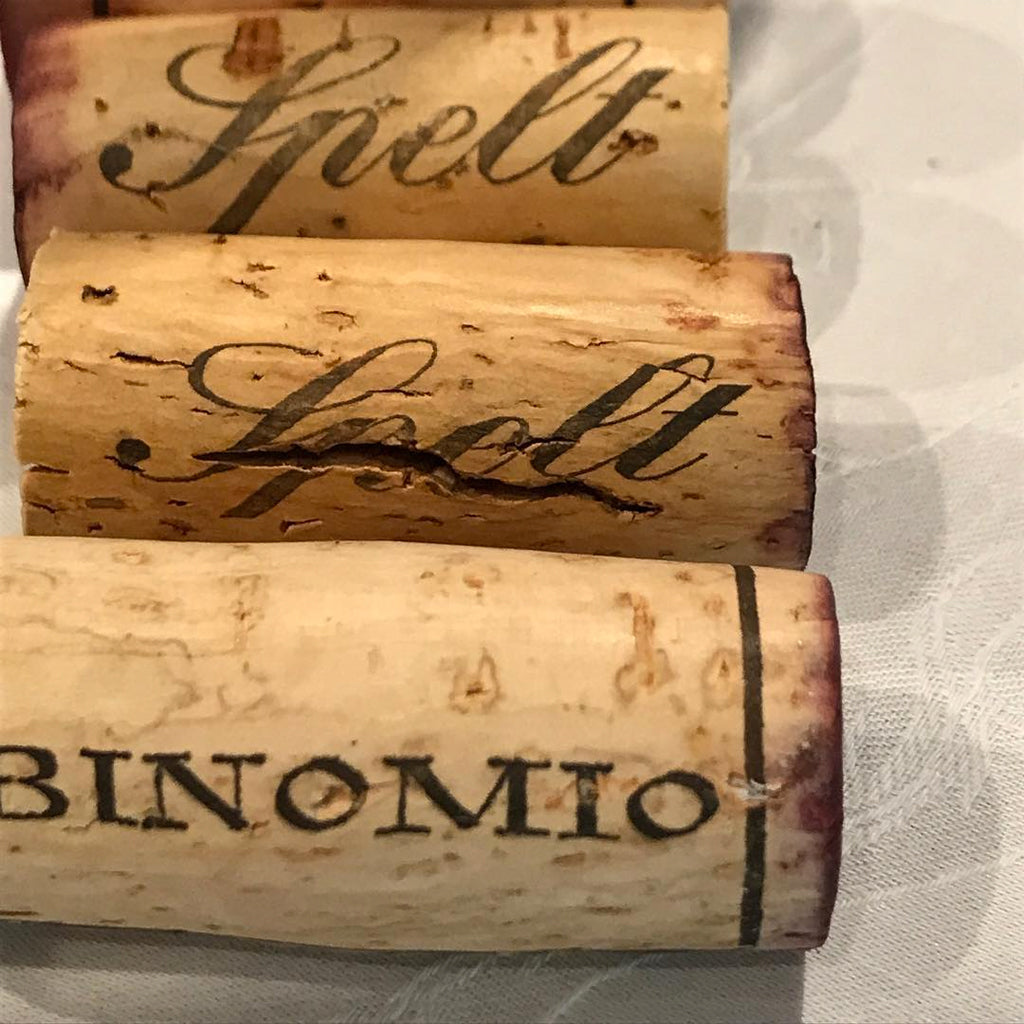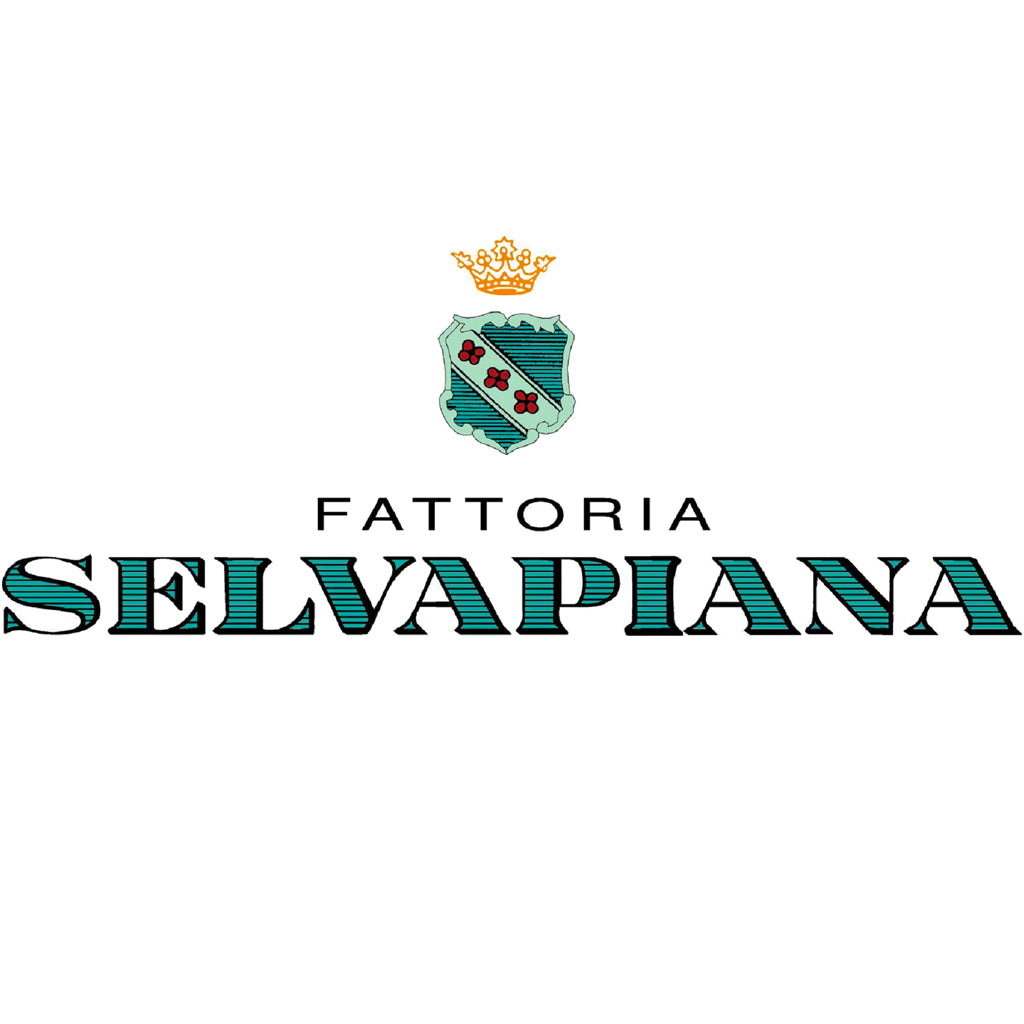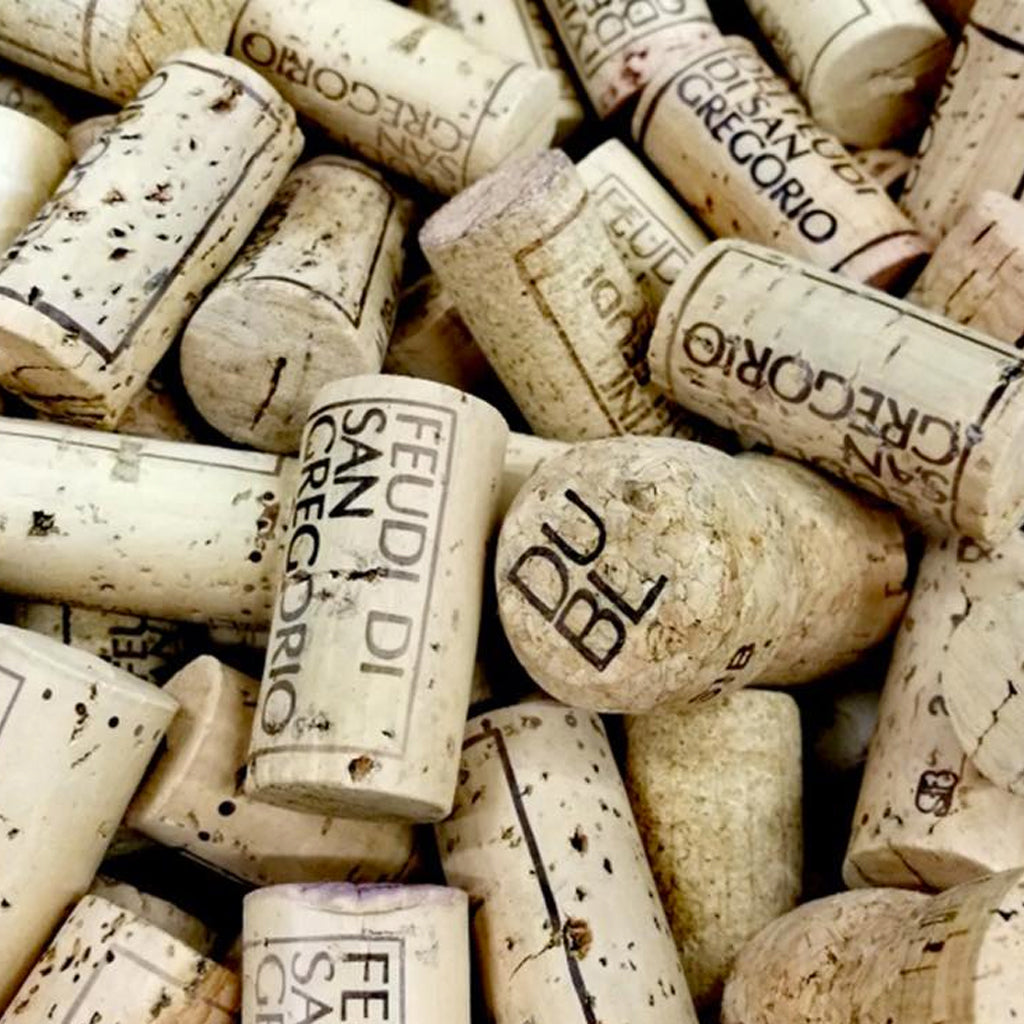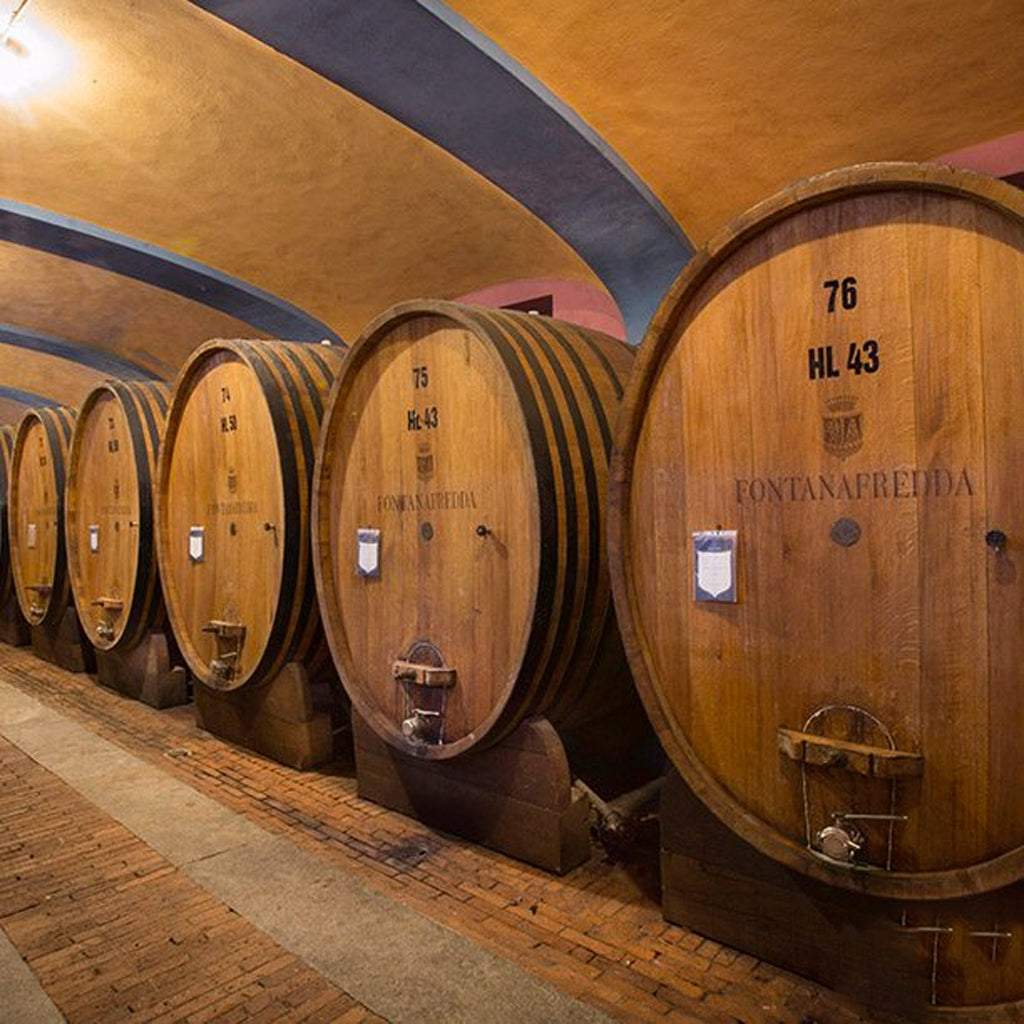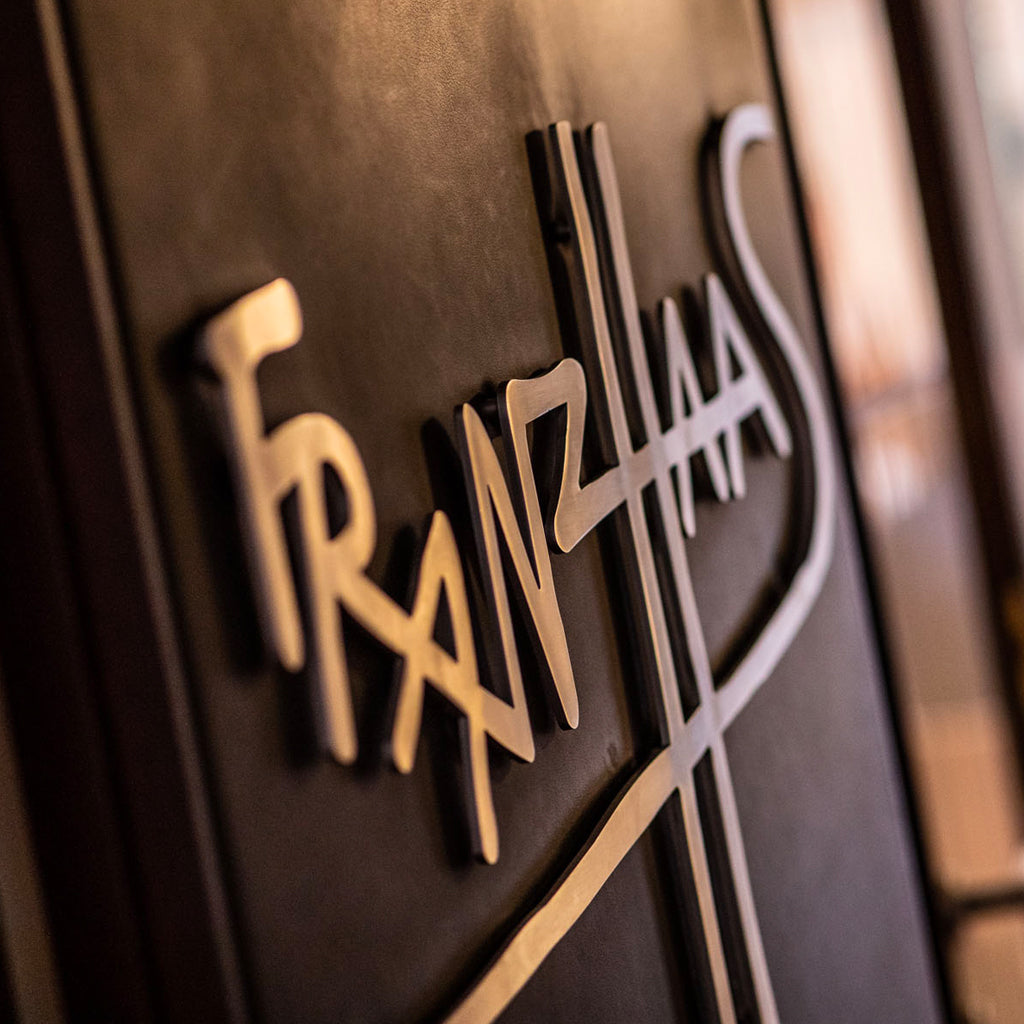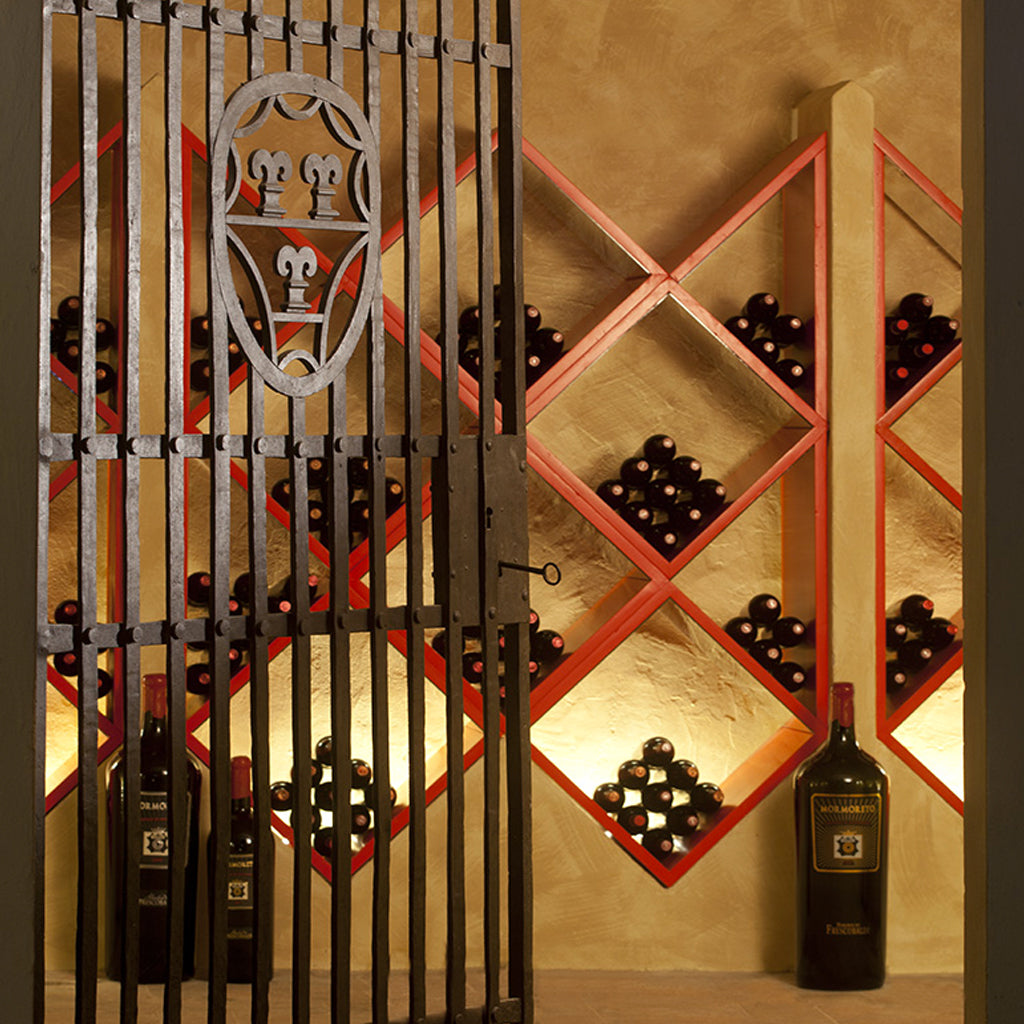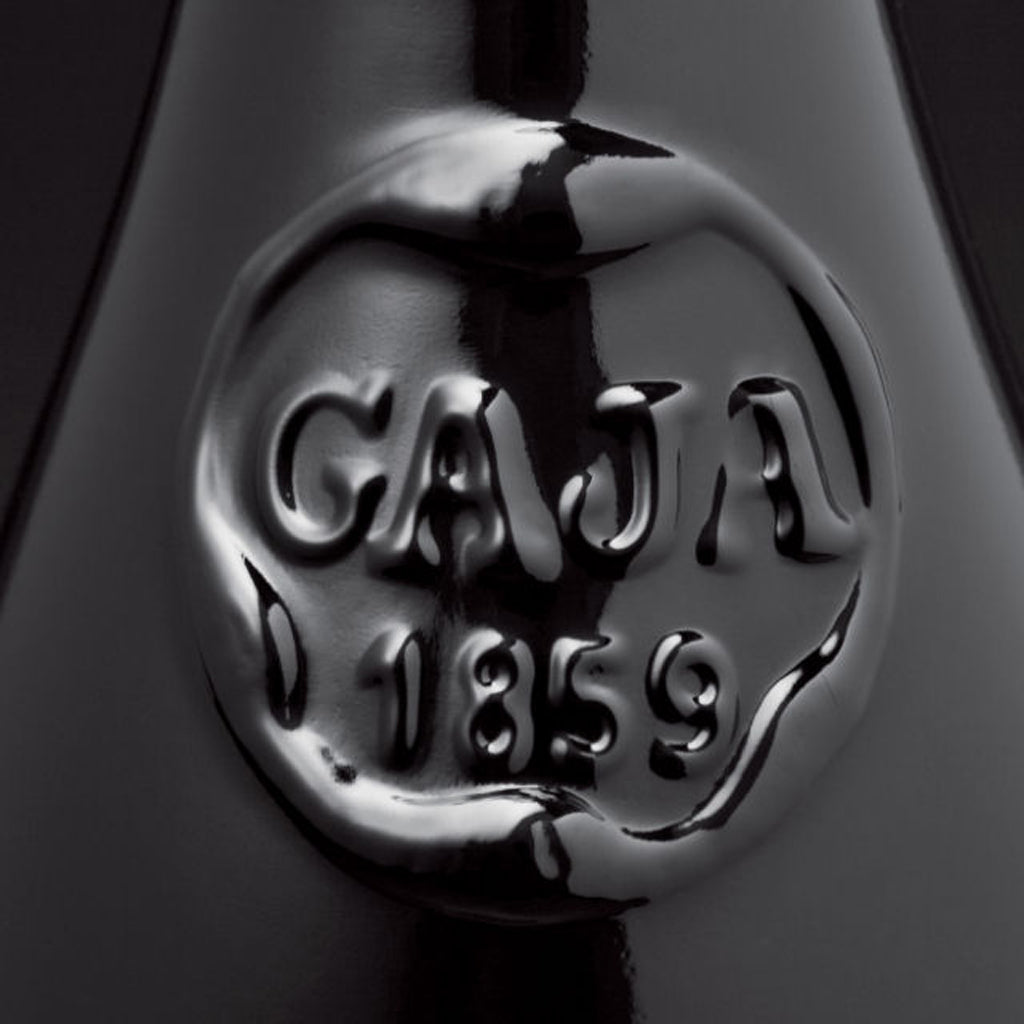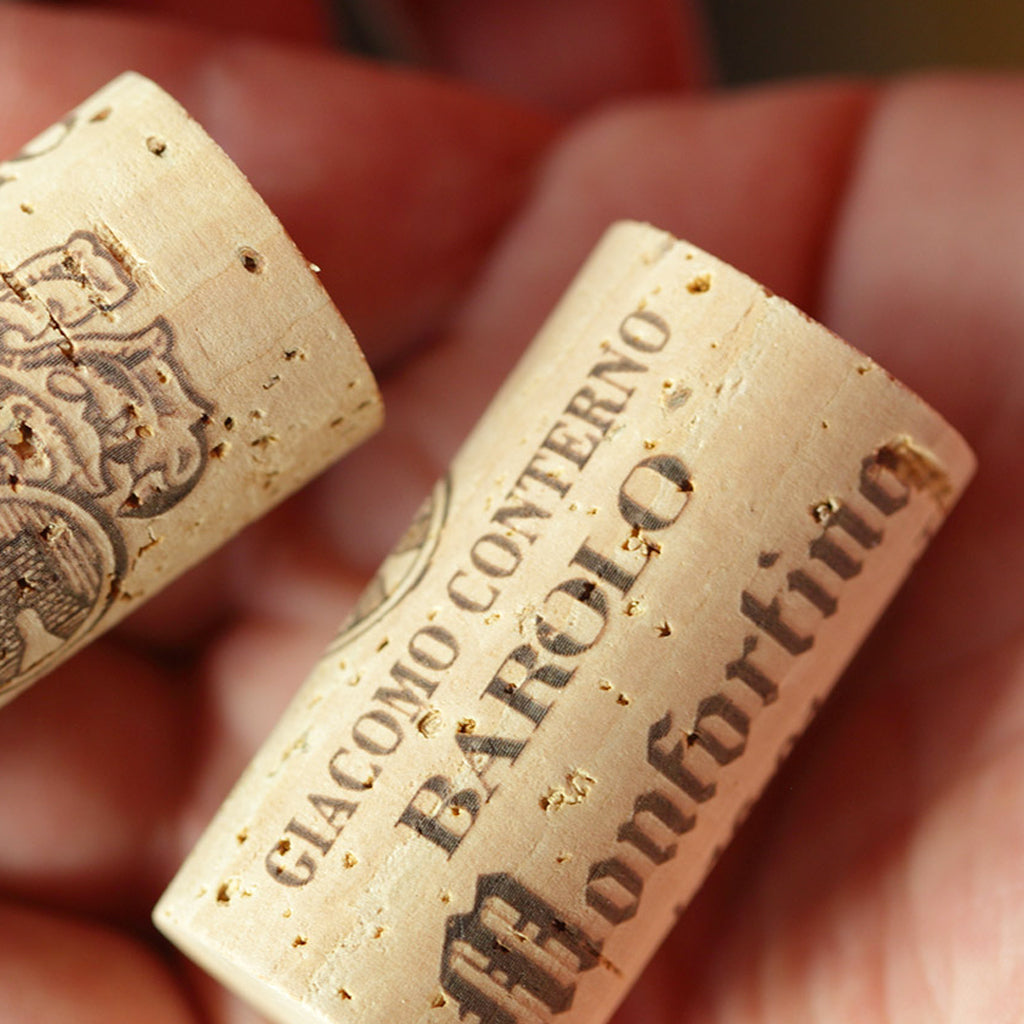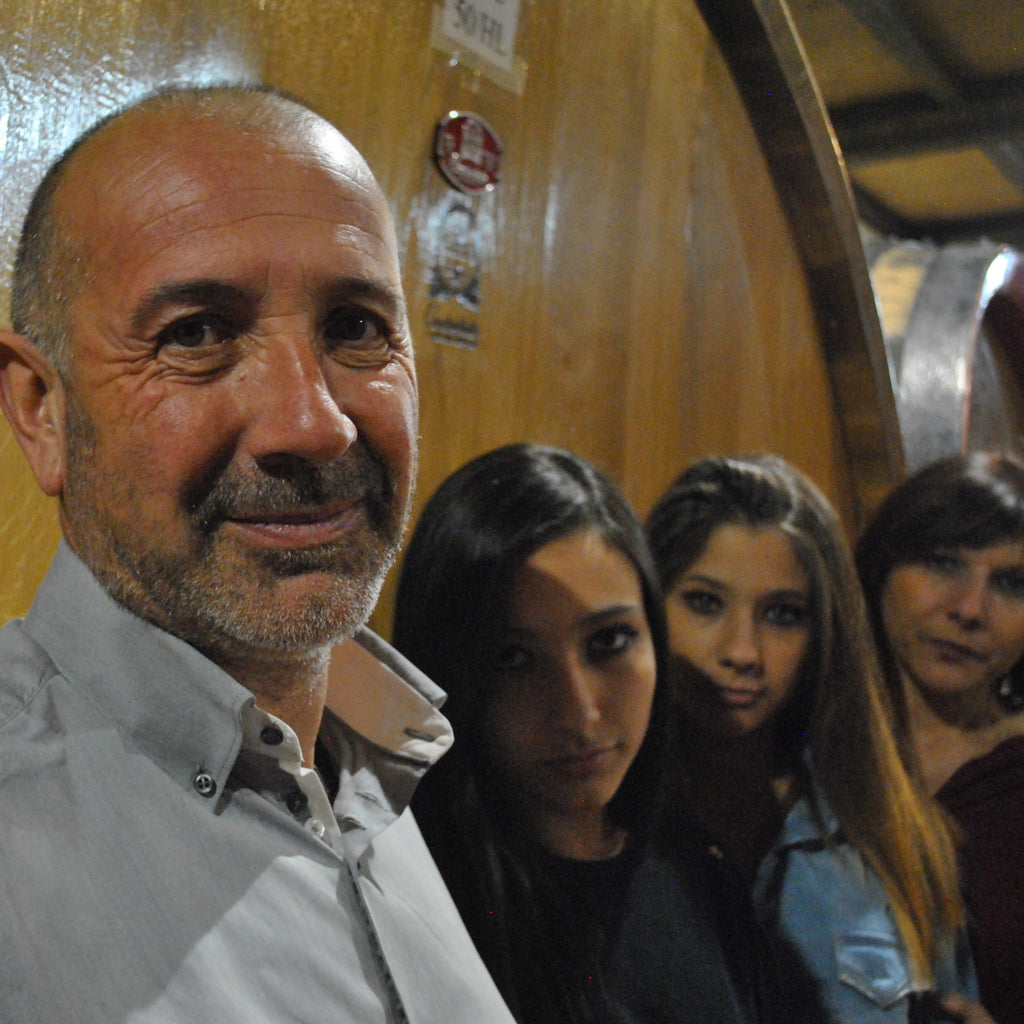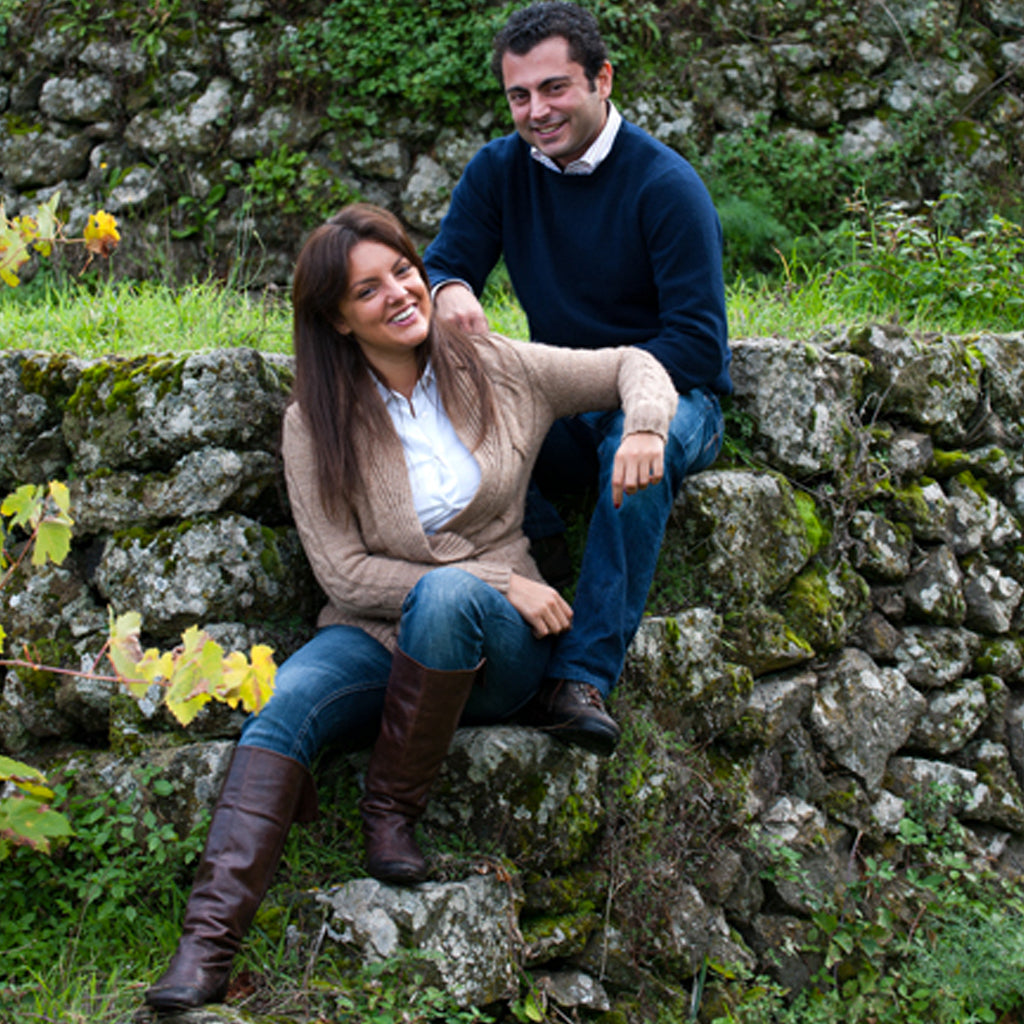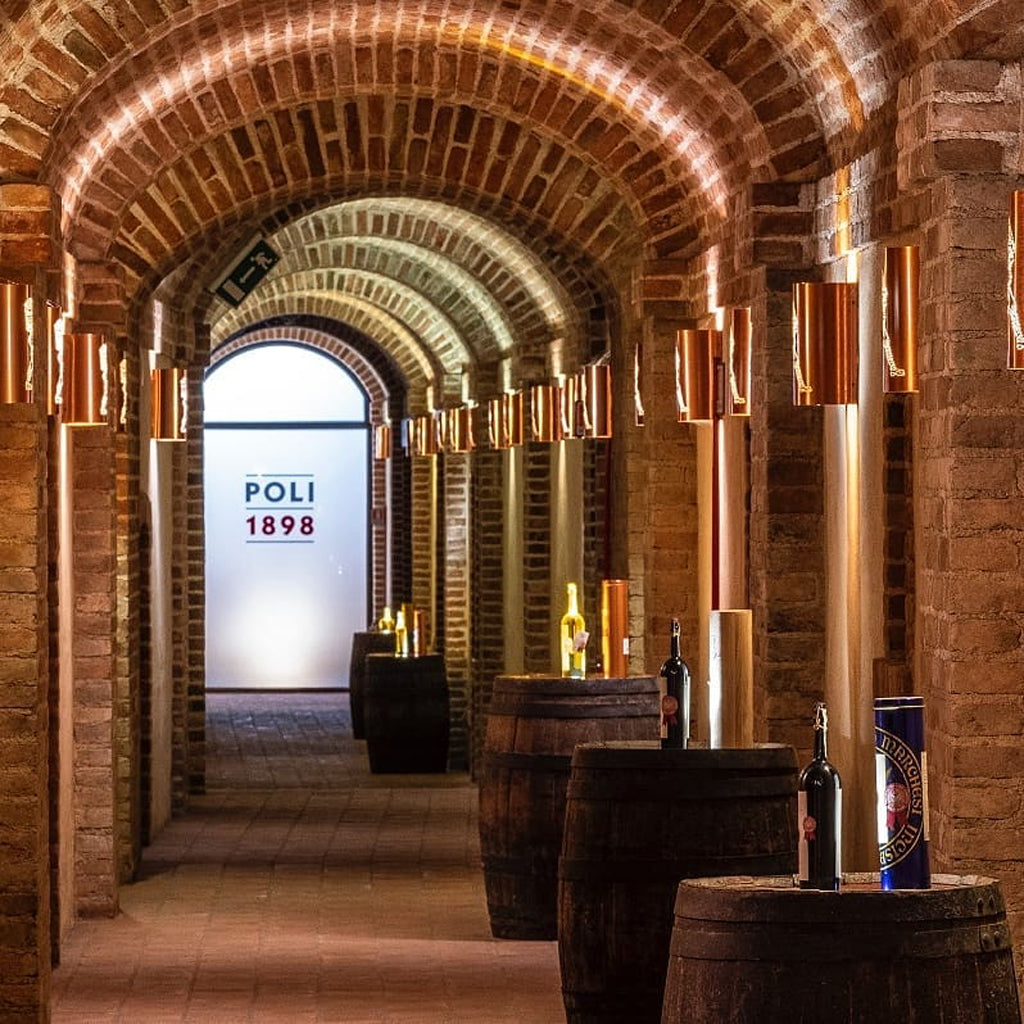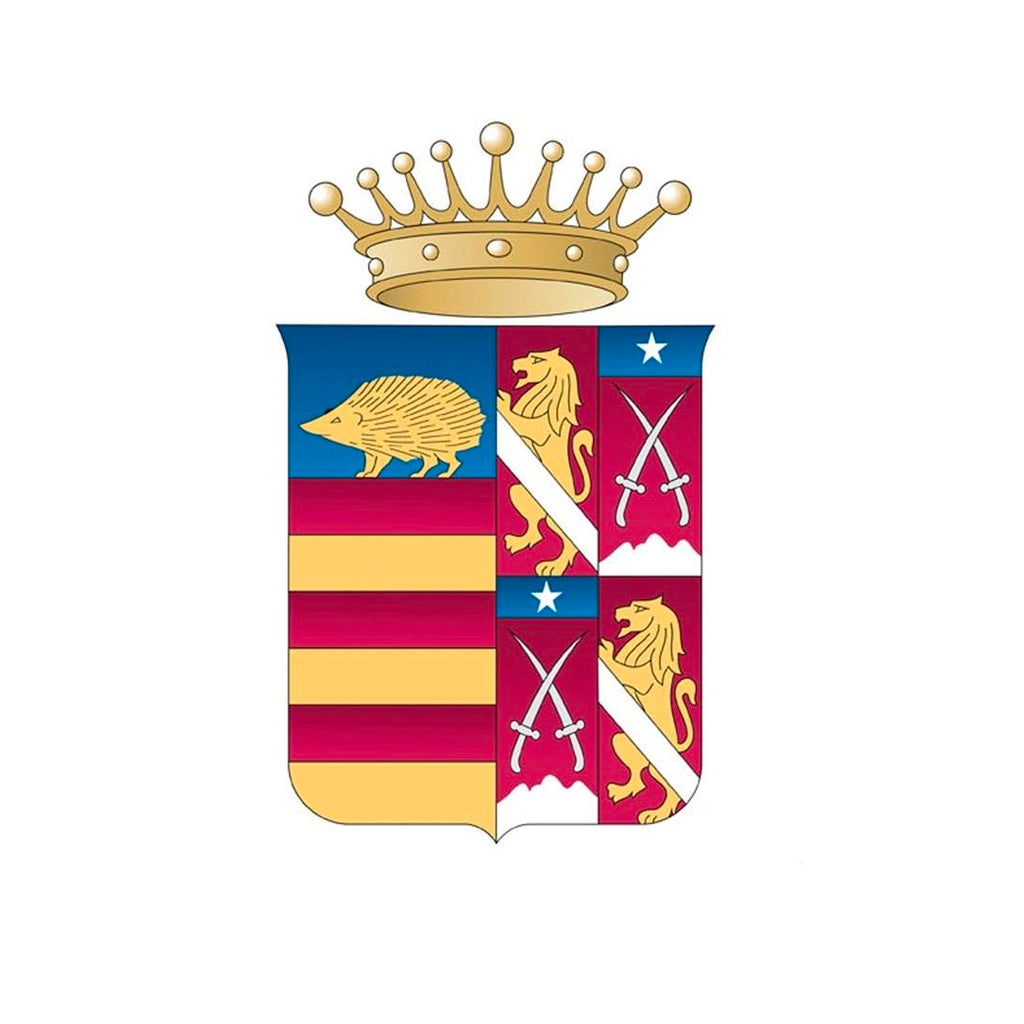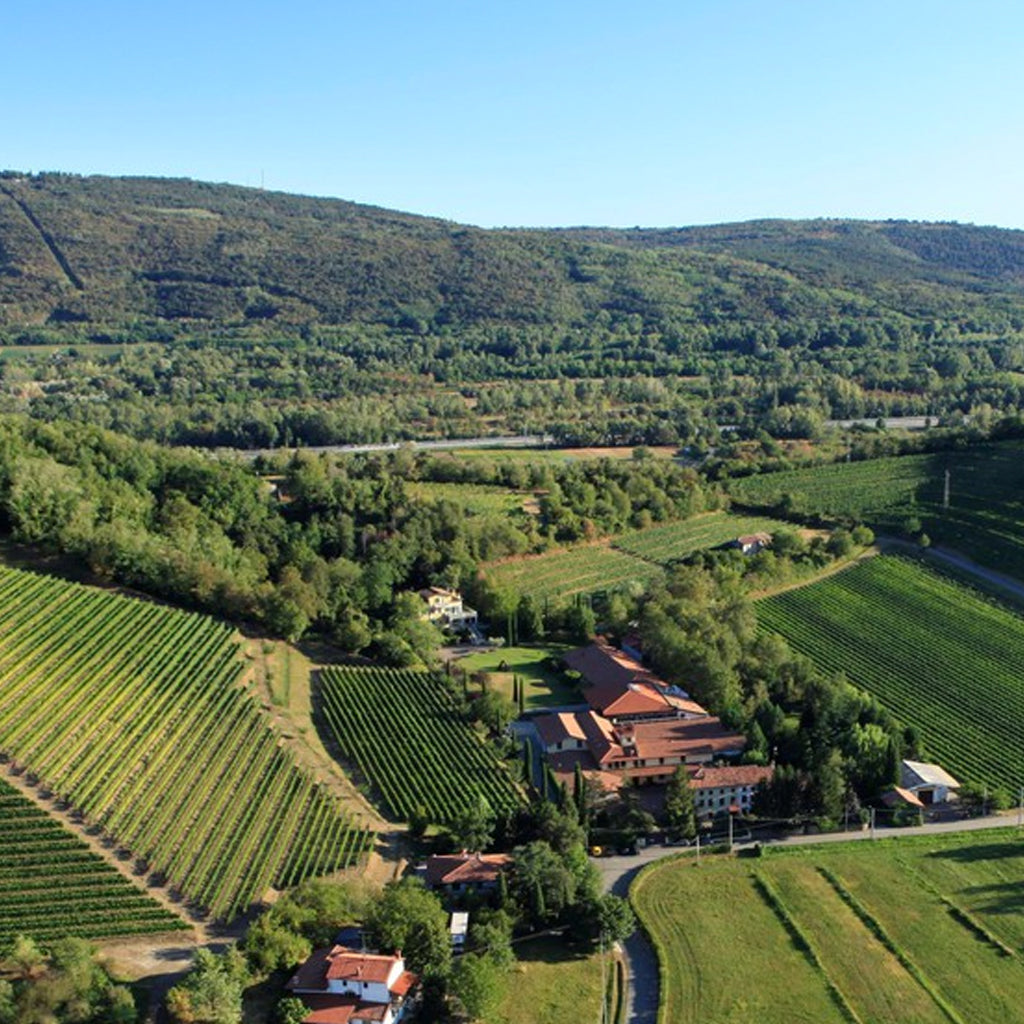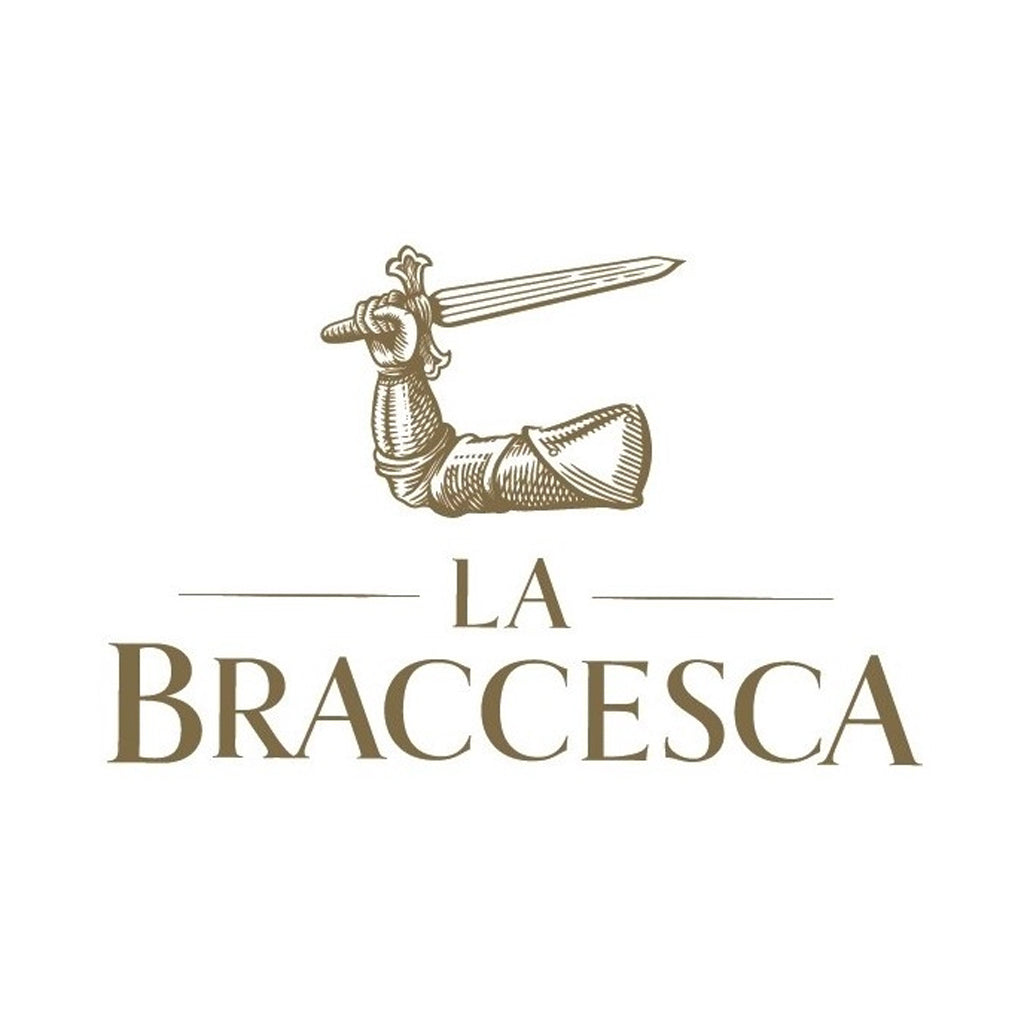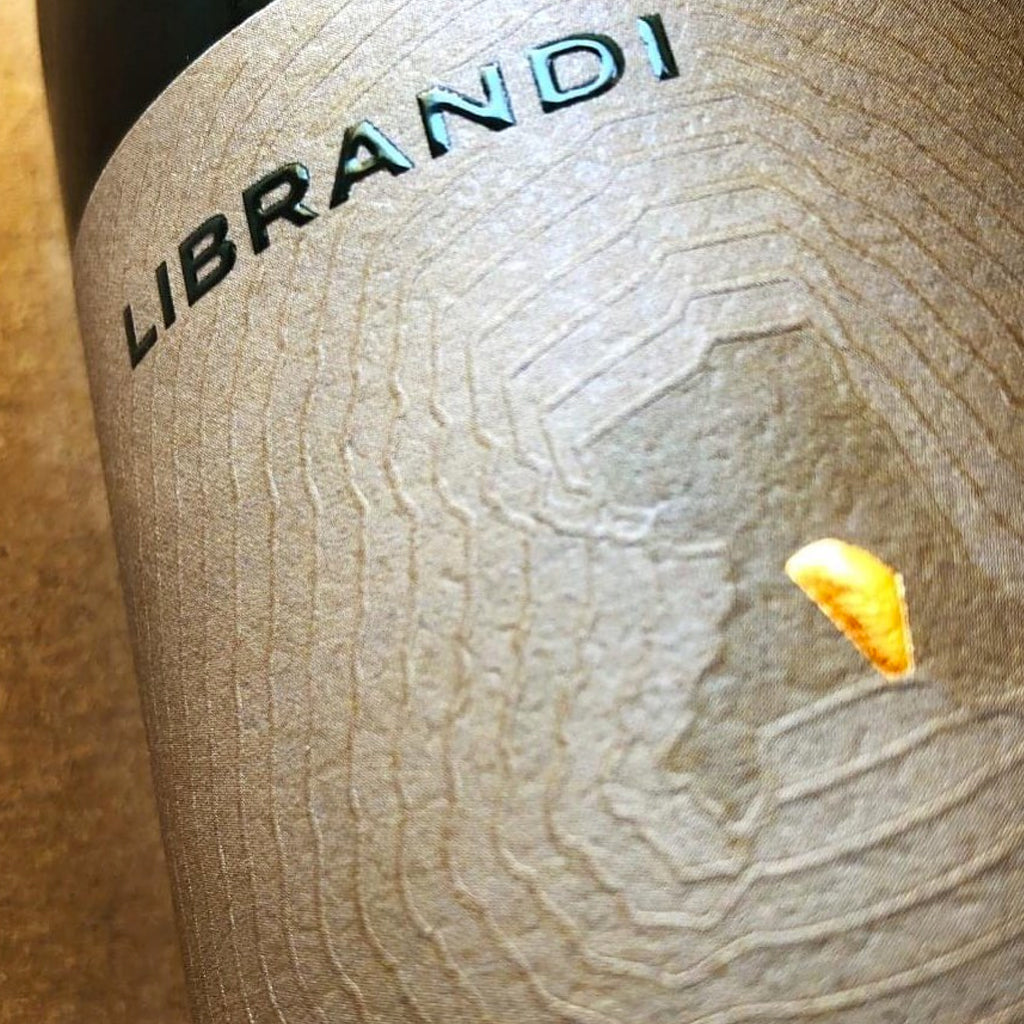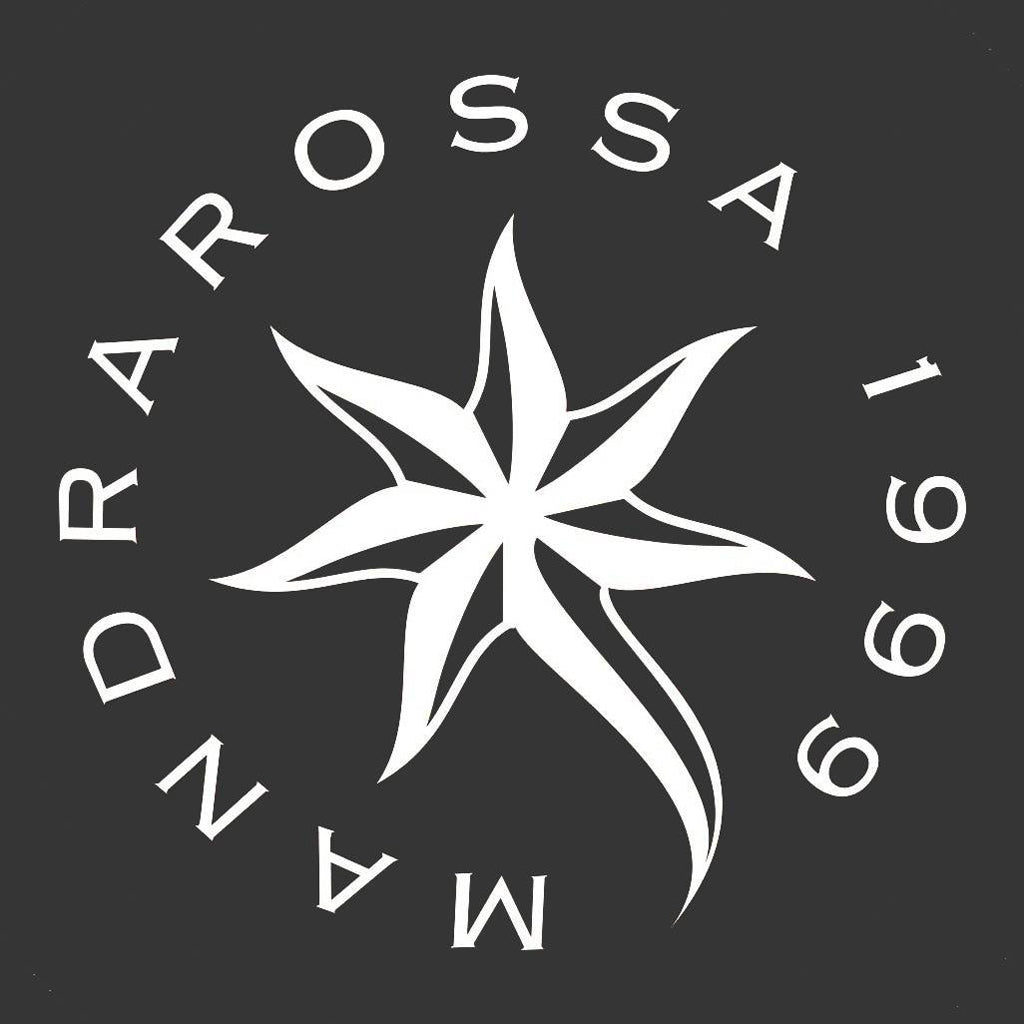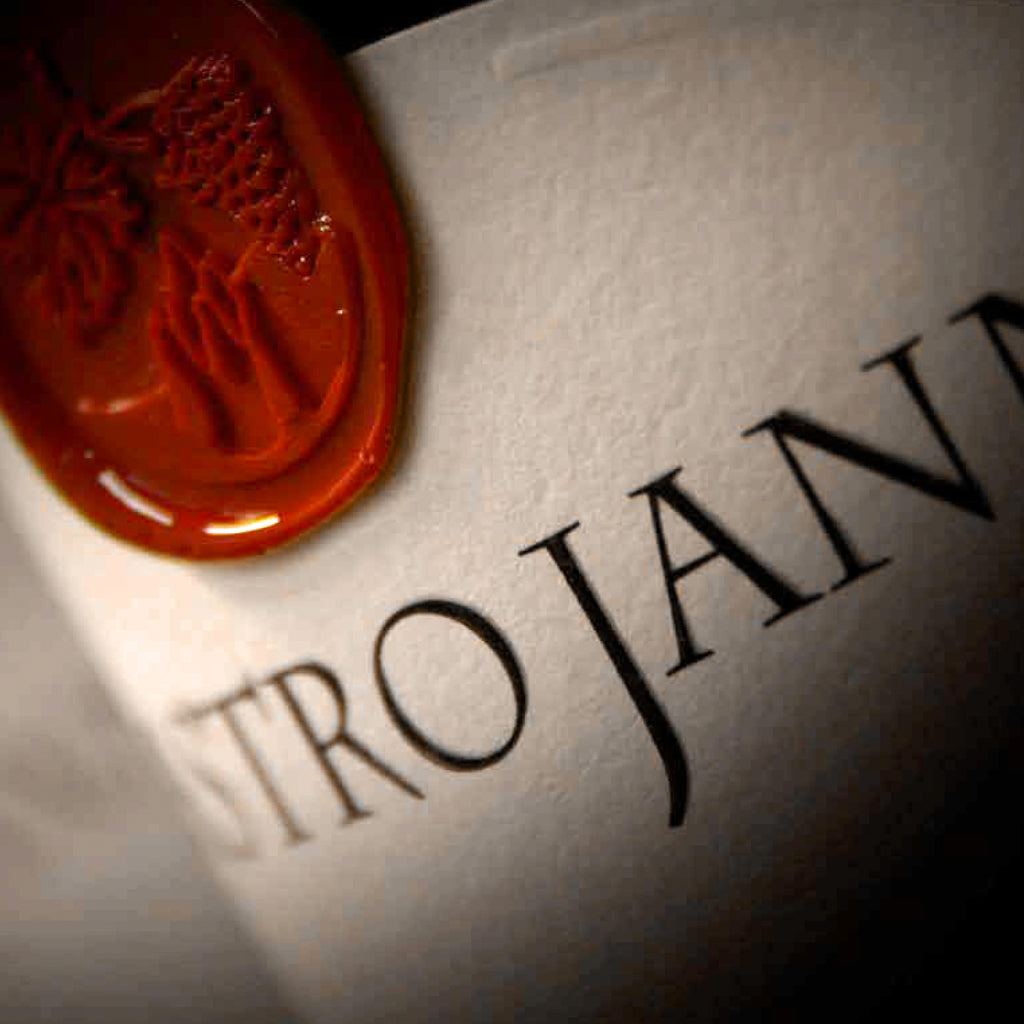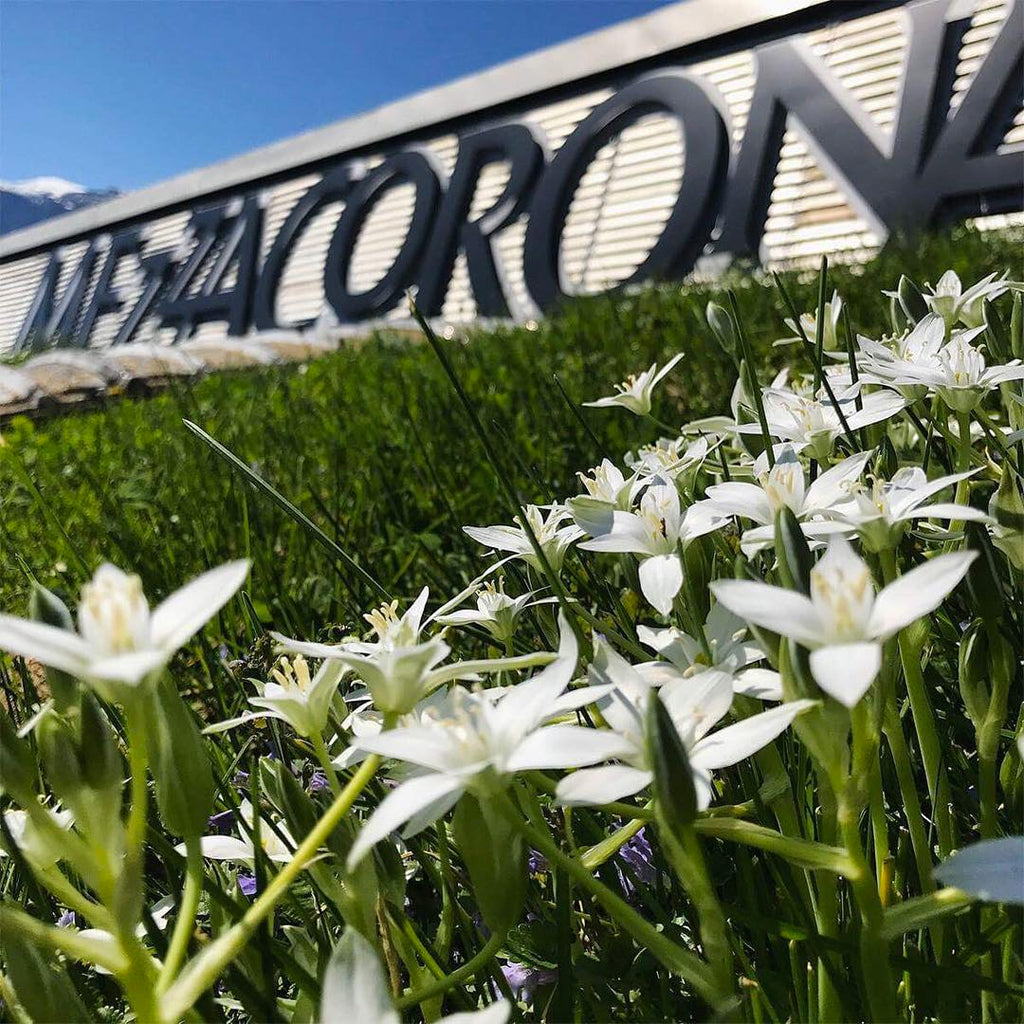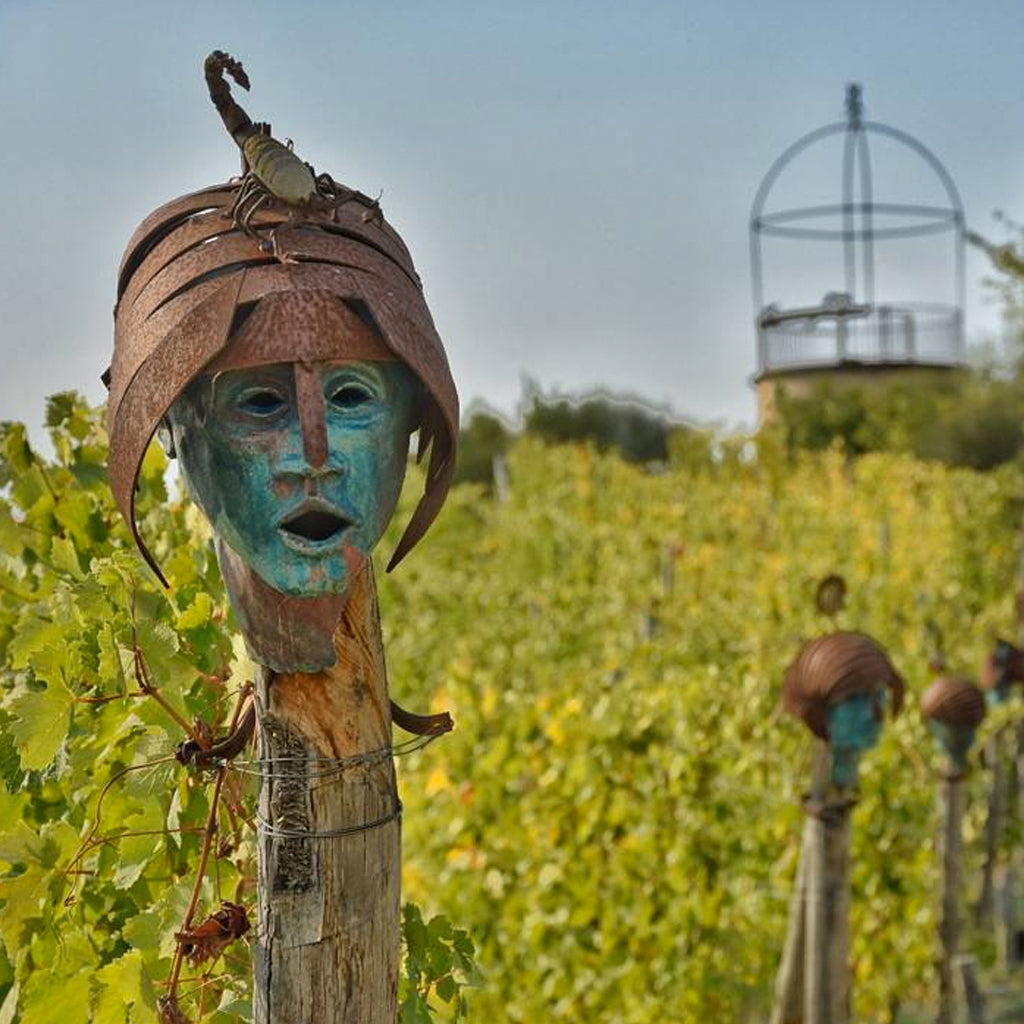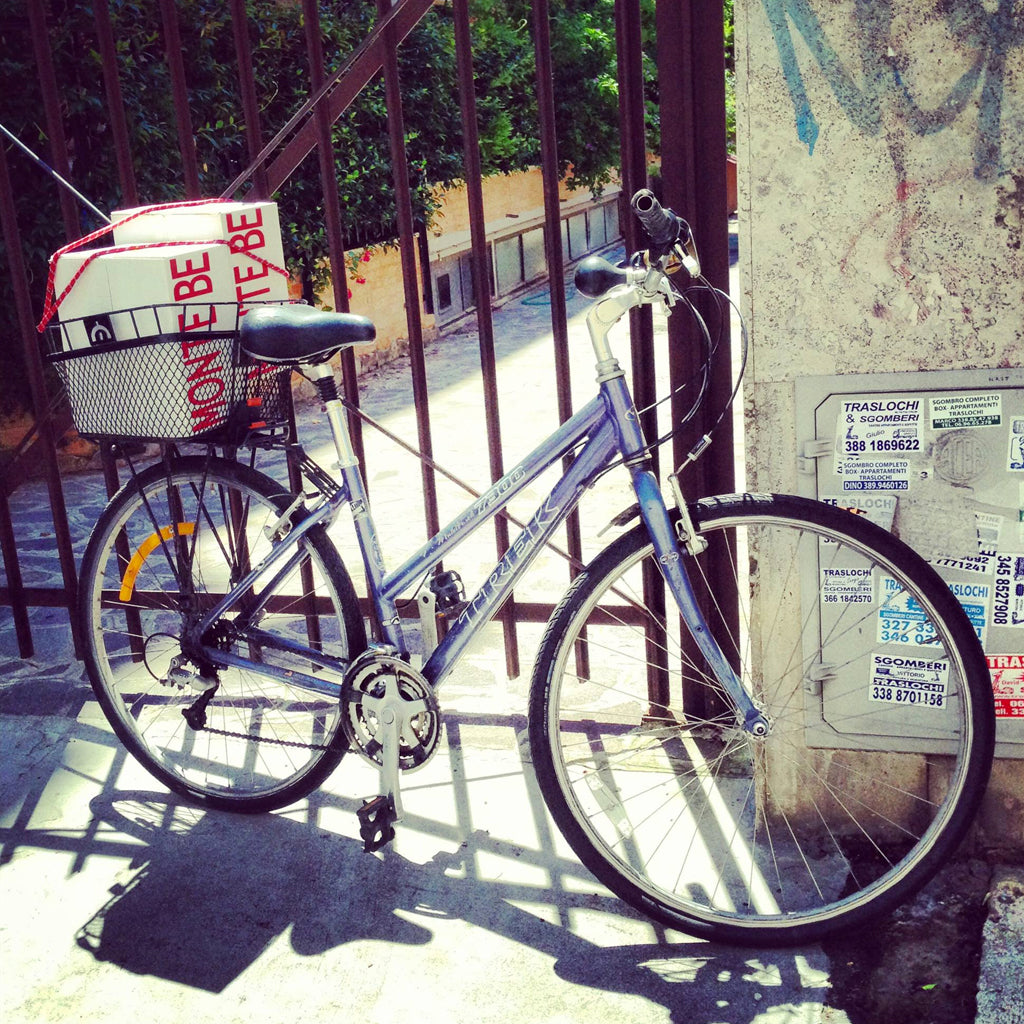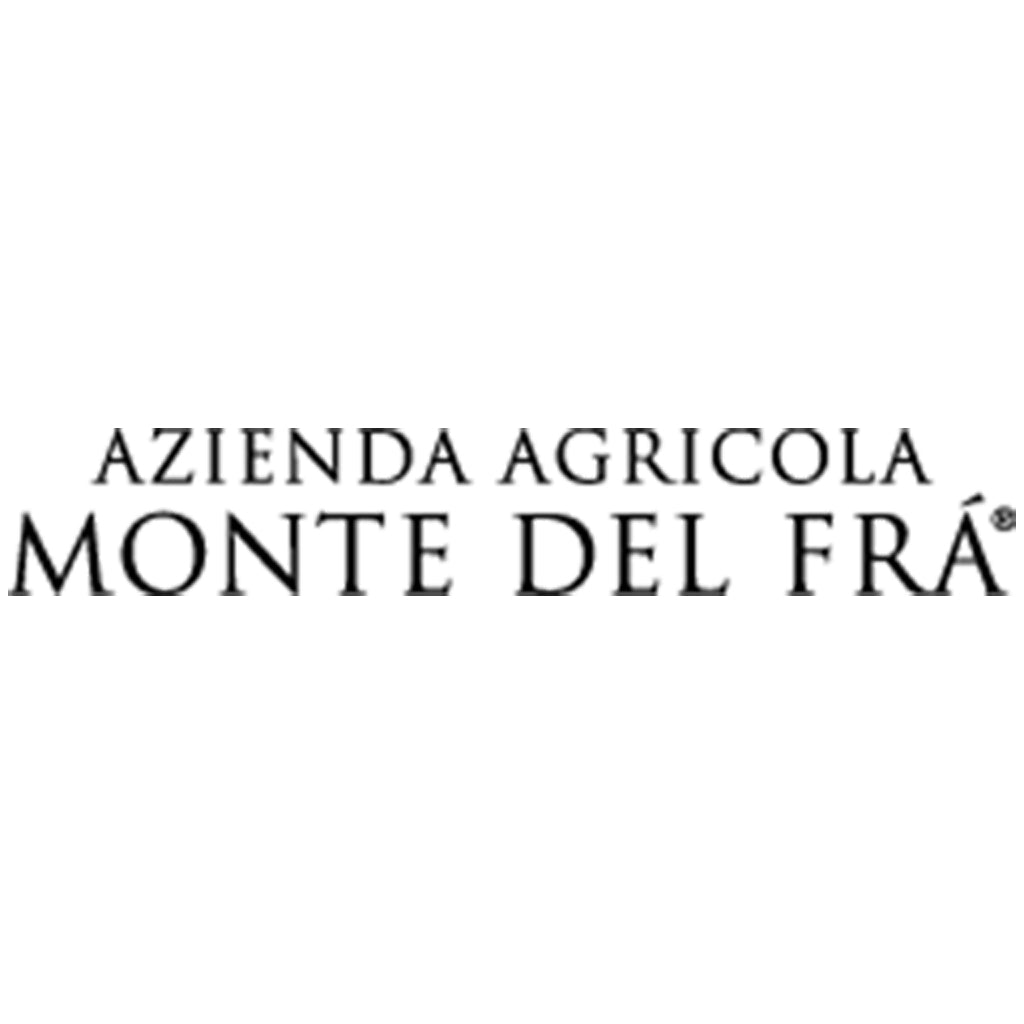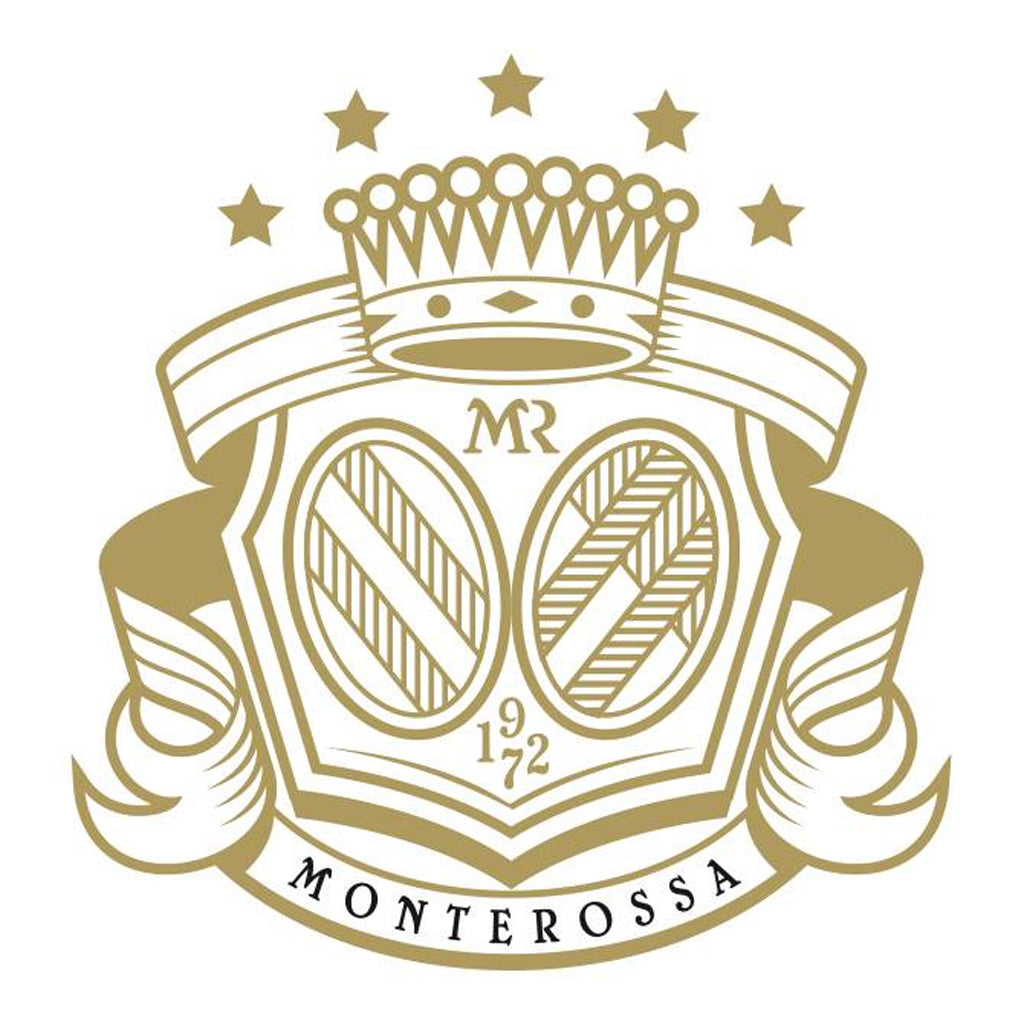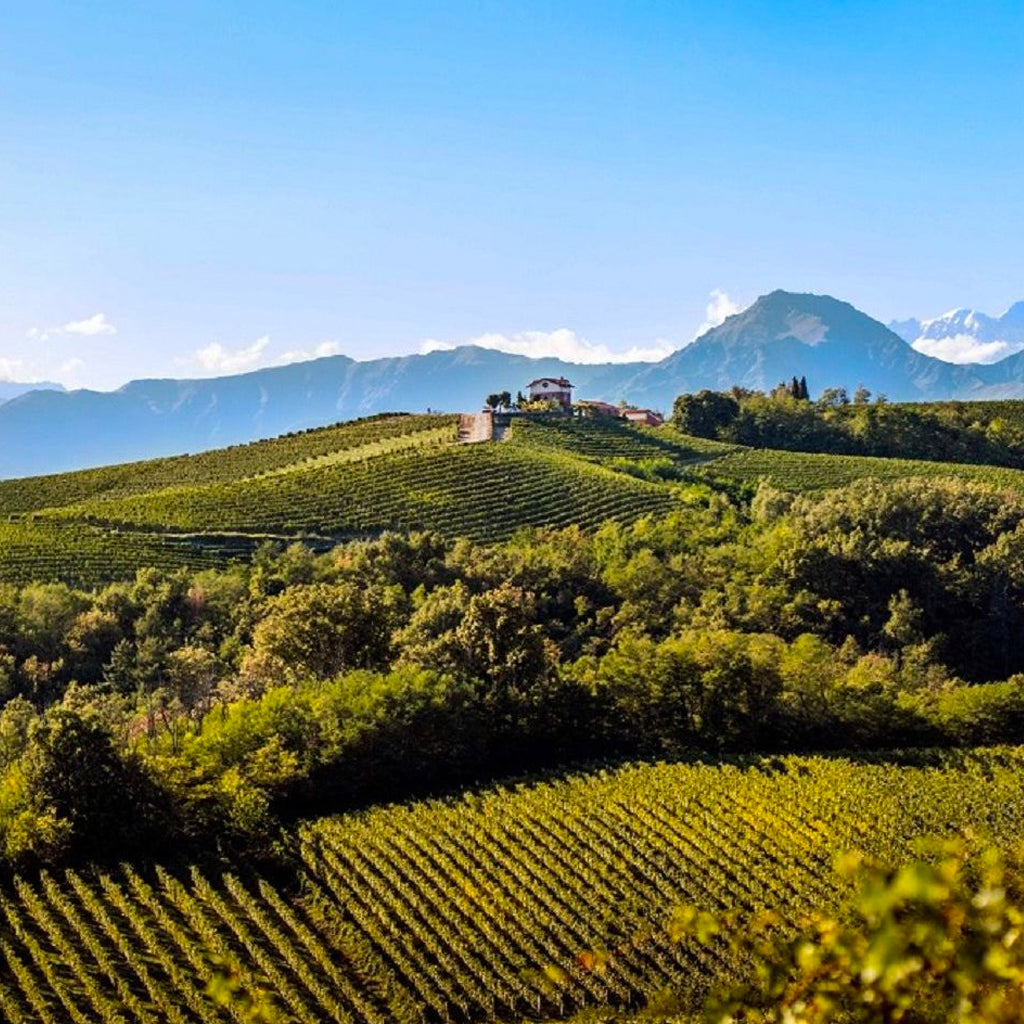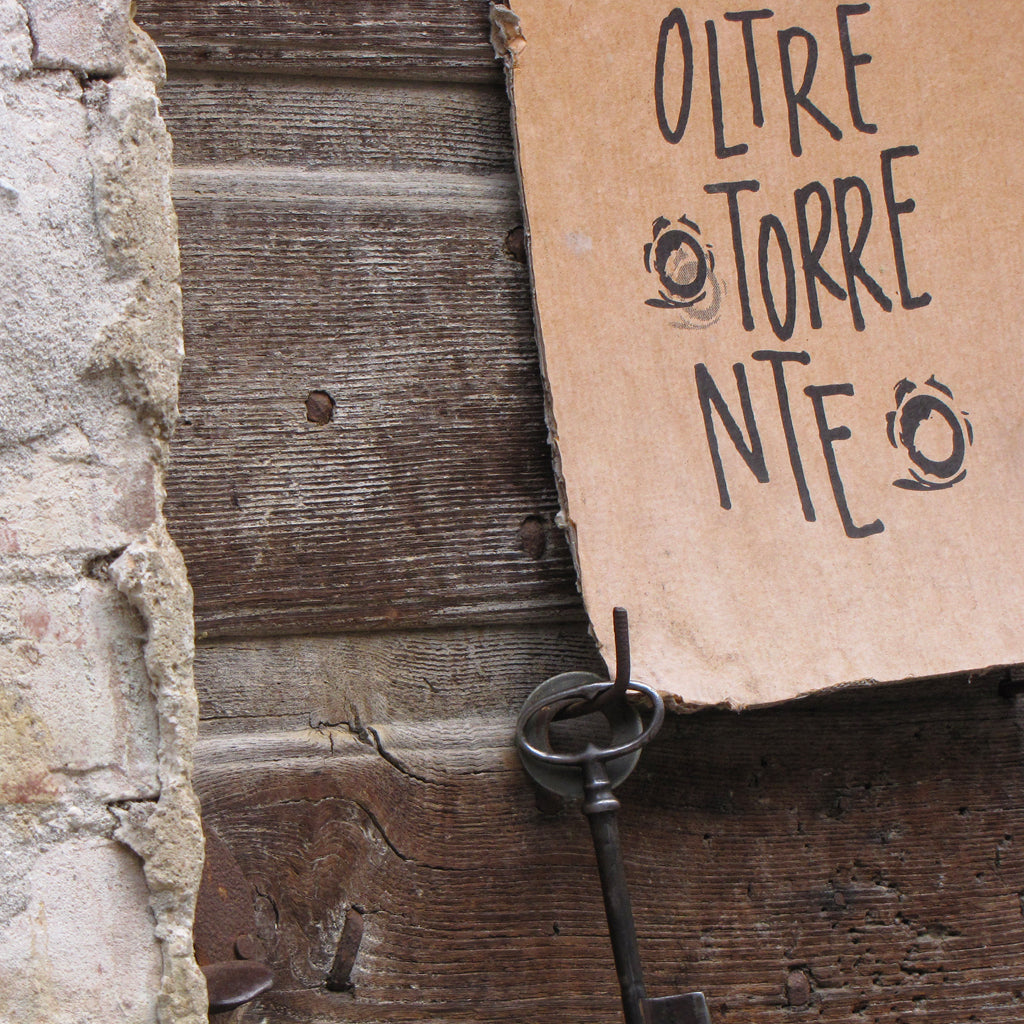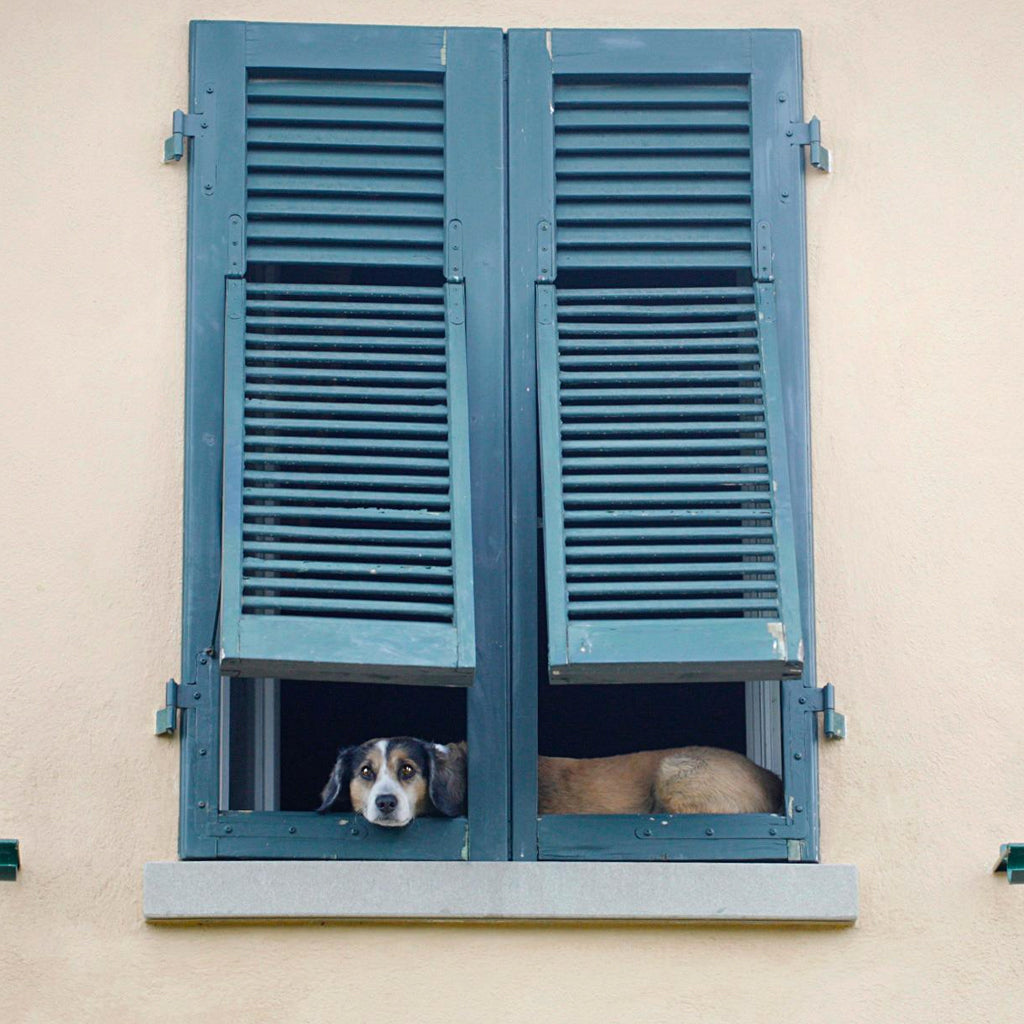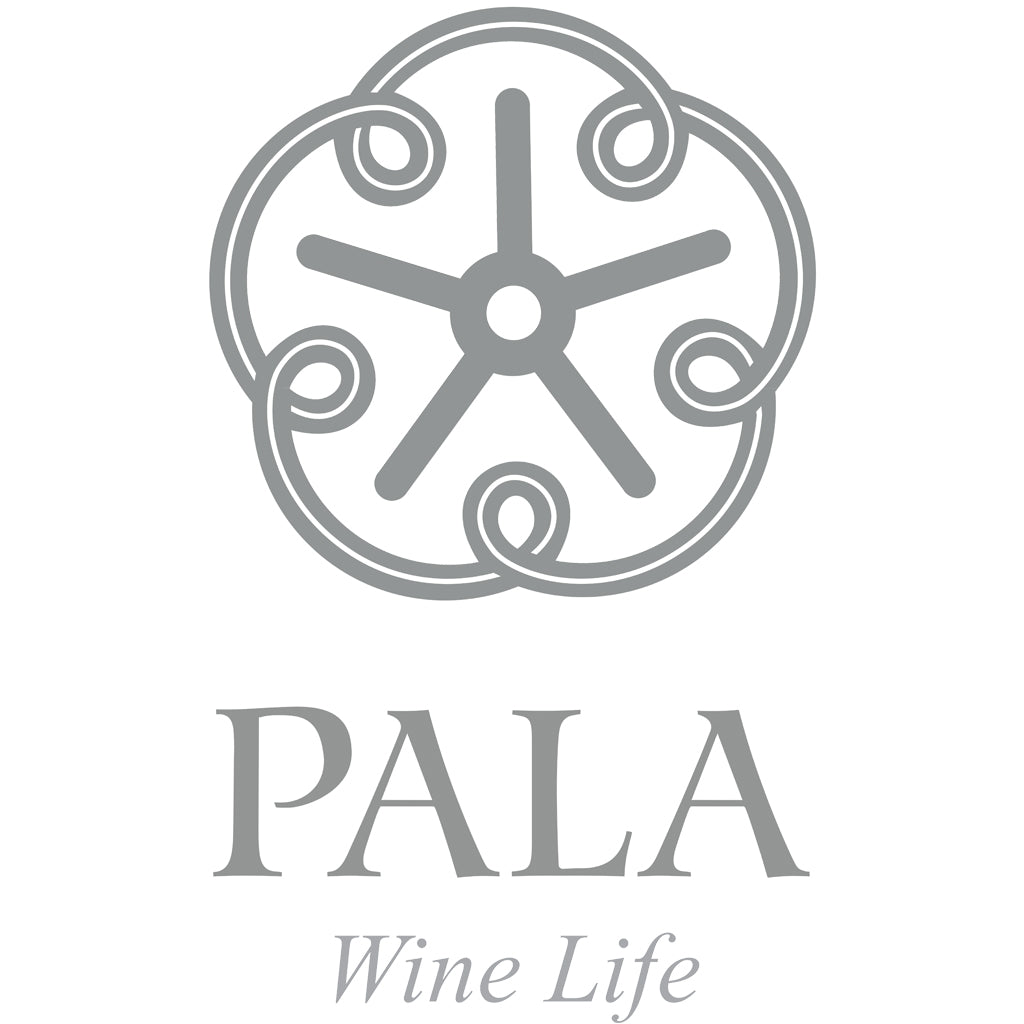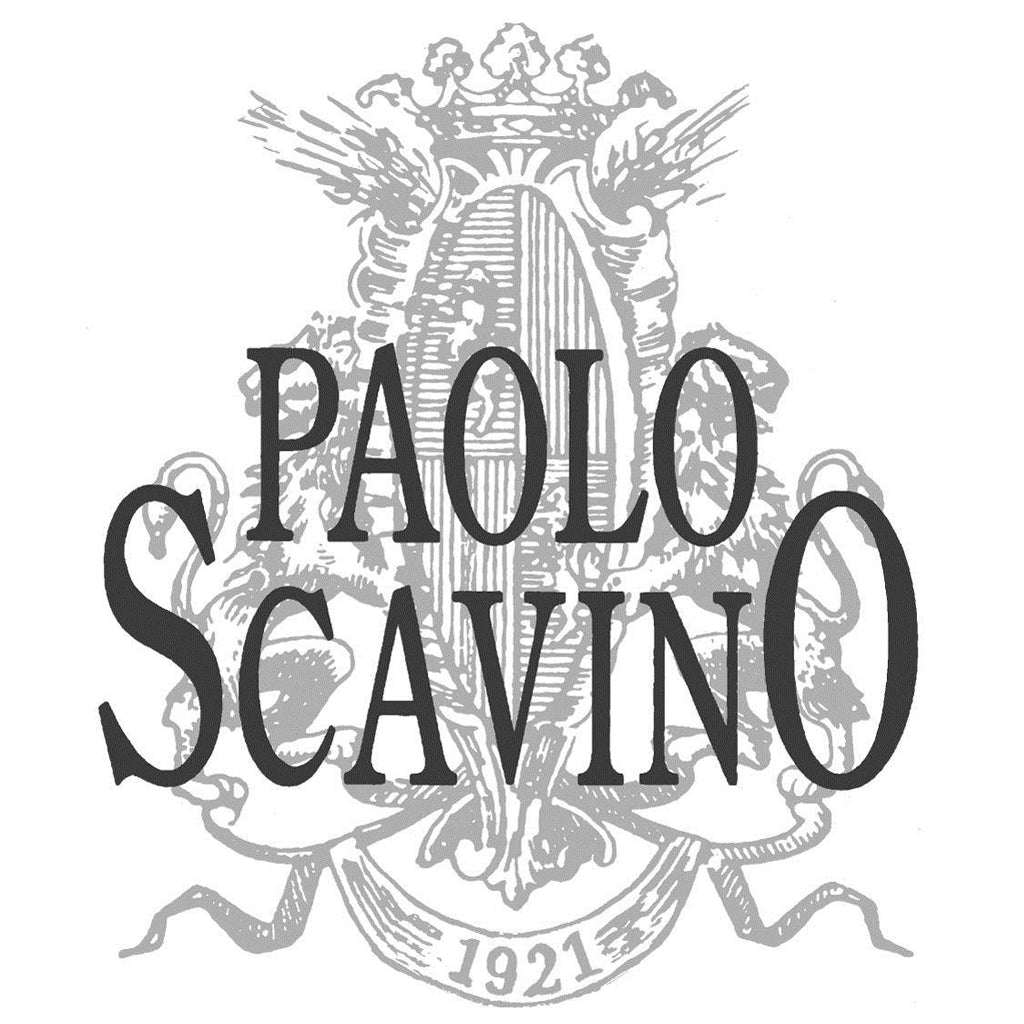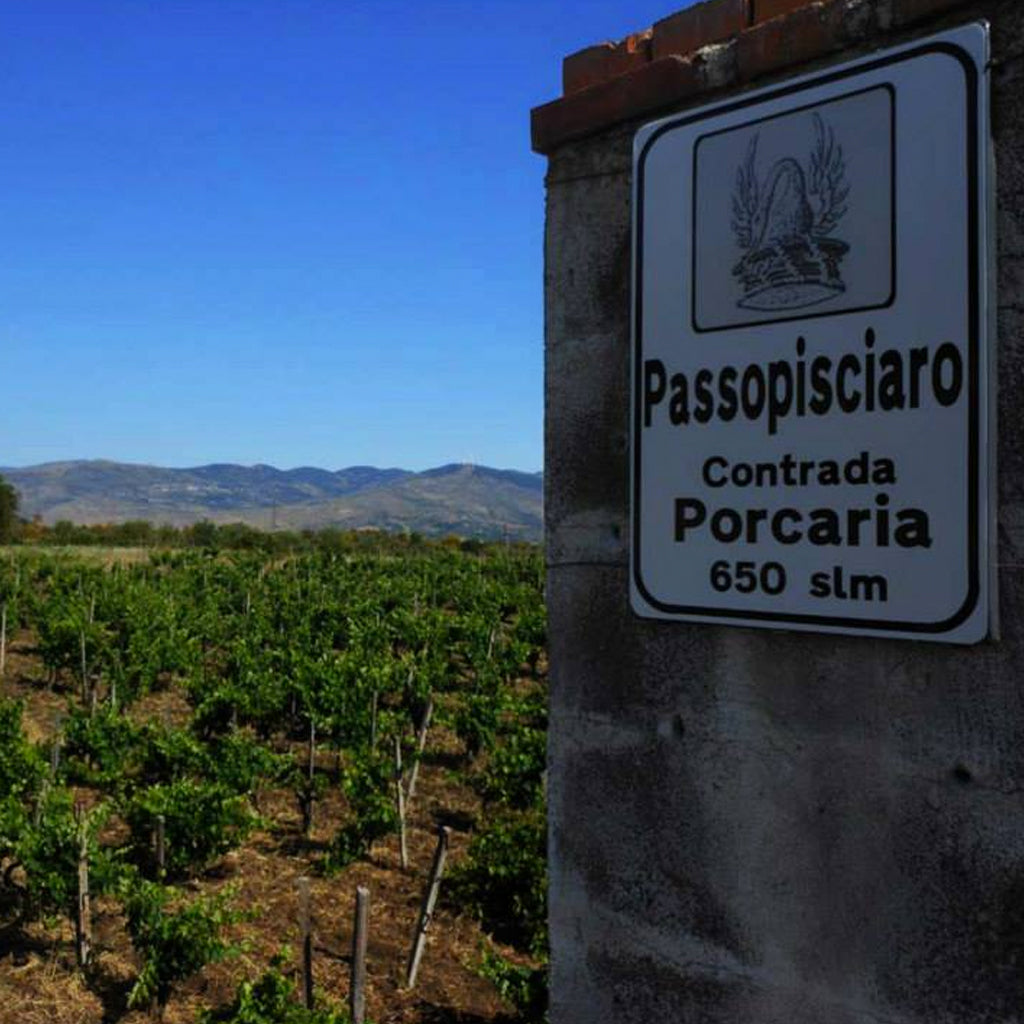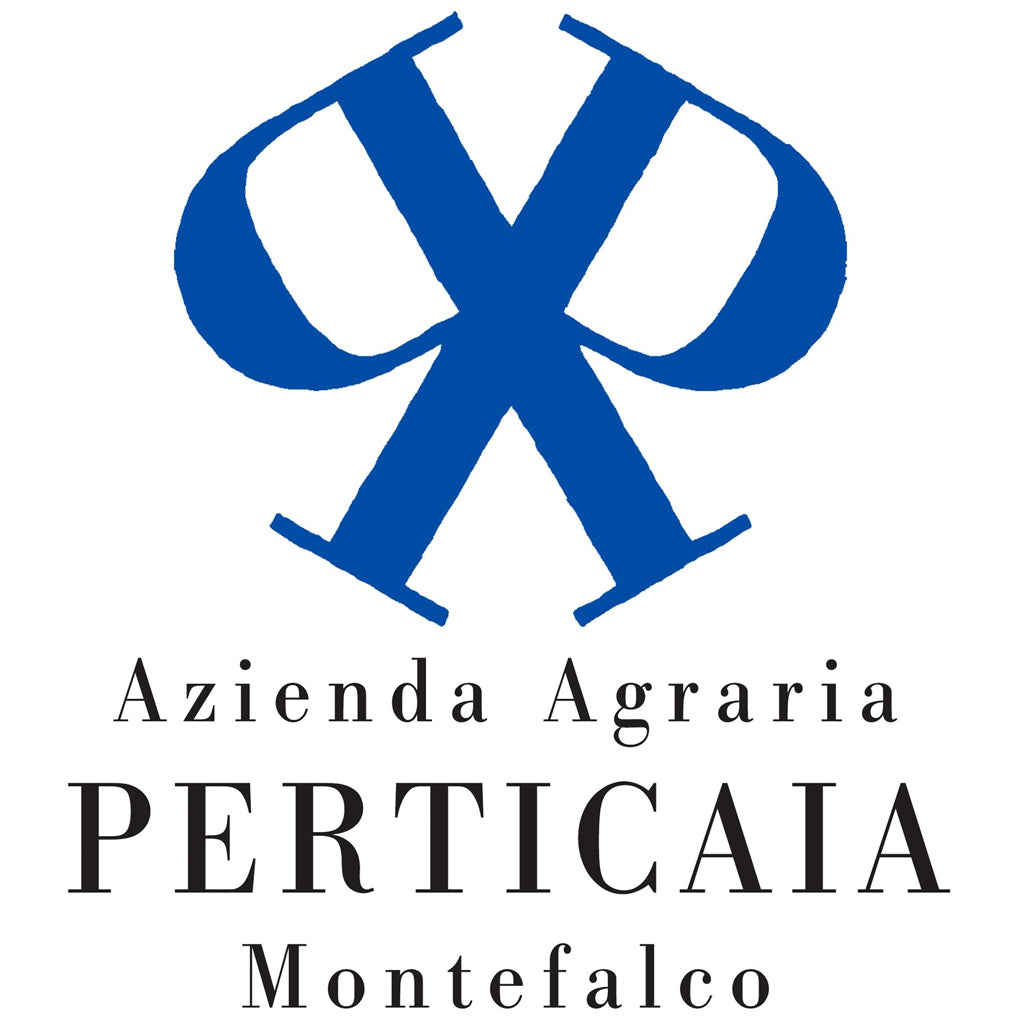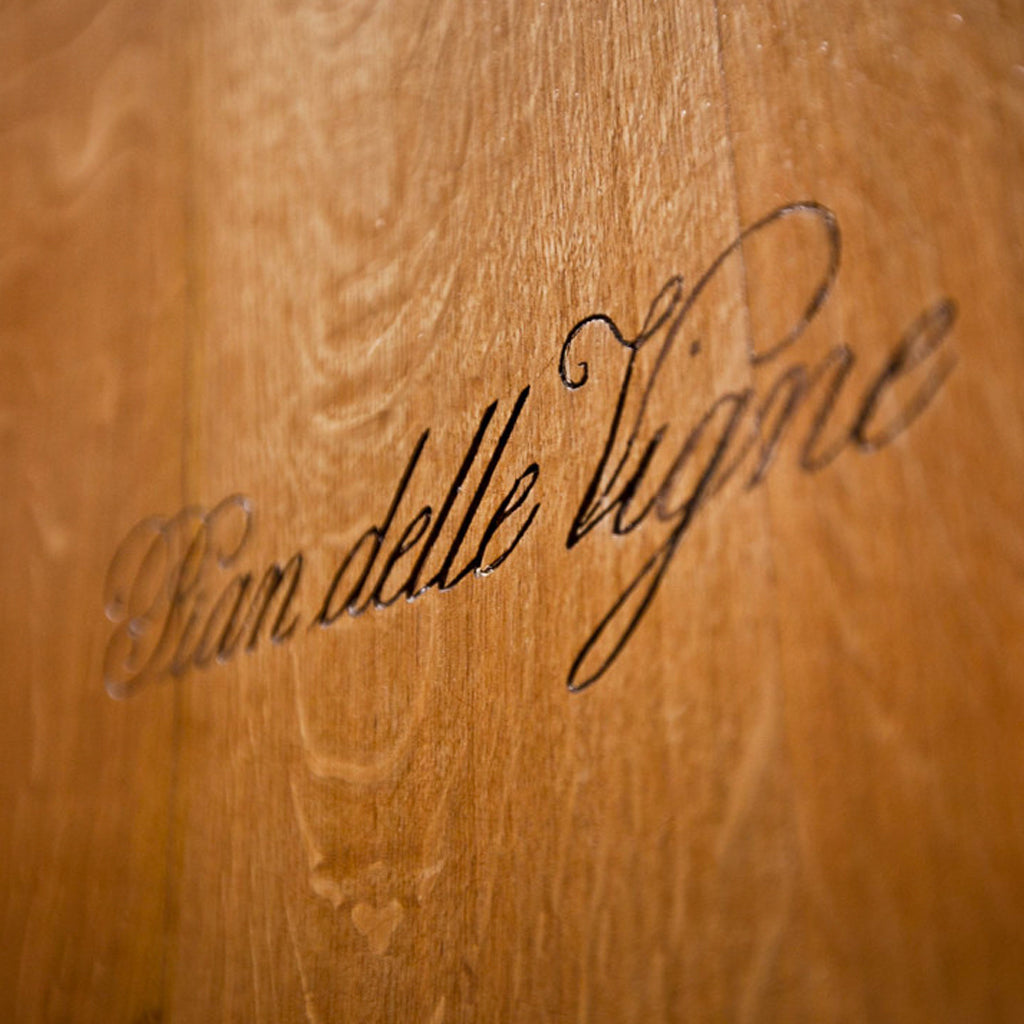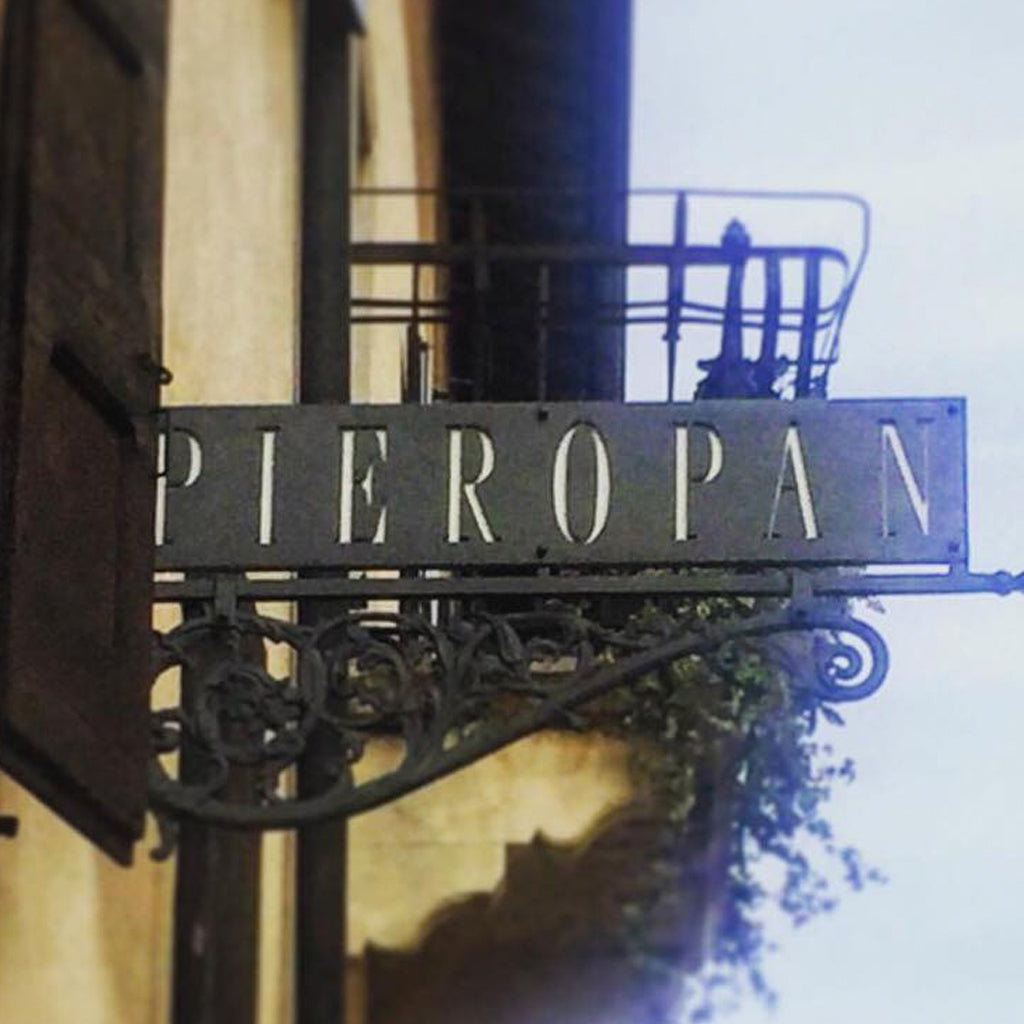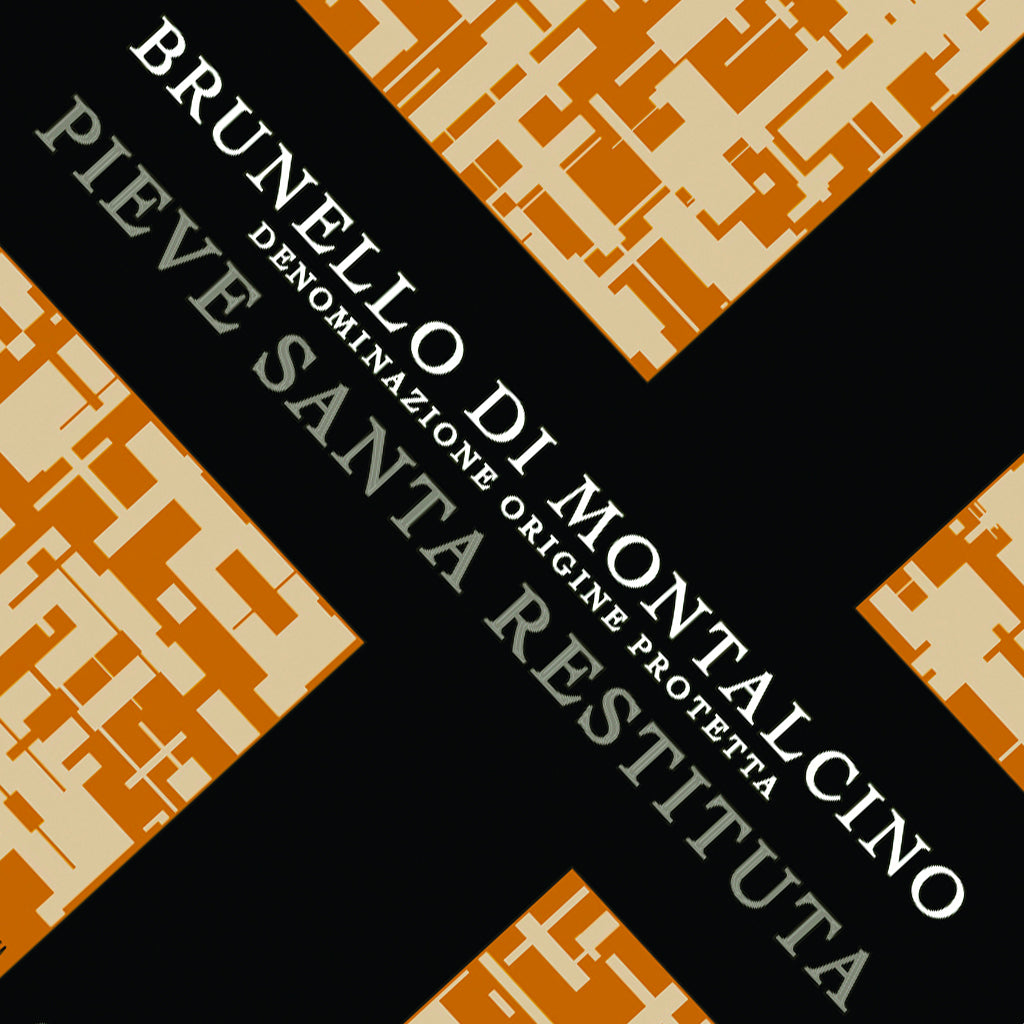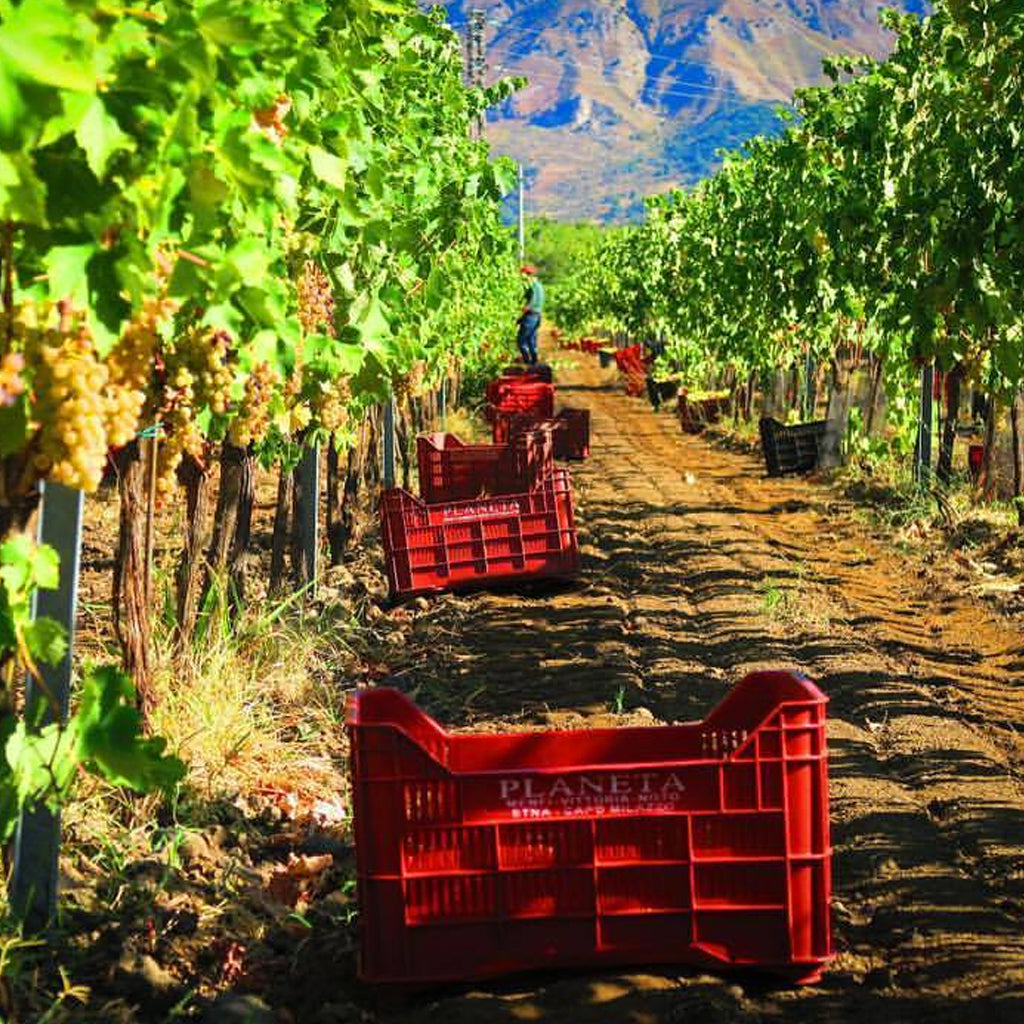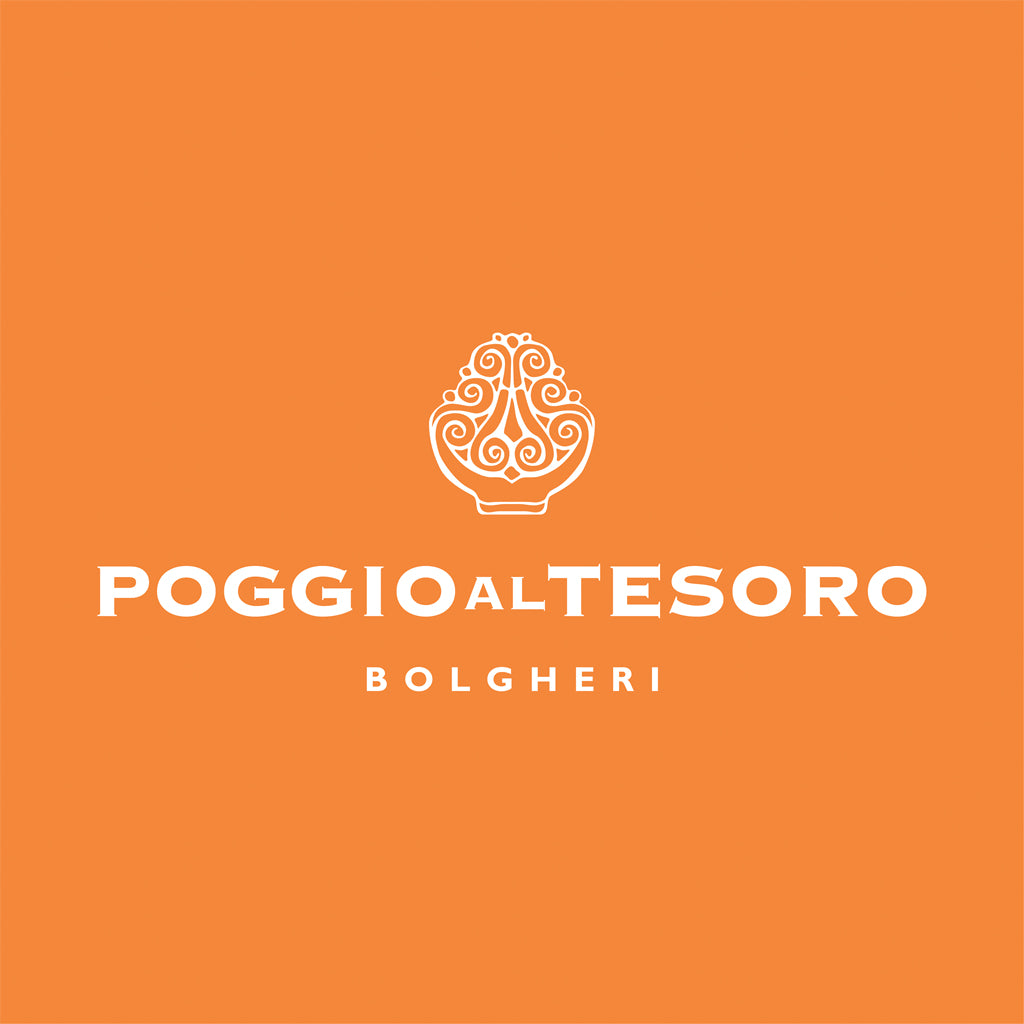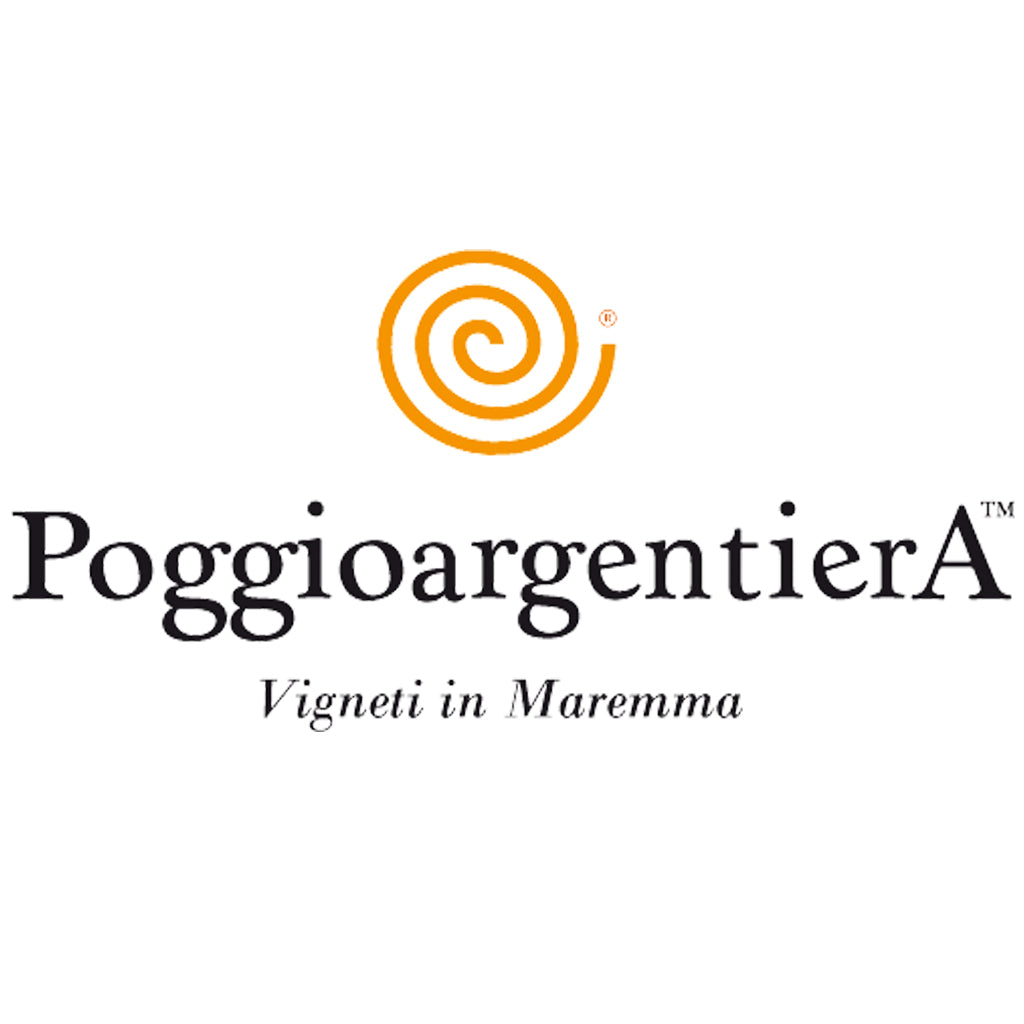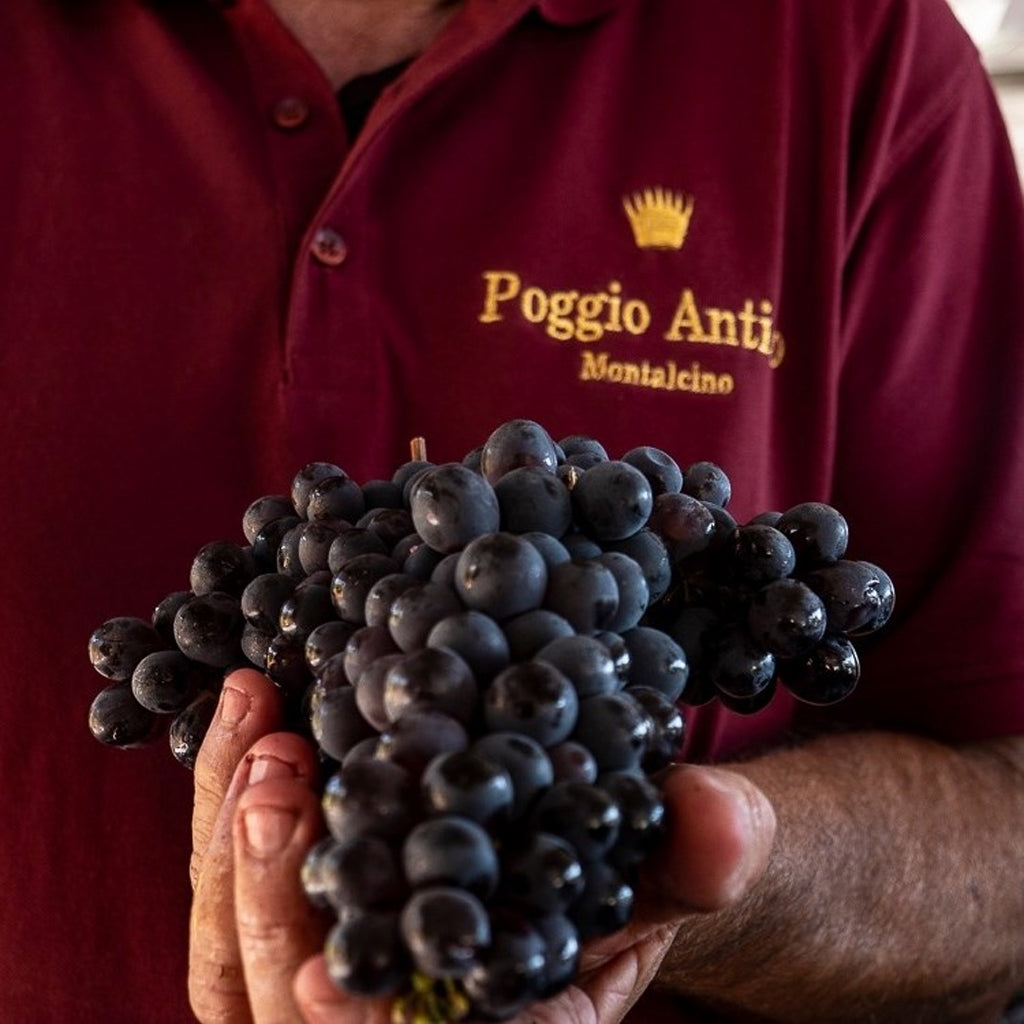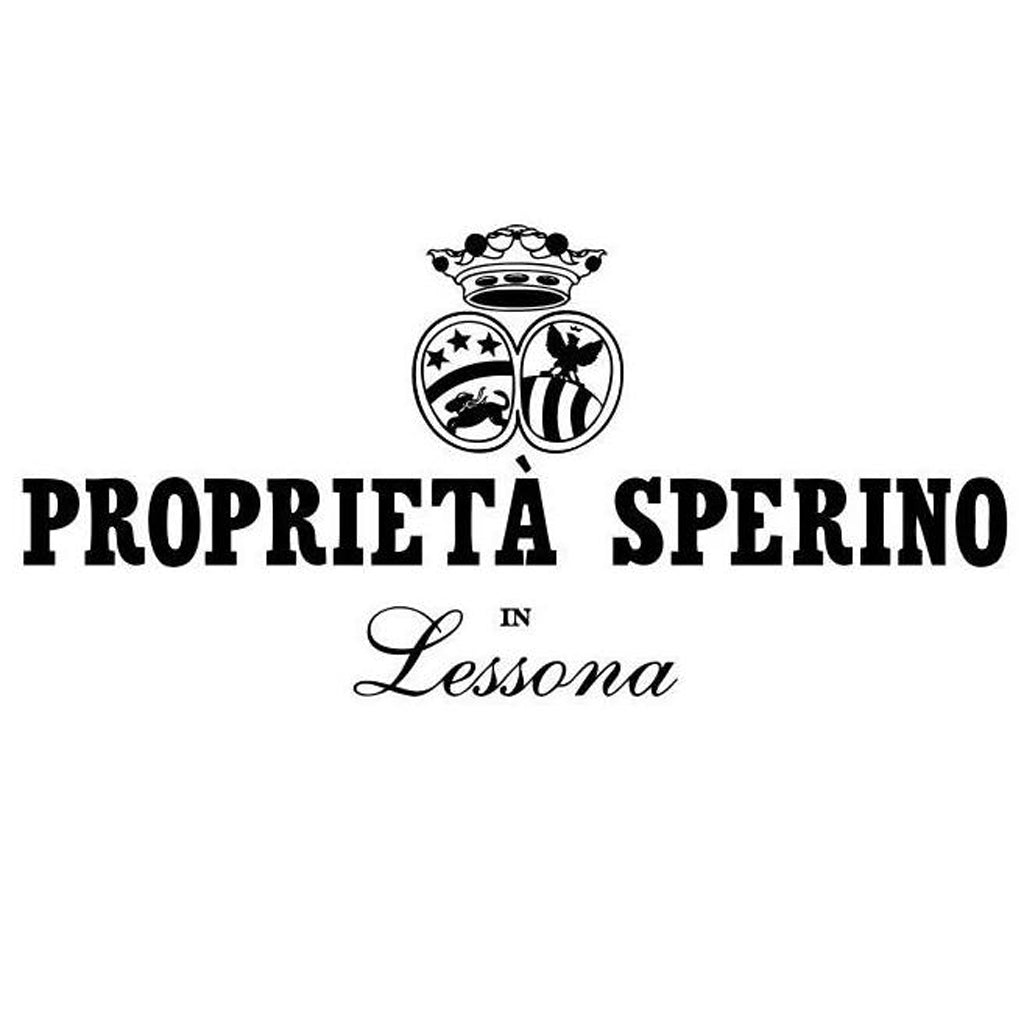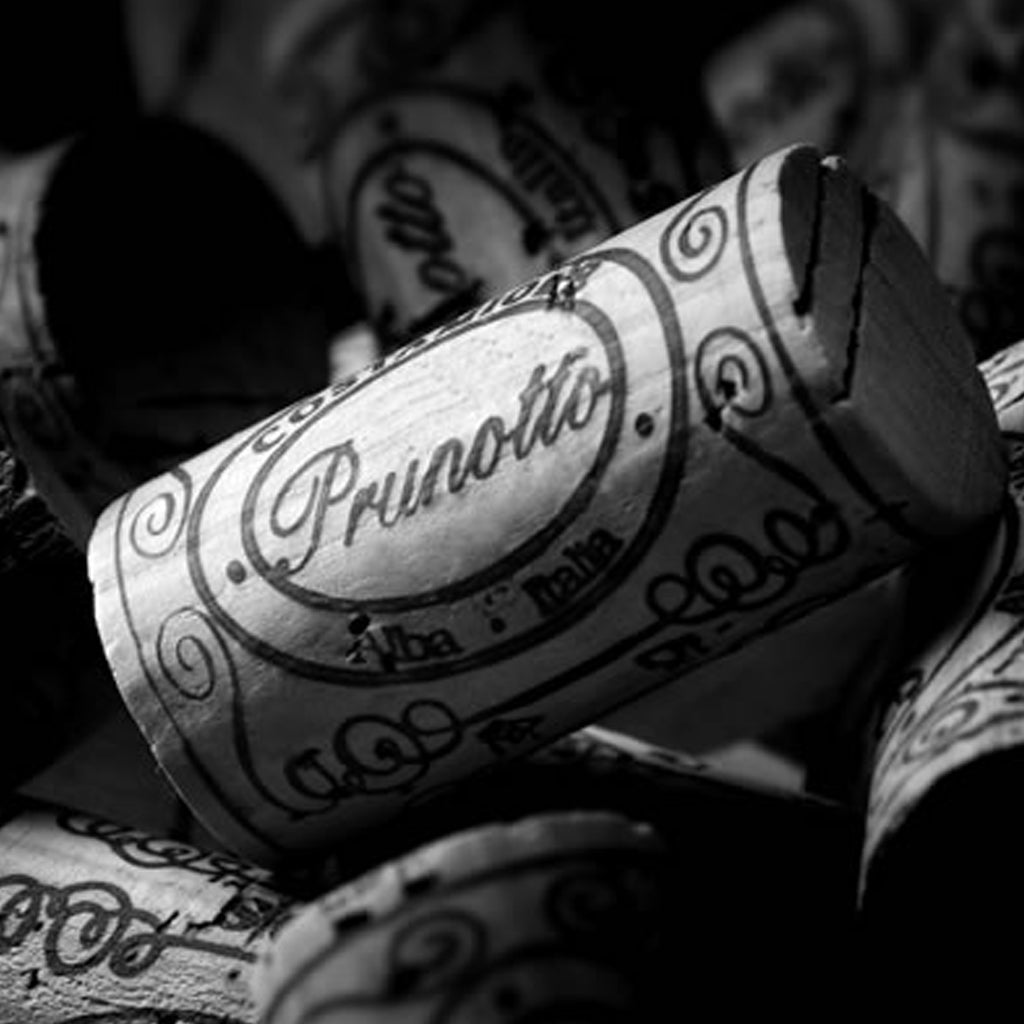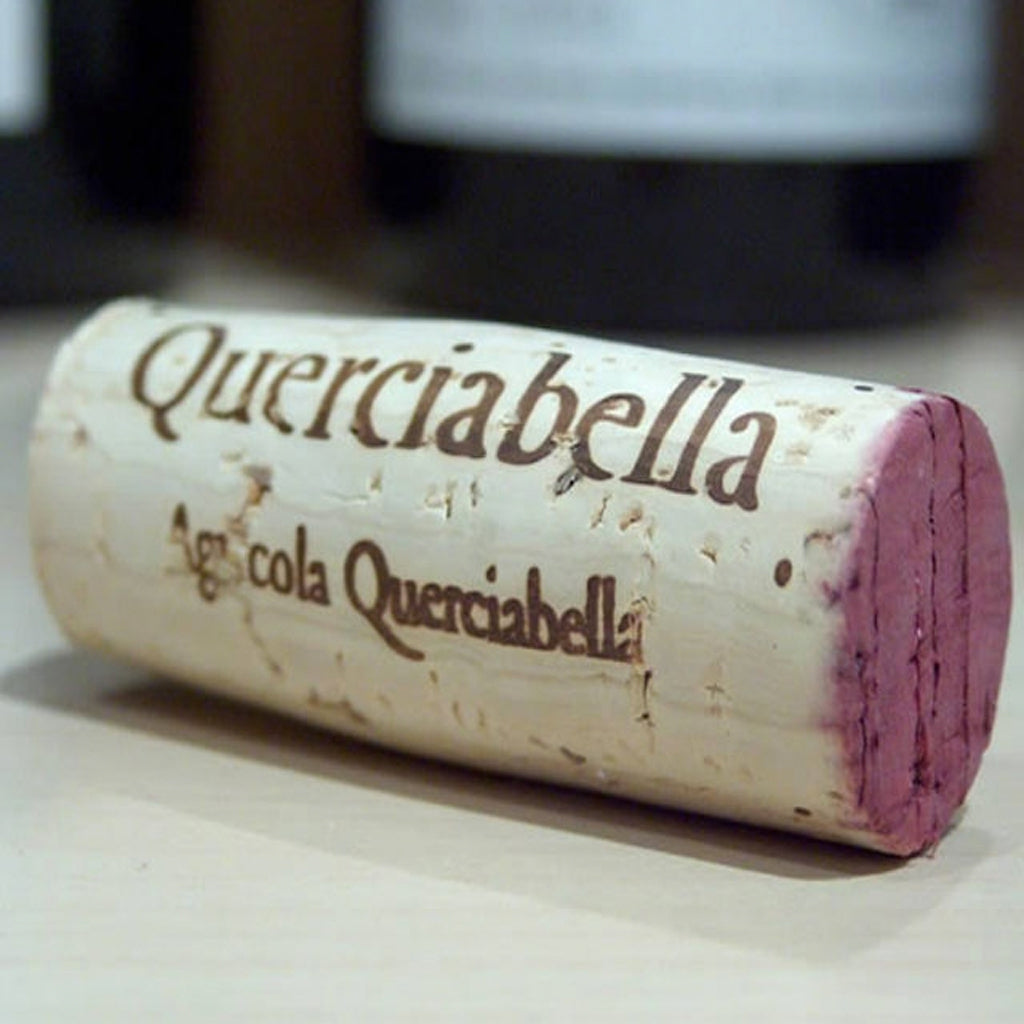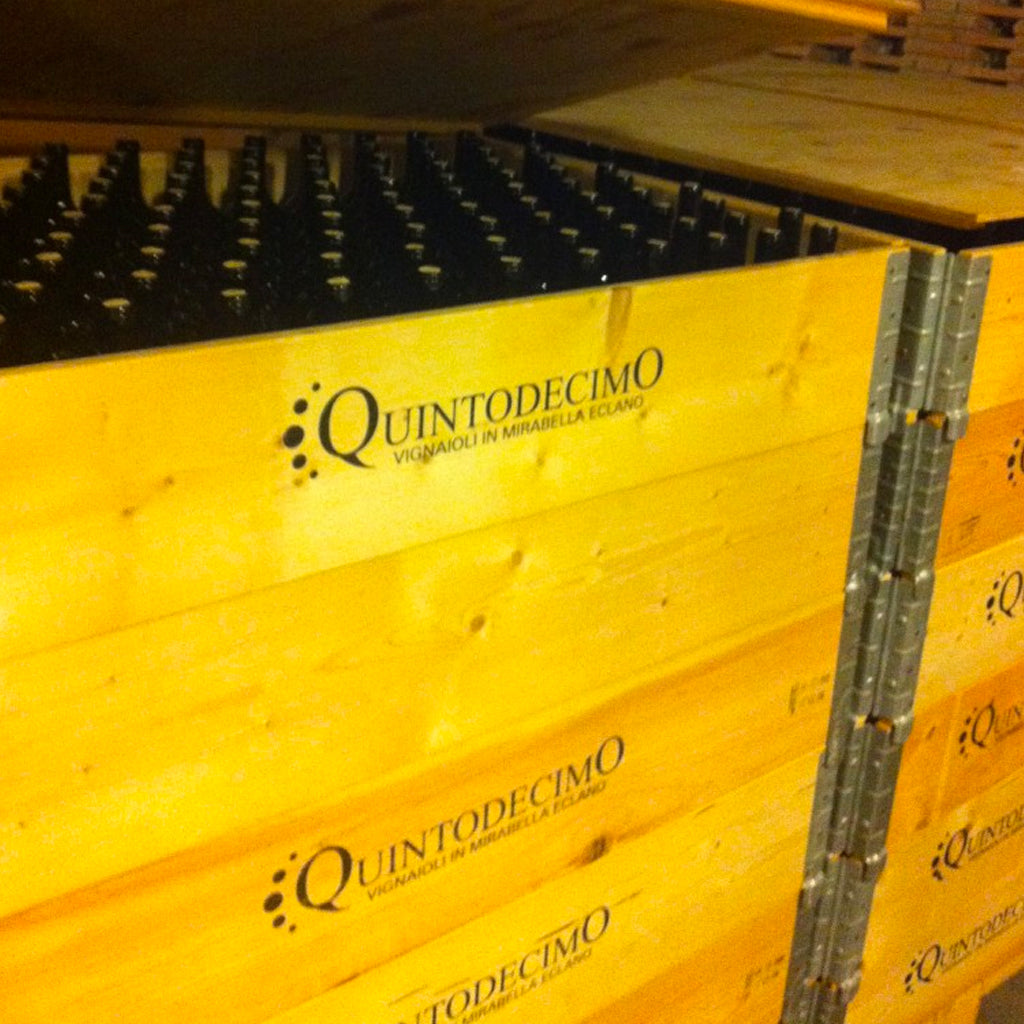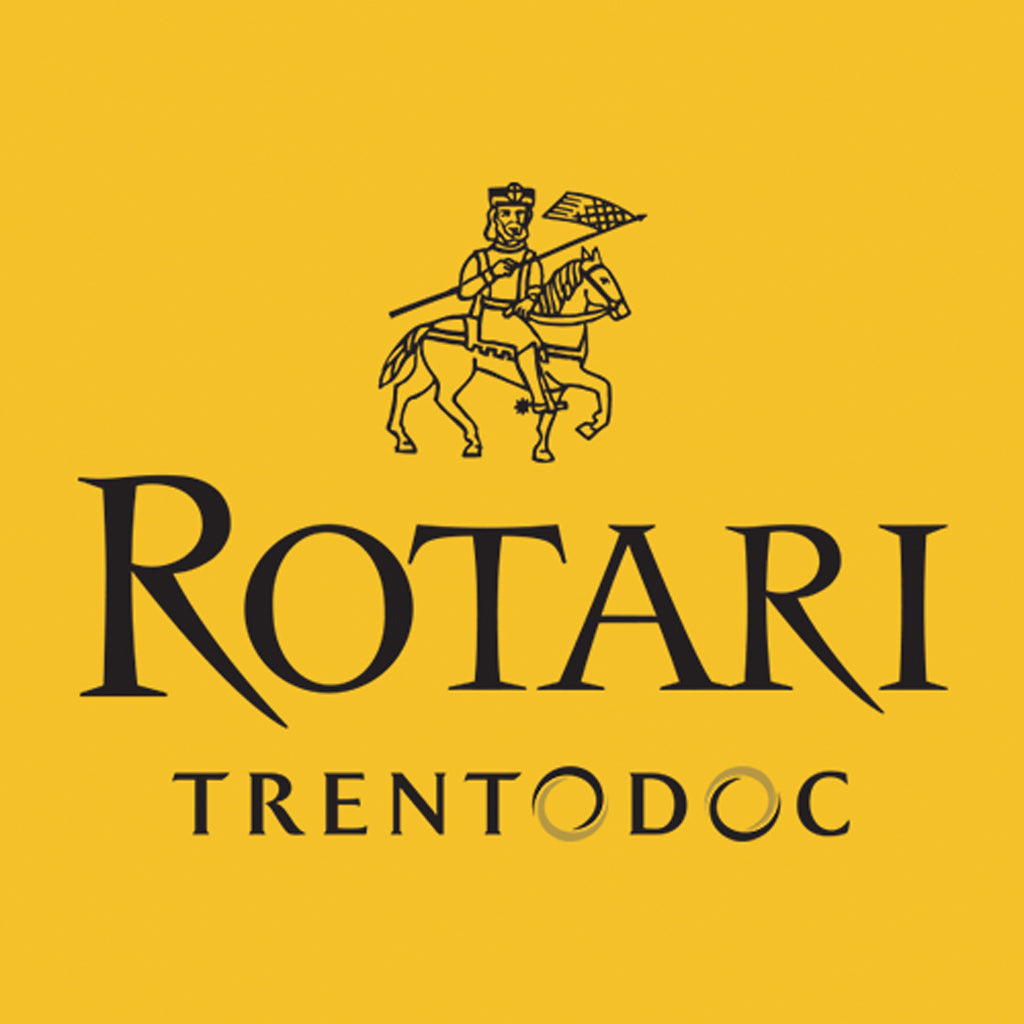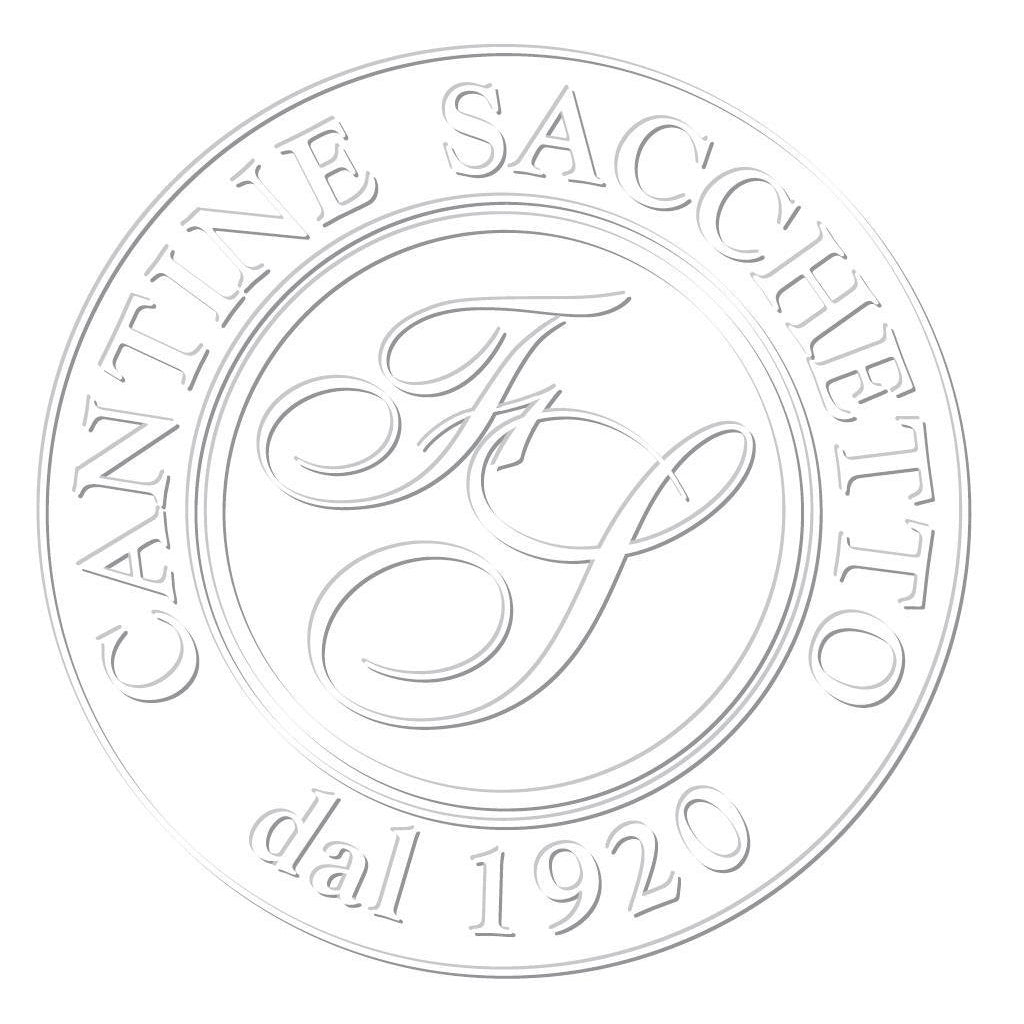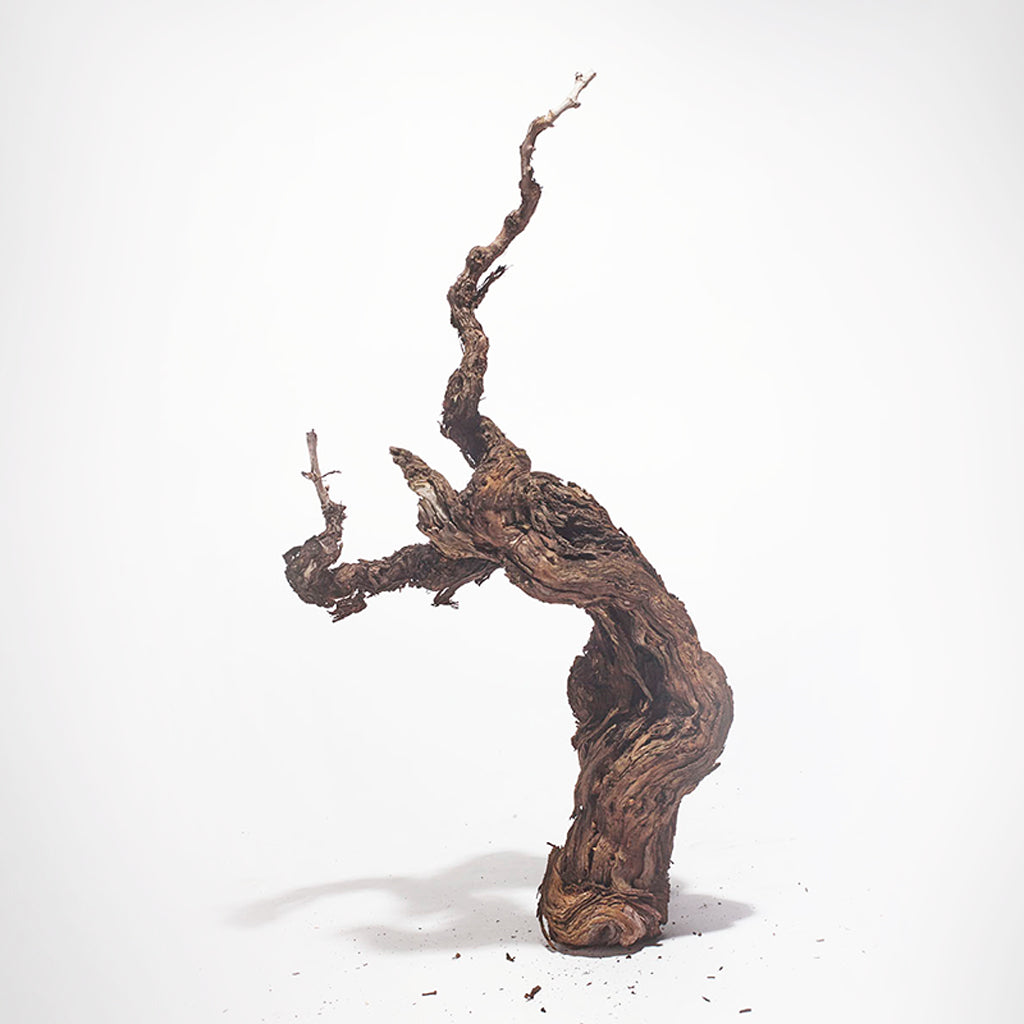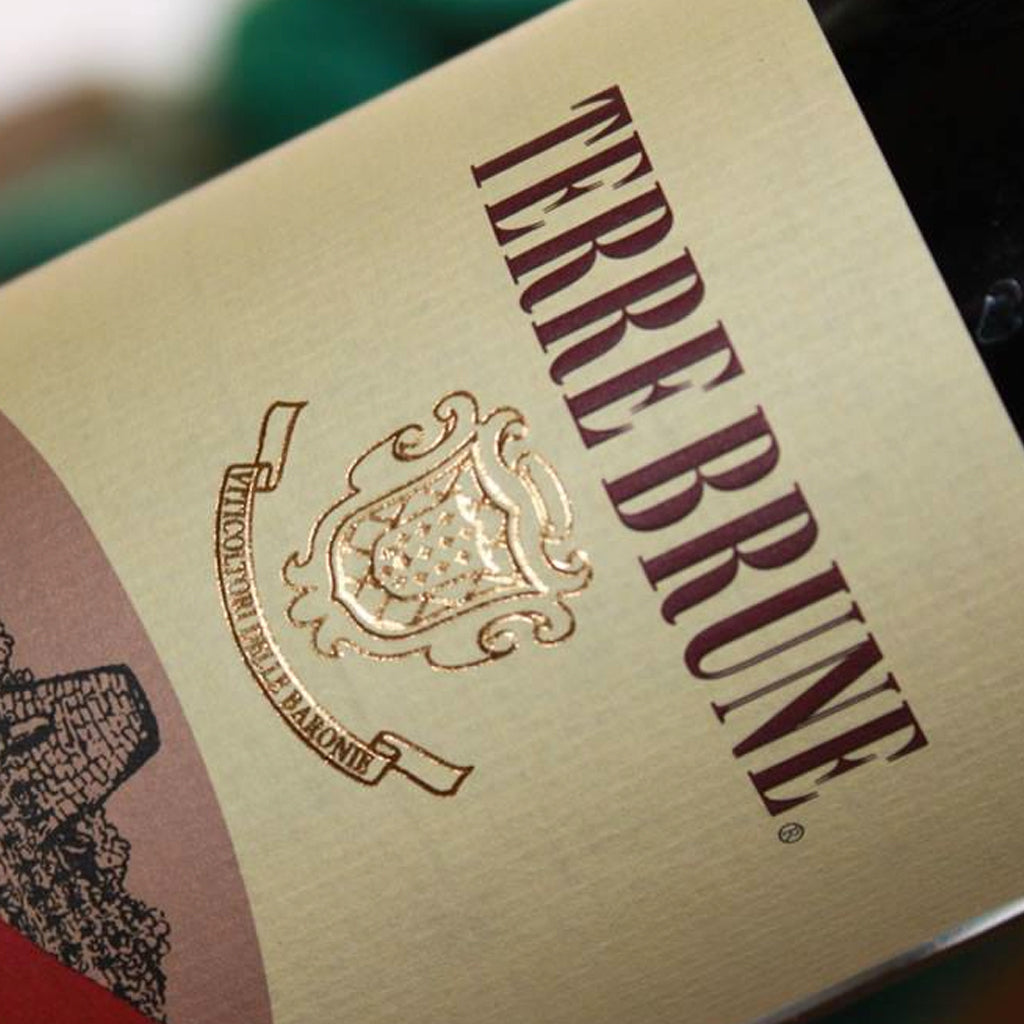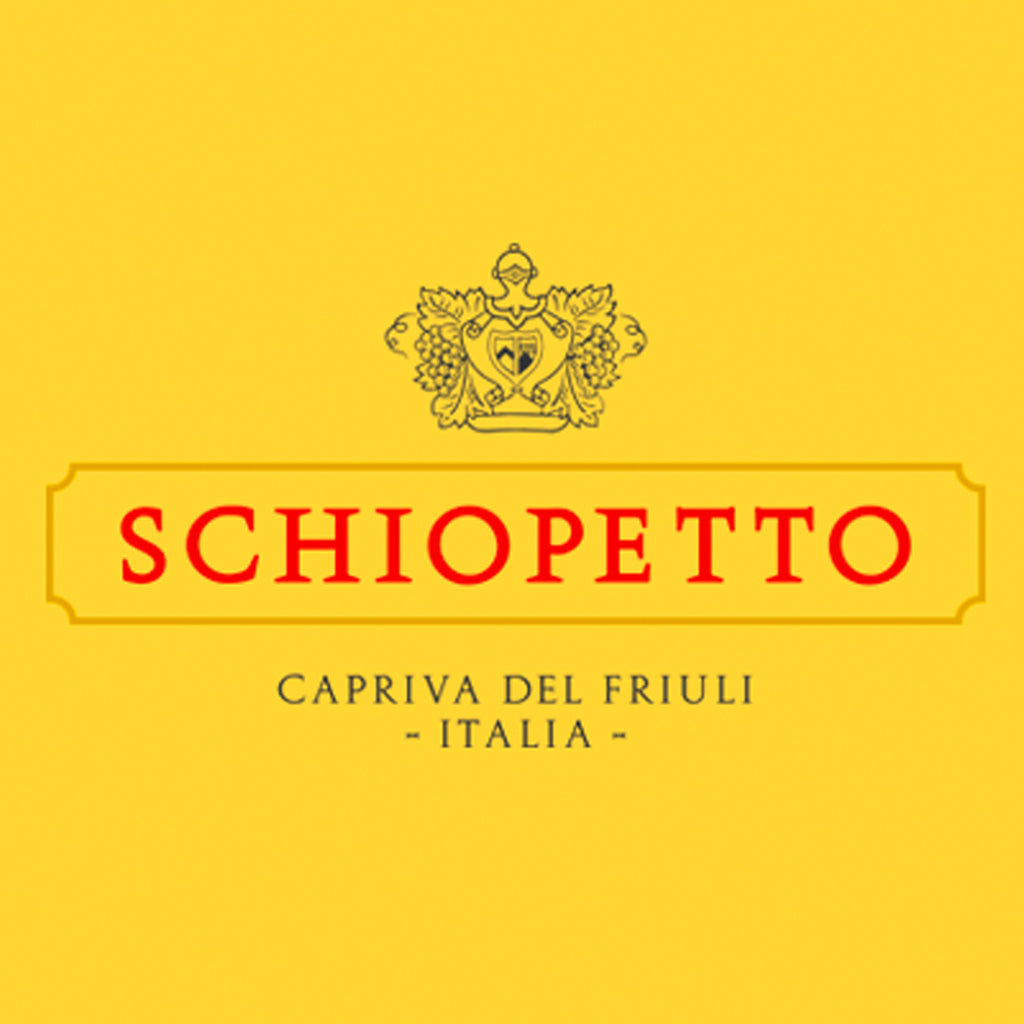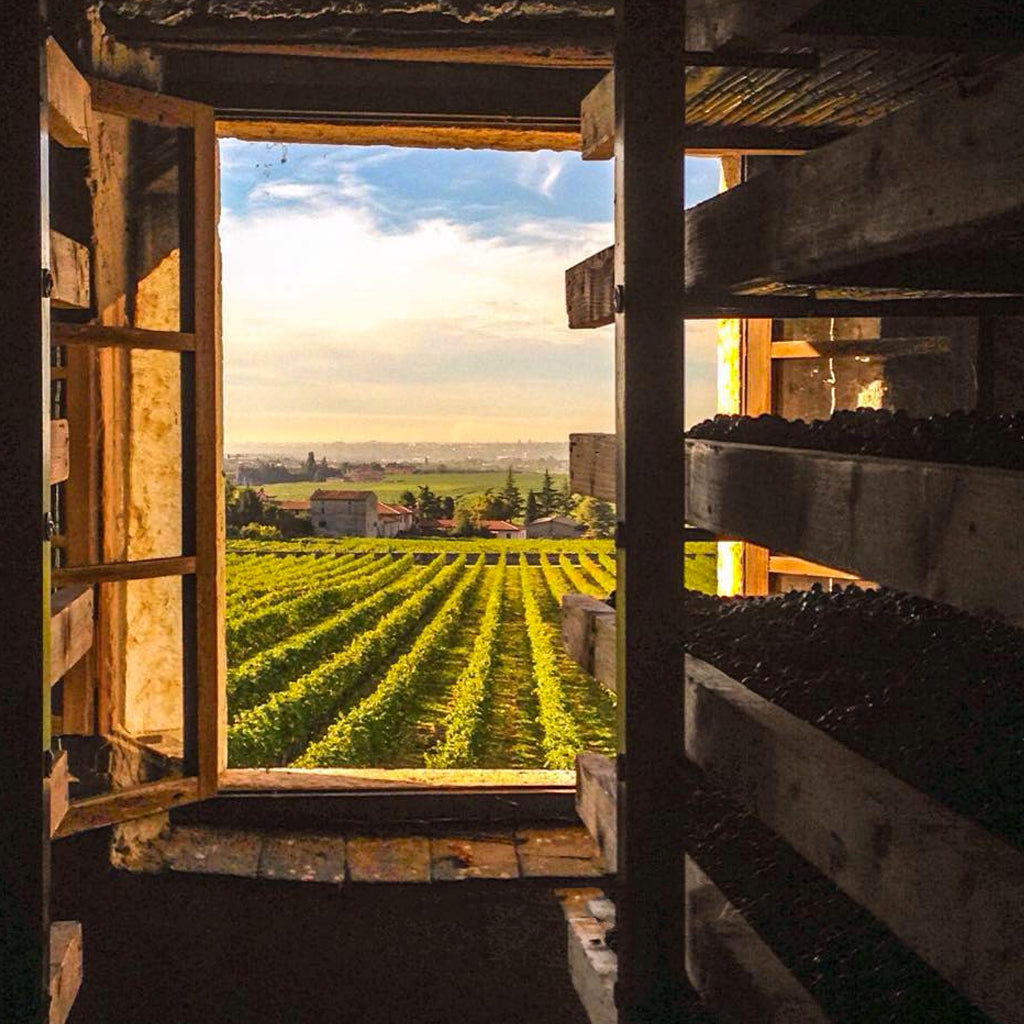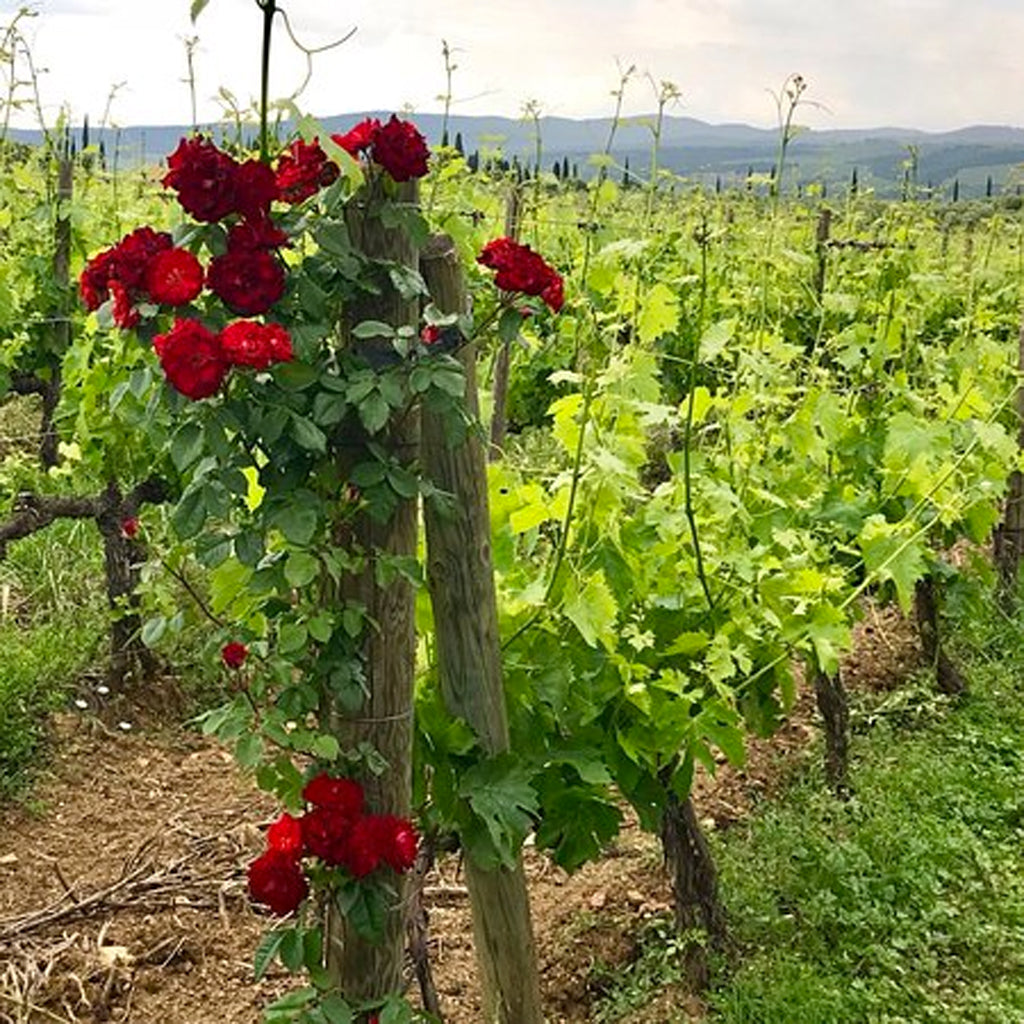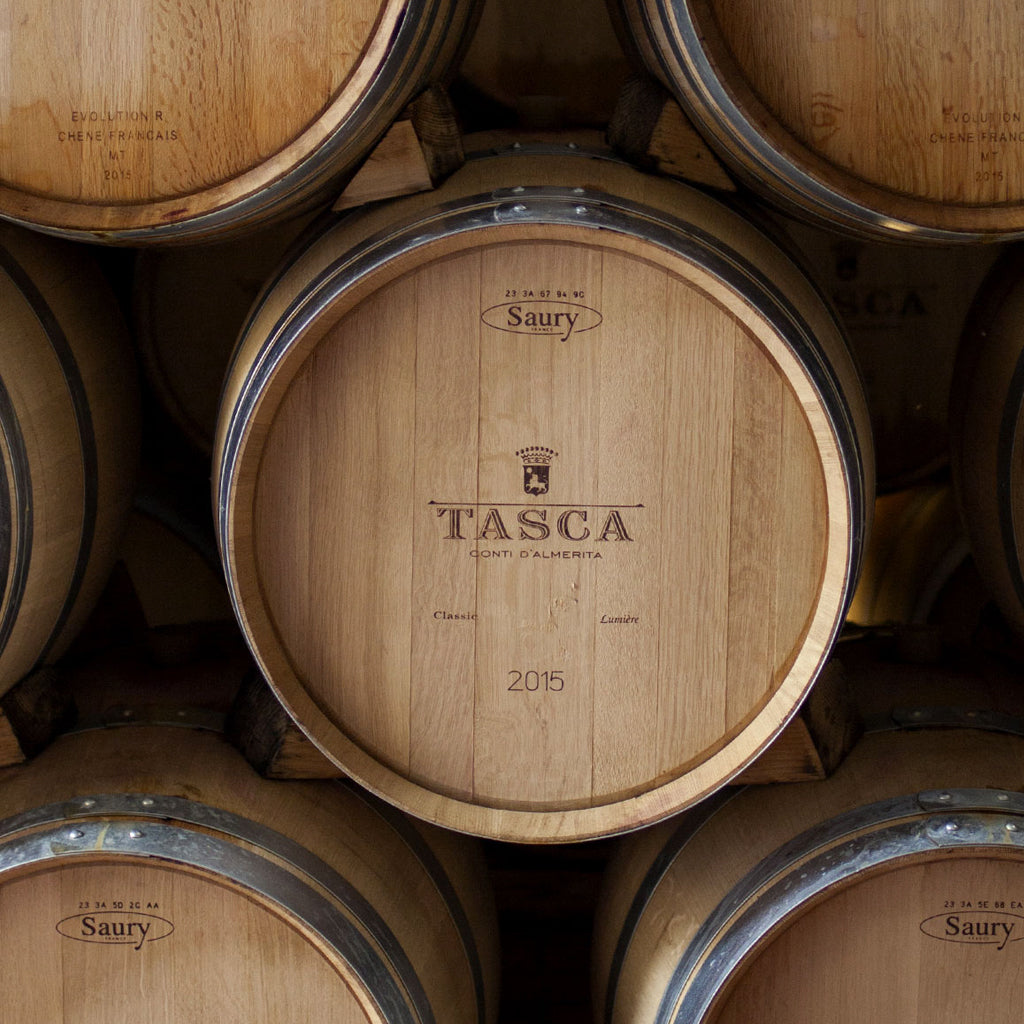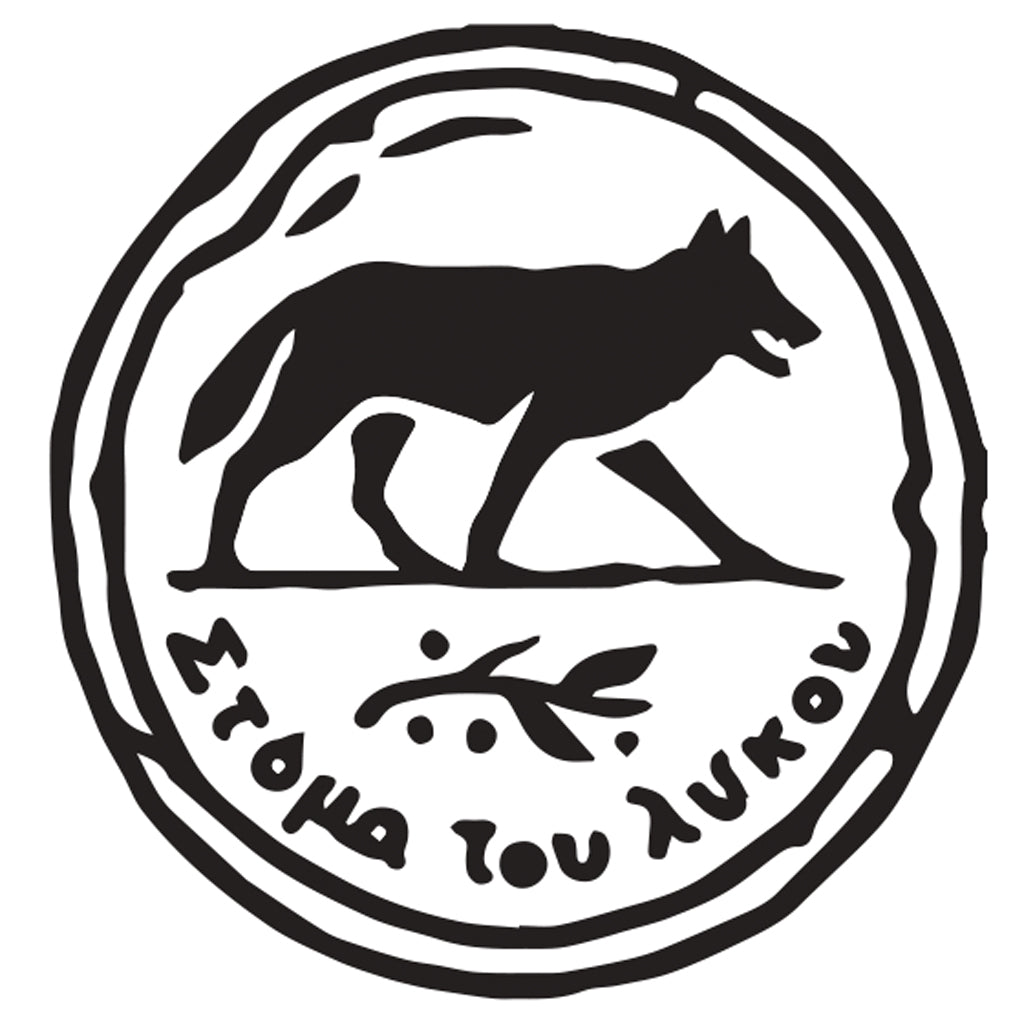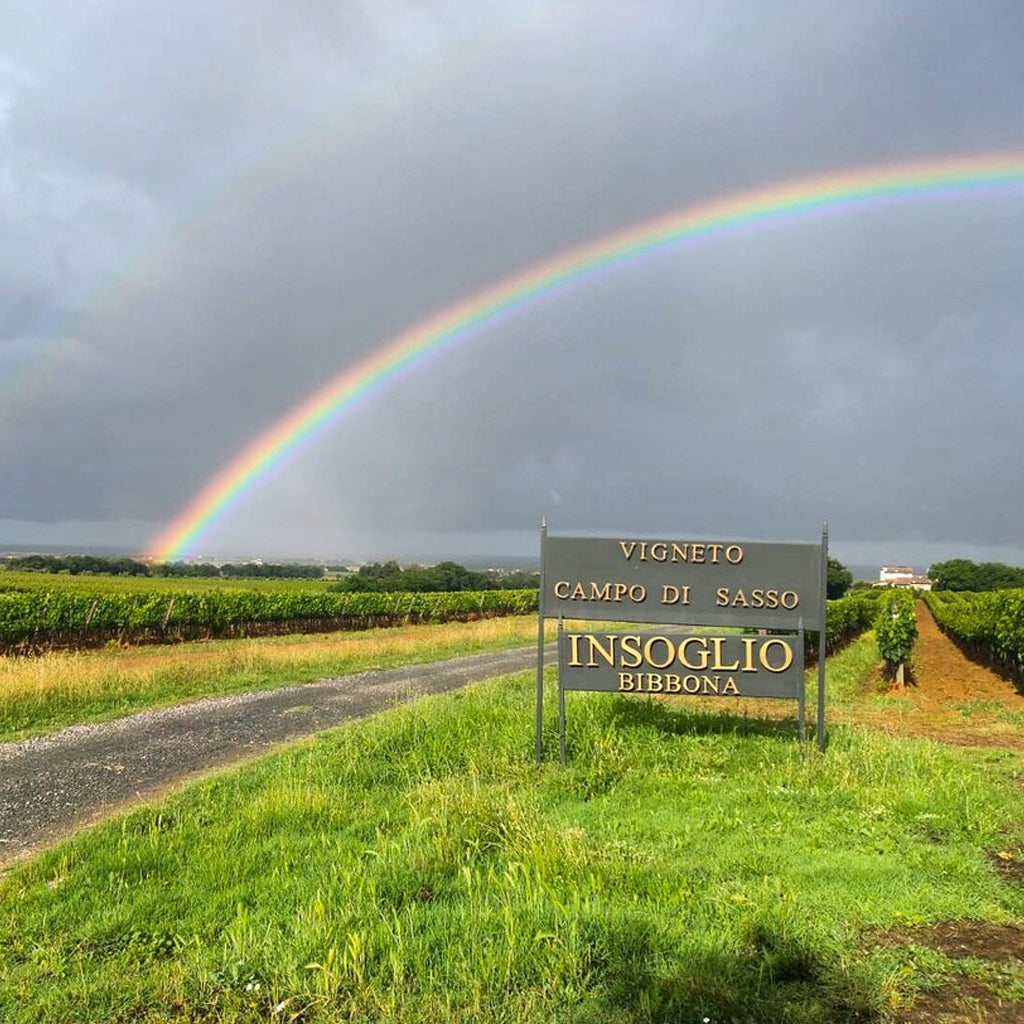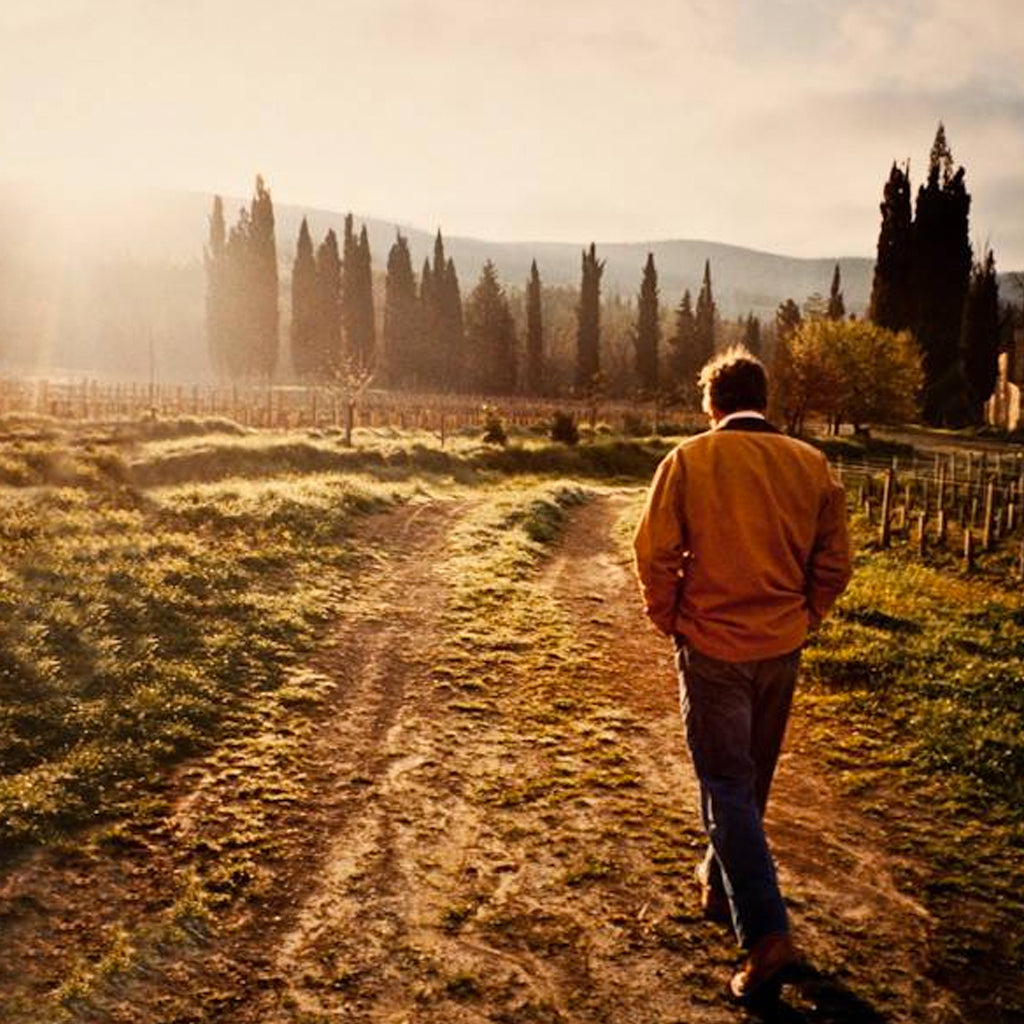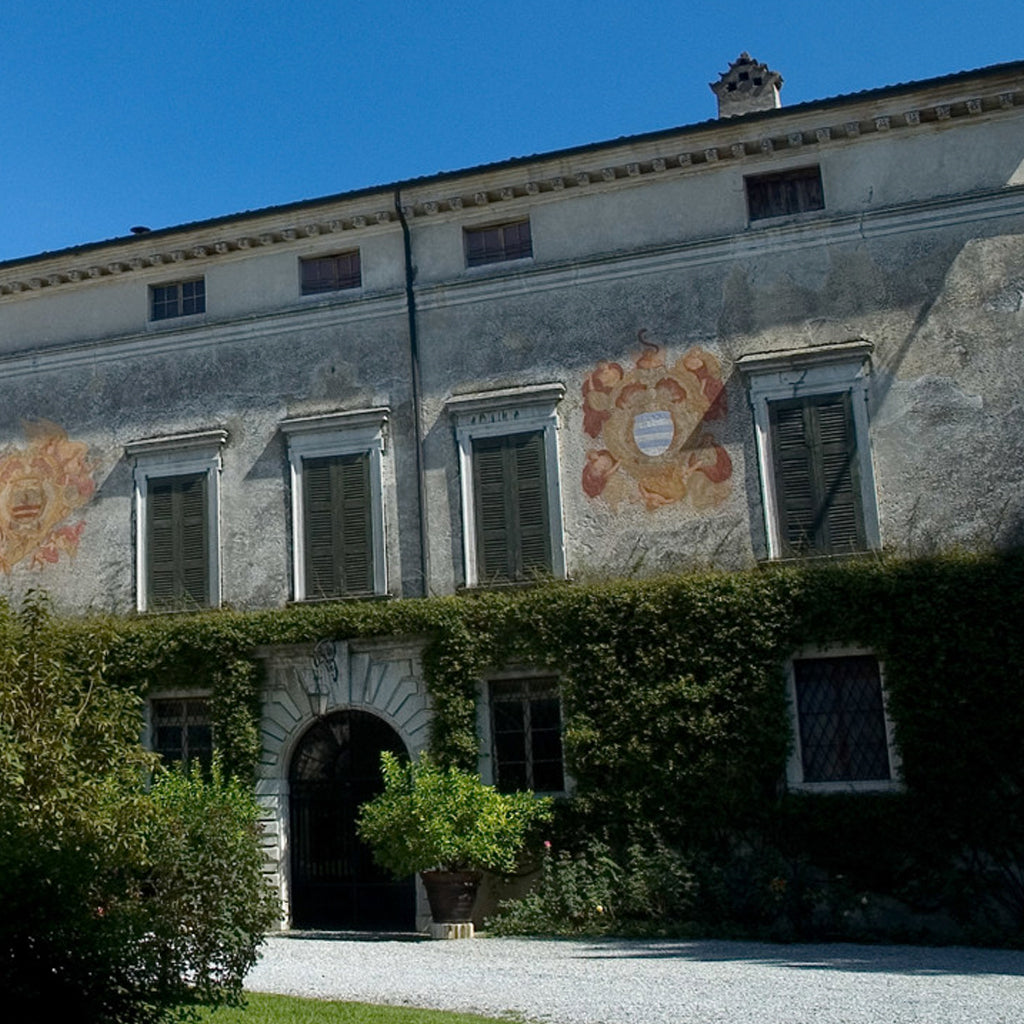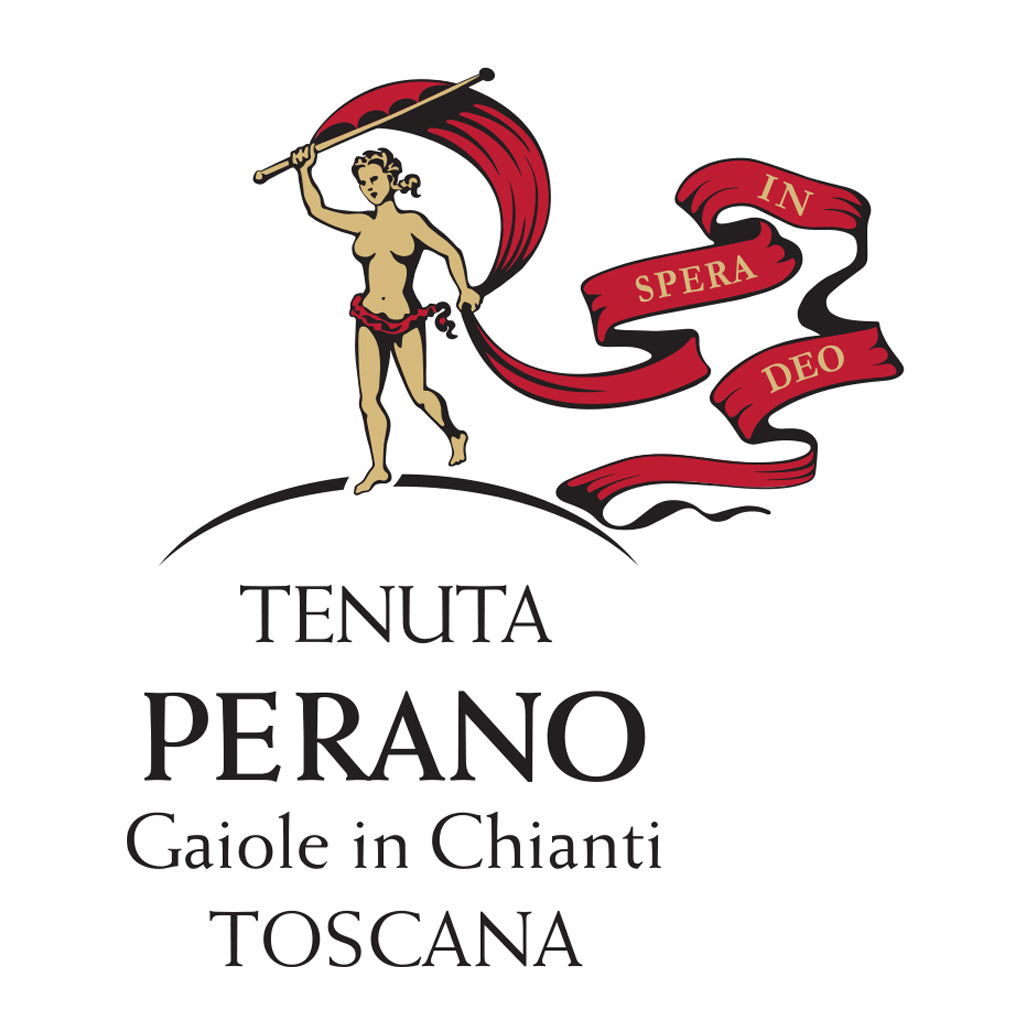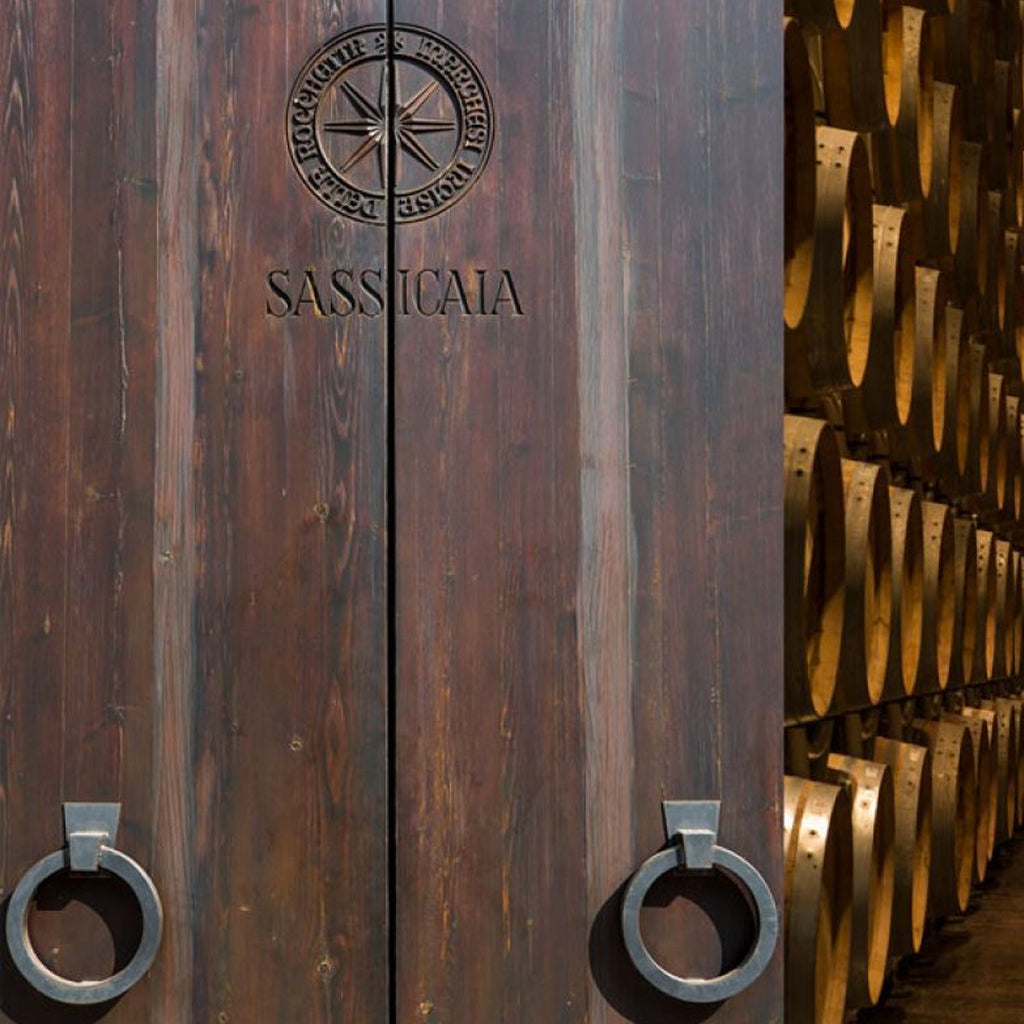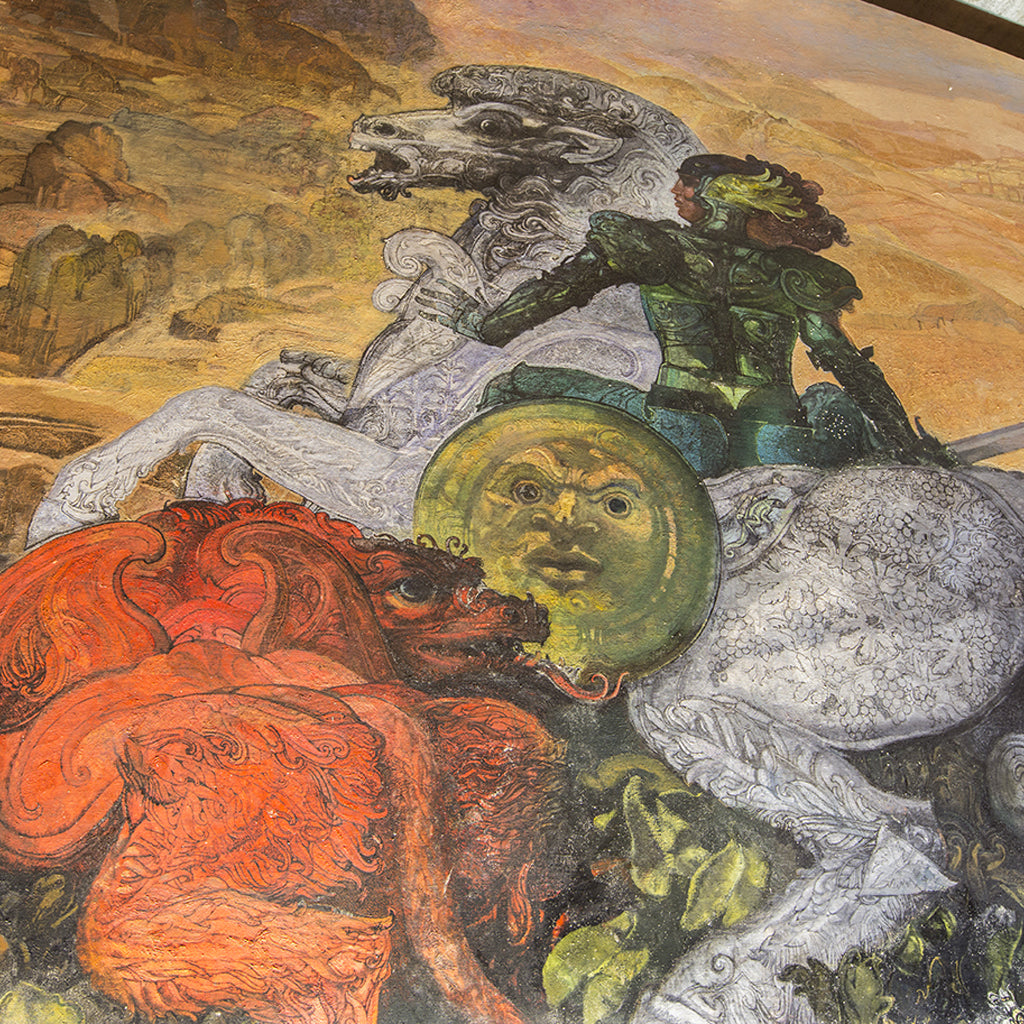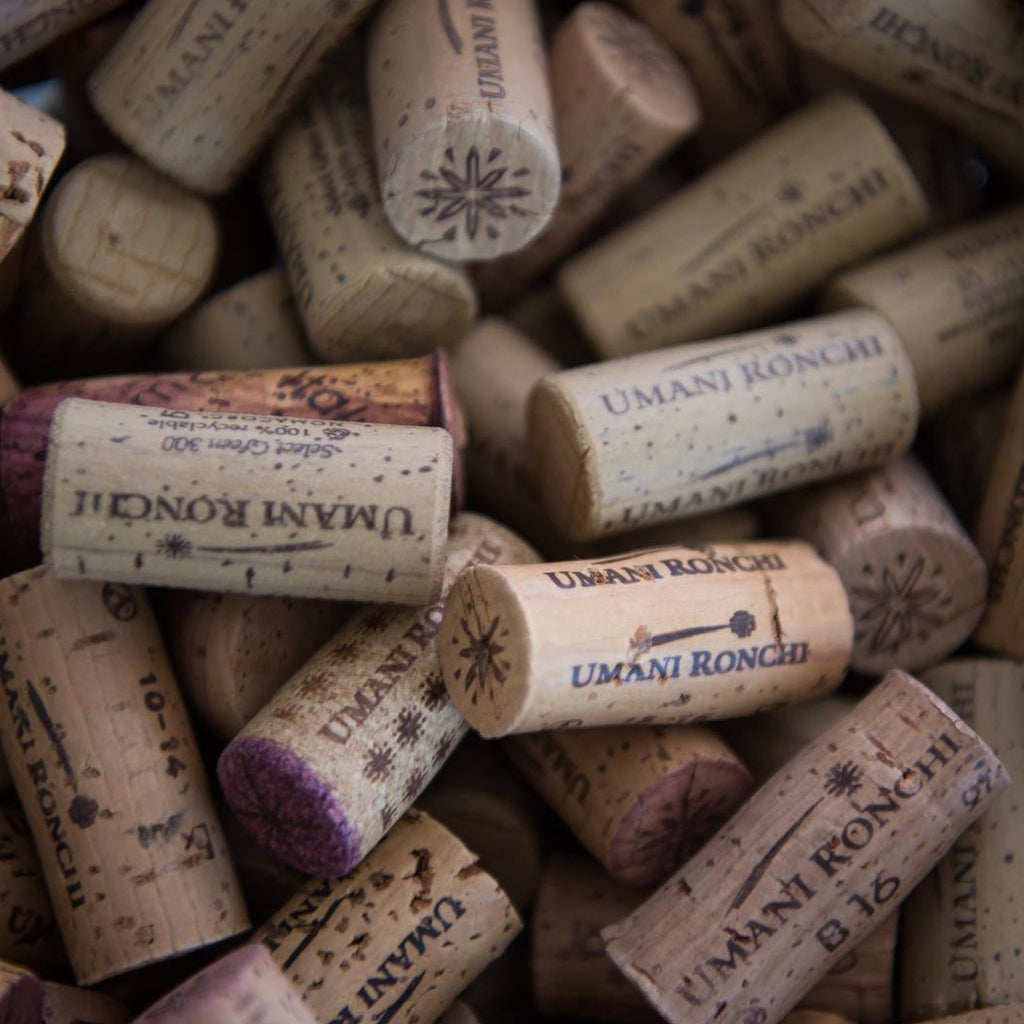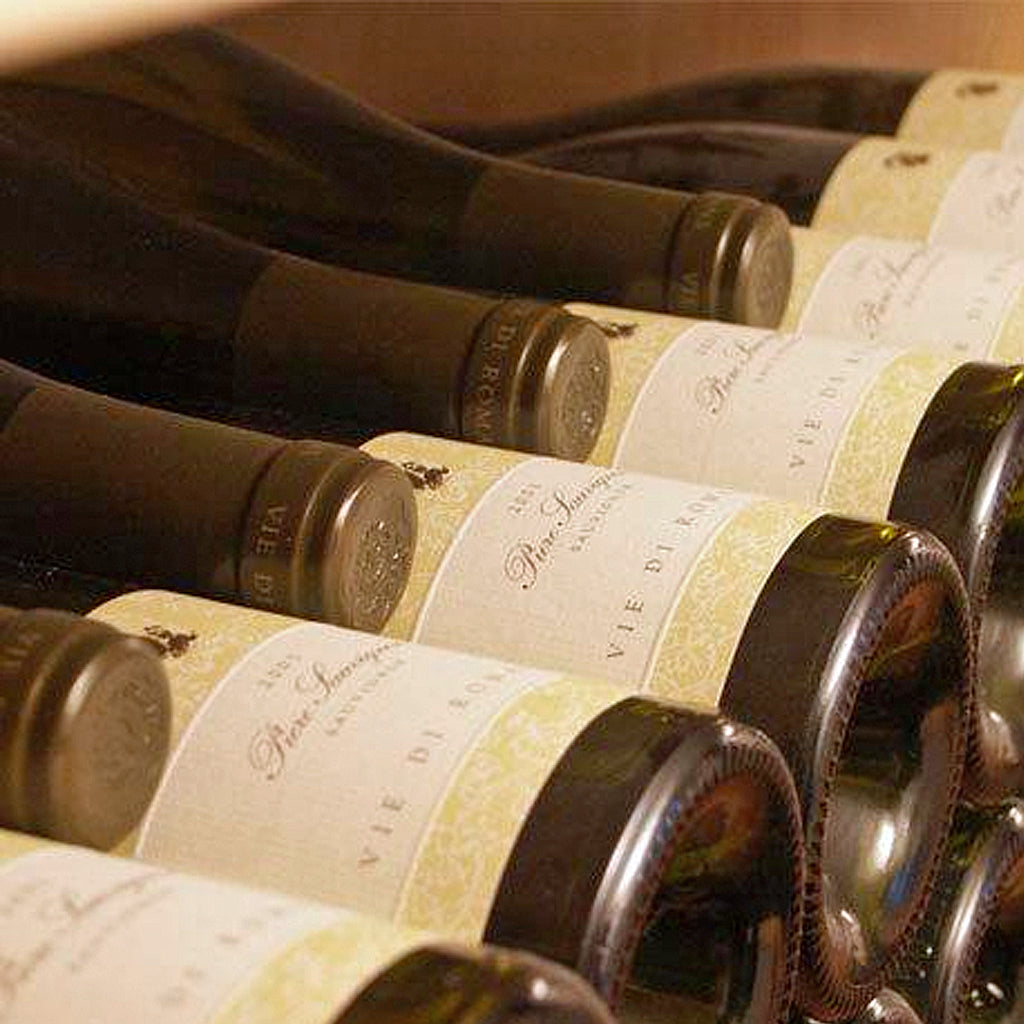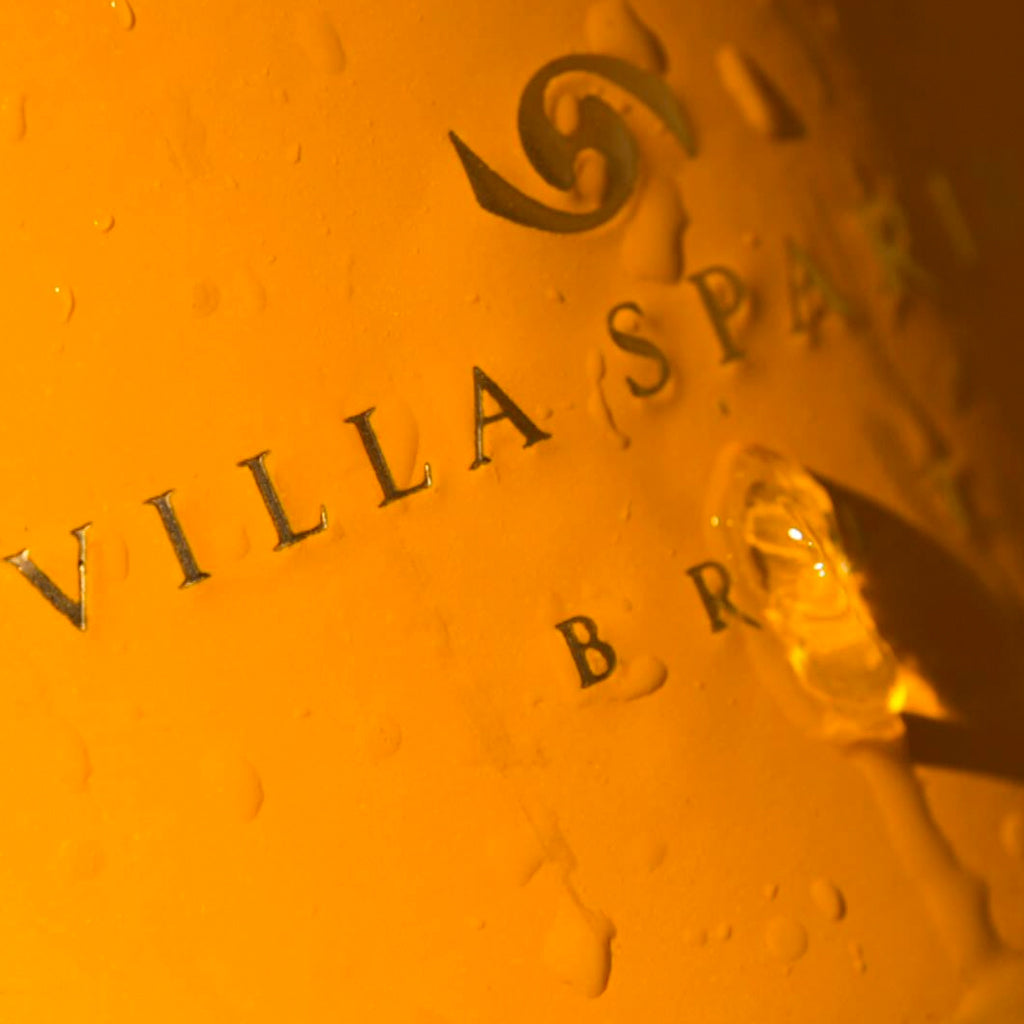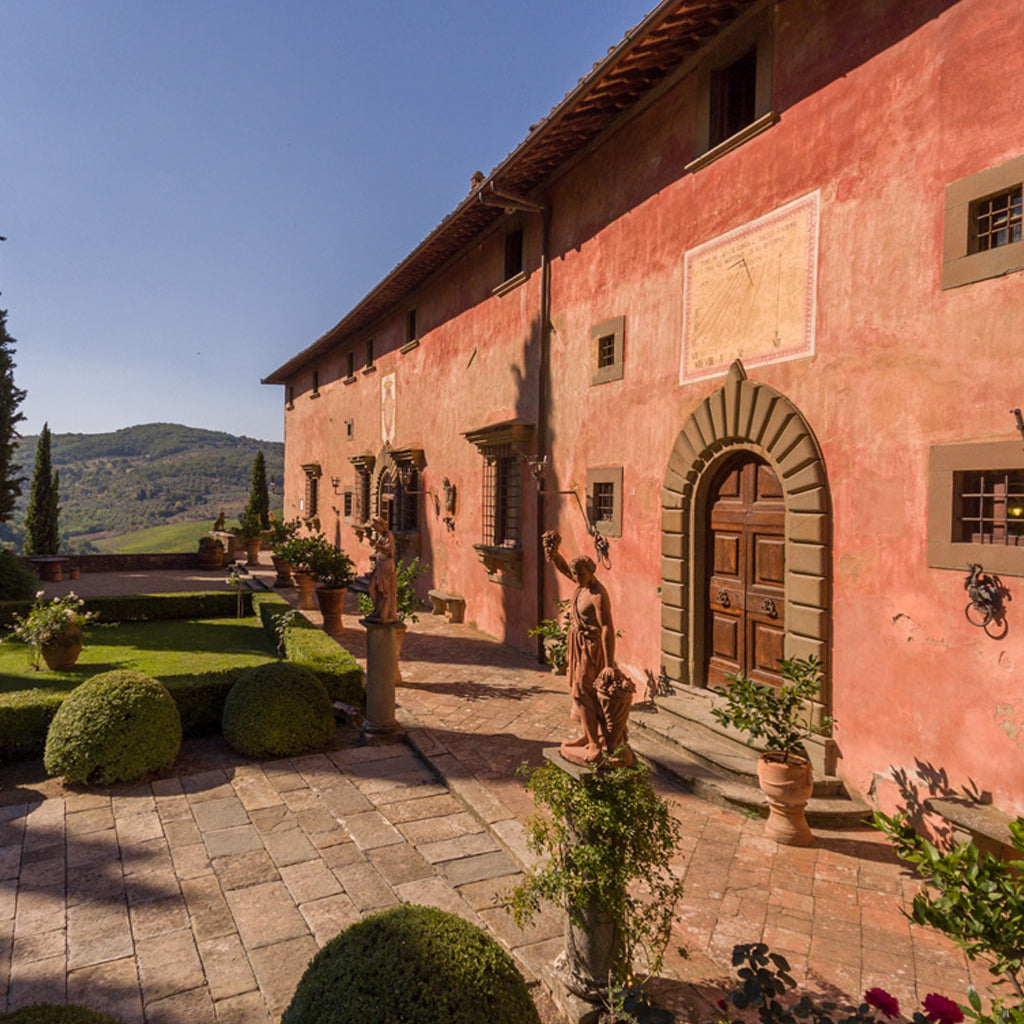ITALY

Italy vies with France for the title of the largest wine producing country, but no place else can match ‘il bel paese’ for diversity and individuality. The vine was first brought to Italy by the Greeks and Etruscans about 3,000 years ago, since when many of the grape varieties planted on the peninsula’s slopes (Italy is comprised of about 80% hills and mountains) have thrived.
They have been joined over the centuries by imported varieties to give a country that mixes the old and the new, the native and the imported, in a way that no other country in the world does. Combine this with the fact that Italian viticulture has improved markedly over the past two decades and you now have a country that is marching confidently into the future.
Vines are grown the full length of Italy, from the Alpine foothills in the north, to the southern tip of Sicily and in every kind of terrain, from beach, to mountain to volcano. These geographical variances, coupled with a myriad of local traditions, result in a wine culture of mind-boggling complexity. Additionally, with close to 400 indigenous grape varieties, Italy boasts the largest number of varieties in commercial production of any country in the world, while at the same time producing some very distinctive interpretations of international classics.
In the North of Italy the key fine-wines are to be found in Piemonte, particularly Barolo and Barbaresco wines made from the Nebbiolo grape that offer tremendous ageing potential of 20+ years. Additionally, the red wines from this region made from the Dolcetto and Barbera grape are also popular styles to be considered. The Veneto wine region - centred around Verona and Lake Garda in the northeastern corner of Italy forms part of the larger Tri-Veneto wine region along with its neighbours Friuli Venezia Giulia and Trentino-Alto Adige. It is here, the wines of Valpolicella Superiore Ripasso and Amarone are revered for their rich yet suave dried-fruit decadence, especially from the Corvina and Rondinella fruit grown in the hilly Classico villages.
Tuscany, in Italy’s Centre, is home to some of the country’s finest red wines made from the red Sangiovese grape; these can be found either in the regions brilliant Chianti Classico’s, the reserved yet extremely fine Vino Nobile di Montepulciano’s, or the more full-bodied wines of Brunello di Montalcino, all of which are capable of ageing up to 20 years at least.
Across the Appenines, on the eastern seaboard of Italy, it is the white Verdicchio grape of the Marche which shines bright, with some excellent examples being produced that are capable of remarkable bottle age development. Further south on the Adriatic coast, the Abruzzo wine region, serves up some great white wines made from the Trebbiano d’Abruzzo grape and the unctuous brambly reds of the Montepulciano d’Abruzzo grape; both of which are capable for 10+ years cellaring. Over the border from Abruzzo is the land-locked region of Umbria, famous for the white wines of Orvieto made from the Grechetto grape and also the fantastic Châteauneuf-du-Pape-like red wines made from the Sagrantino di Montefalco grape.
In southern Italy it is the indigenous red wine grape of Aglianico that is worth seeking out; also known as the ‘Nebbiolo of the South’ on account of its noble elegance, natural balance and prodigious potential for further development once in bottle. The contrasting styles of this variety can be discovered by enjoying examples from the regions of Basilicata and Campania. Located in the heel of Italy, Apulia, or Puglia as it is also referred as, is home to the full-bodied and luscious red wines made from the Primitivo grape, that share more than a fleeting resemblance to California’s Zinfandel grape.
Italy's southernmost wine region, Sicily, is the largest island in the Mediterranean and in terms of quantity, is one of Italy's most important wine producing regions. The principle grape varieties are a combination of indigenous island varieties such as: Nero d’Avola, Grillo, Carricante and Nerello Mascalese, alongside more fashionable international grape varieties. Sardinia is the second largest island in the Mediterranean and the range of grape varieties planted here bear little resemblance to those in any other Italian wine region. Varieties of French and Spanish origin are more common including widespread plantings of Grenache (Cannonau), Carignan and Cabernet Sauvignon.
From the well-known to the obscure and the traditional to the pioneering, our diverse selection of Italian red, white and sparkling wines offers tremendous potential for experimentation and exploration for the avid wine drinker.
Our Producers
Explore Wines
From£43.00
From£20.00
£79.00
£86.00
From£29.00
From£95.00
From£22.50
From£14.75
From£16.00
- ←
- →



